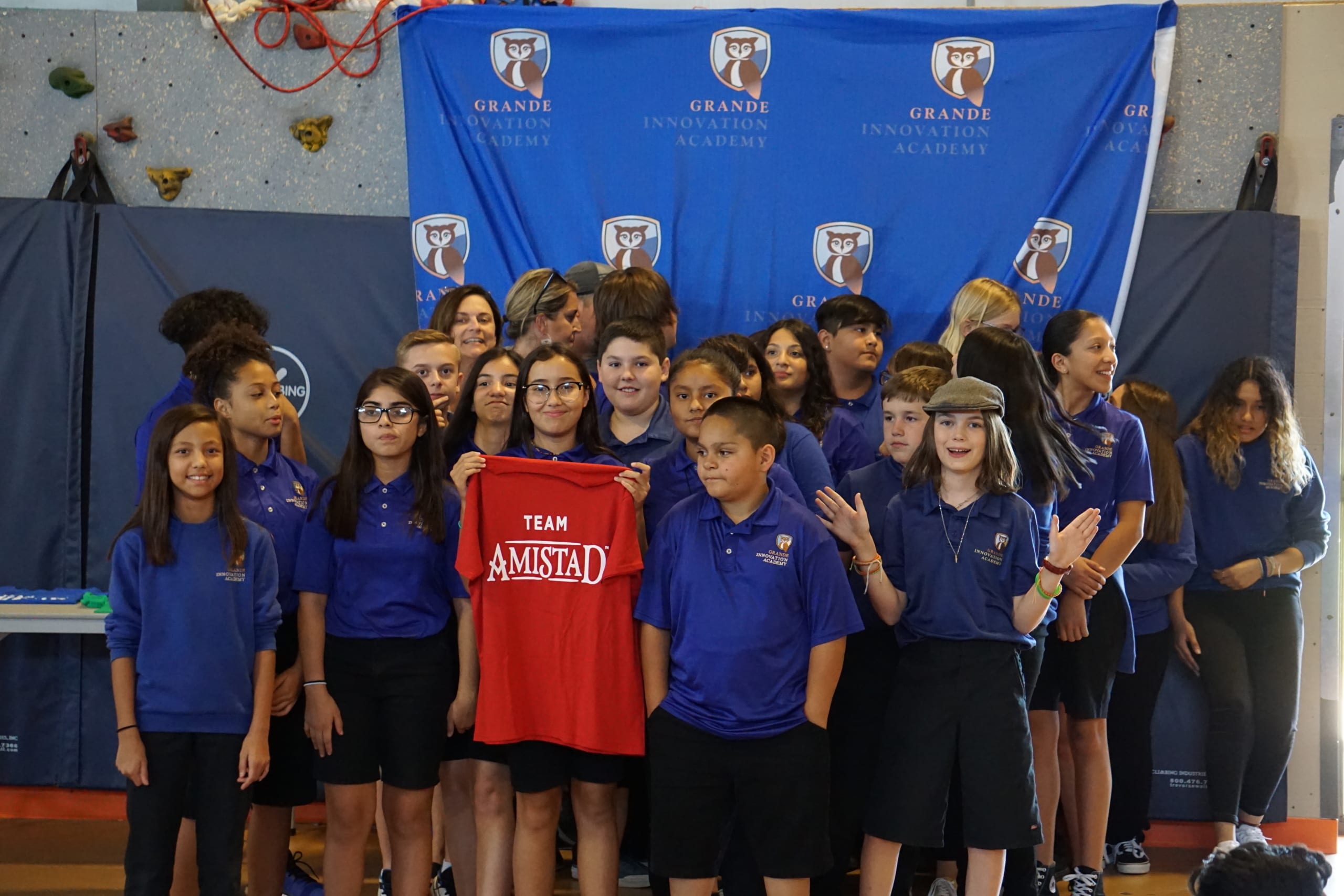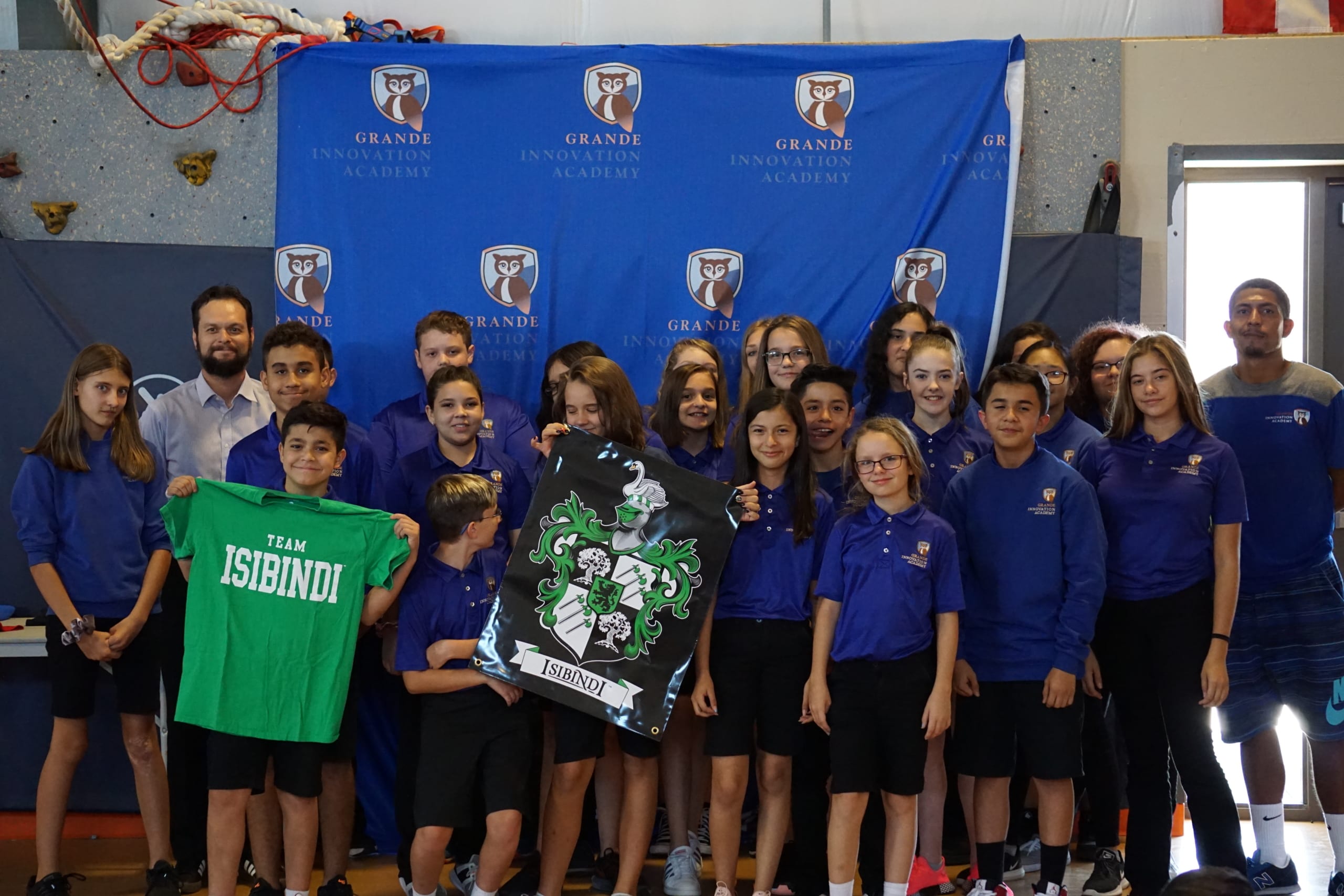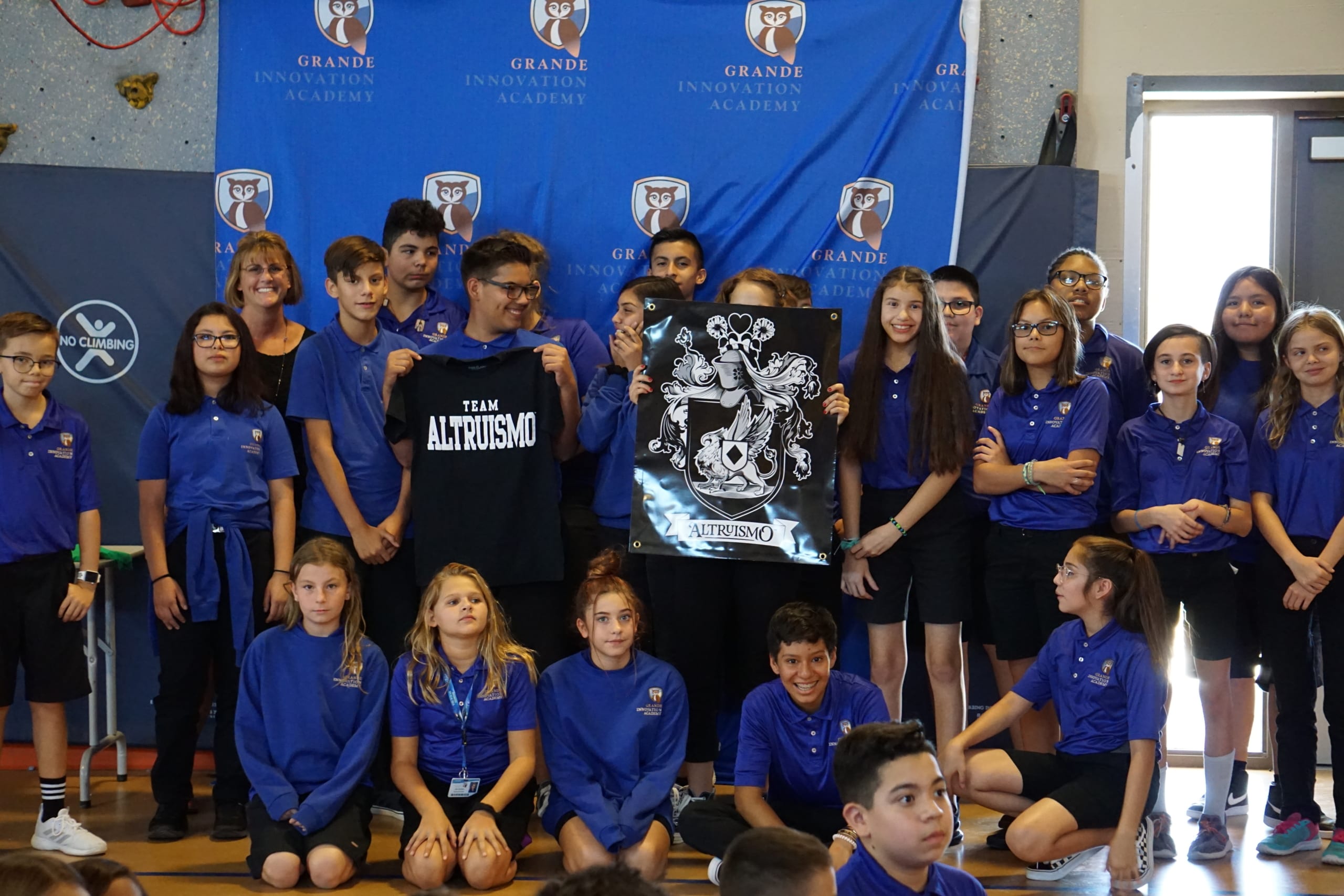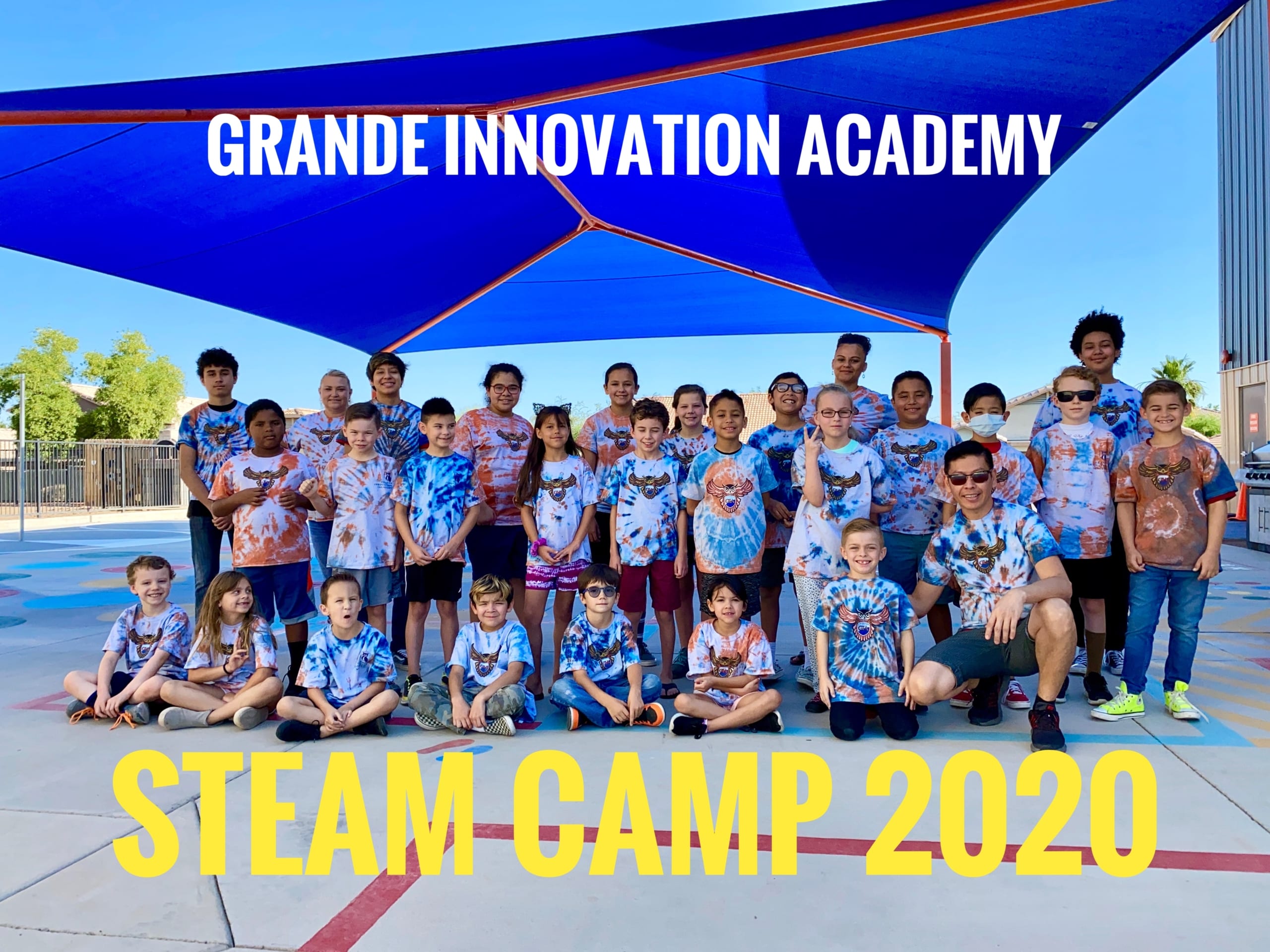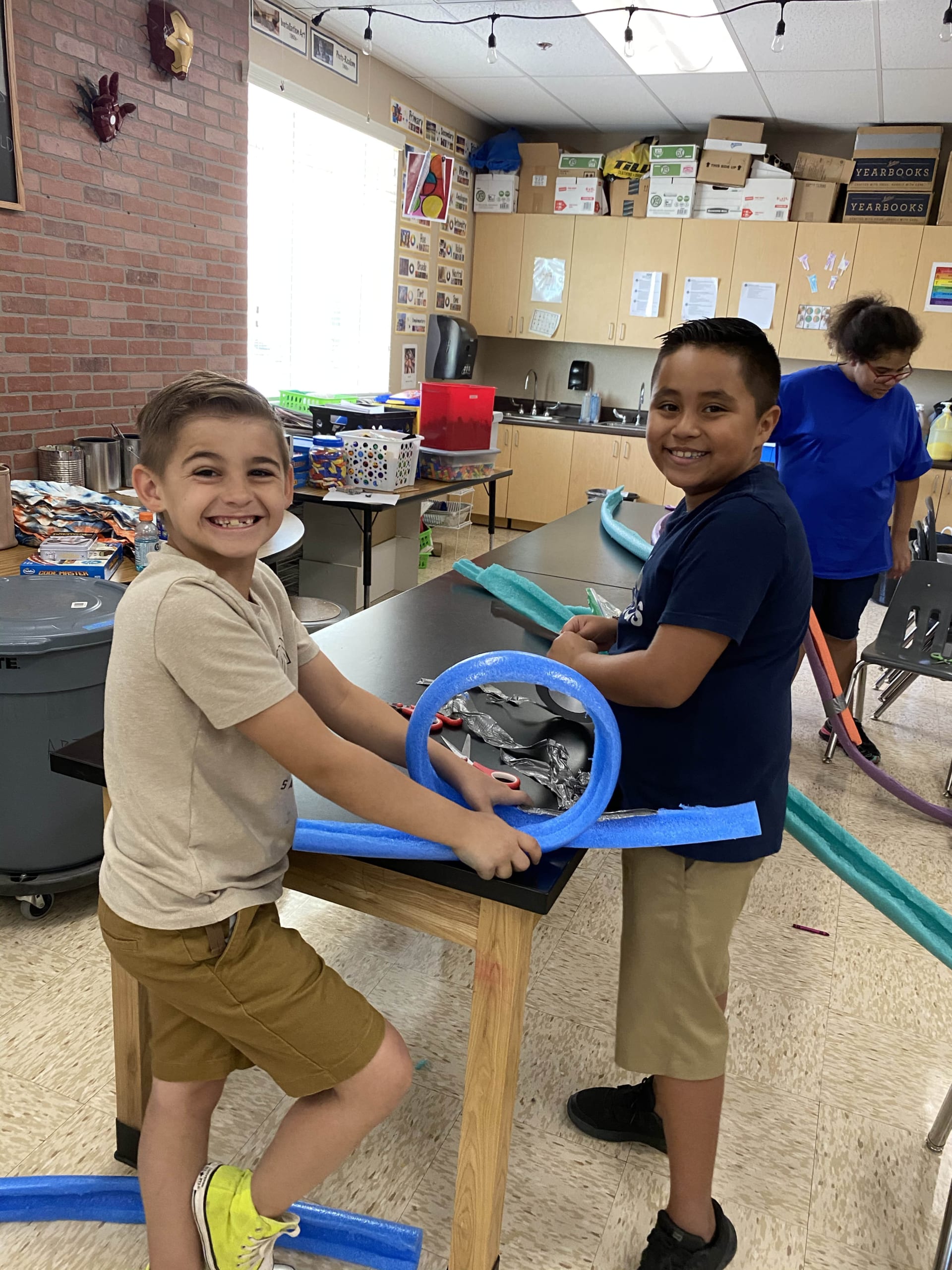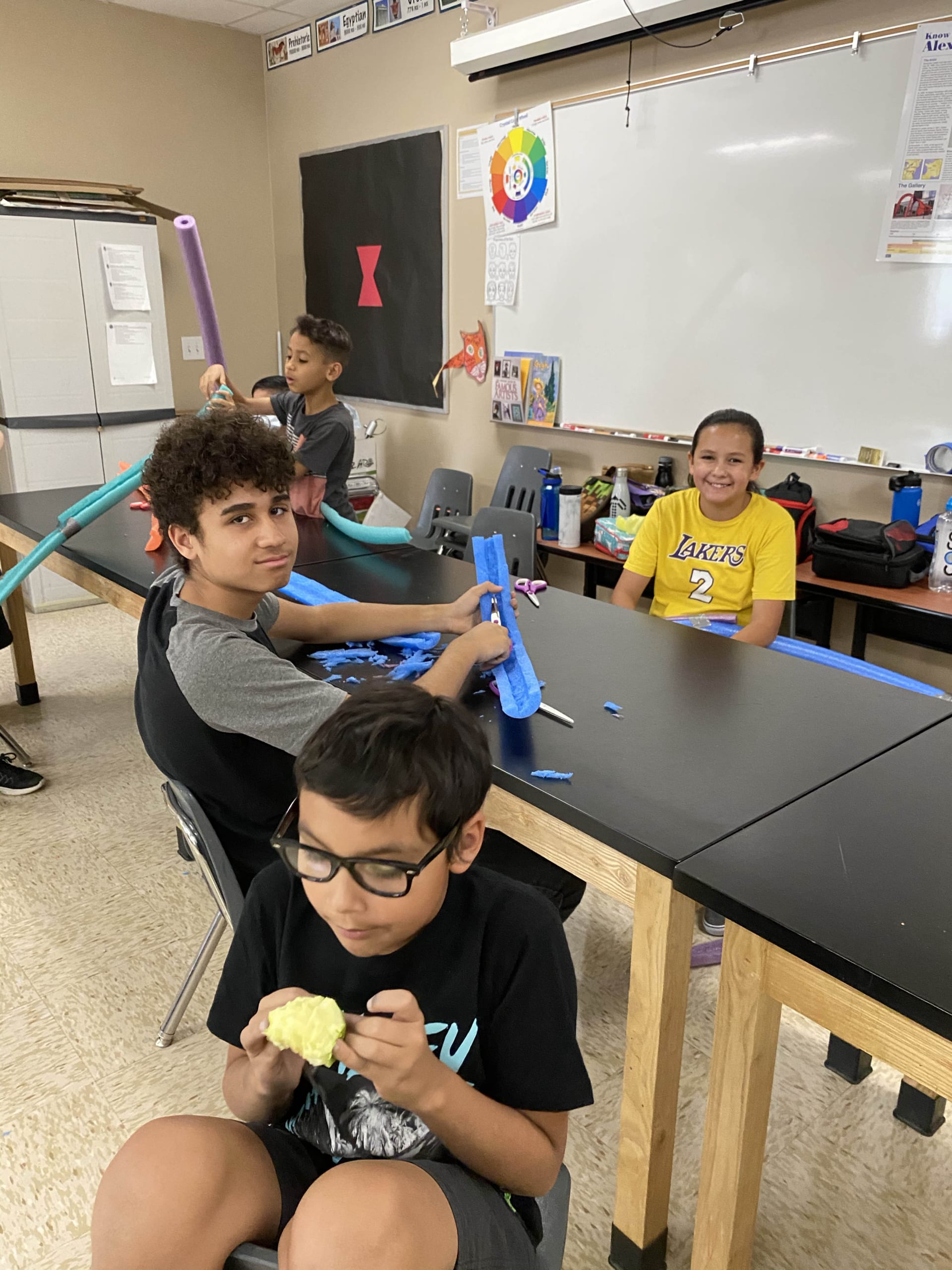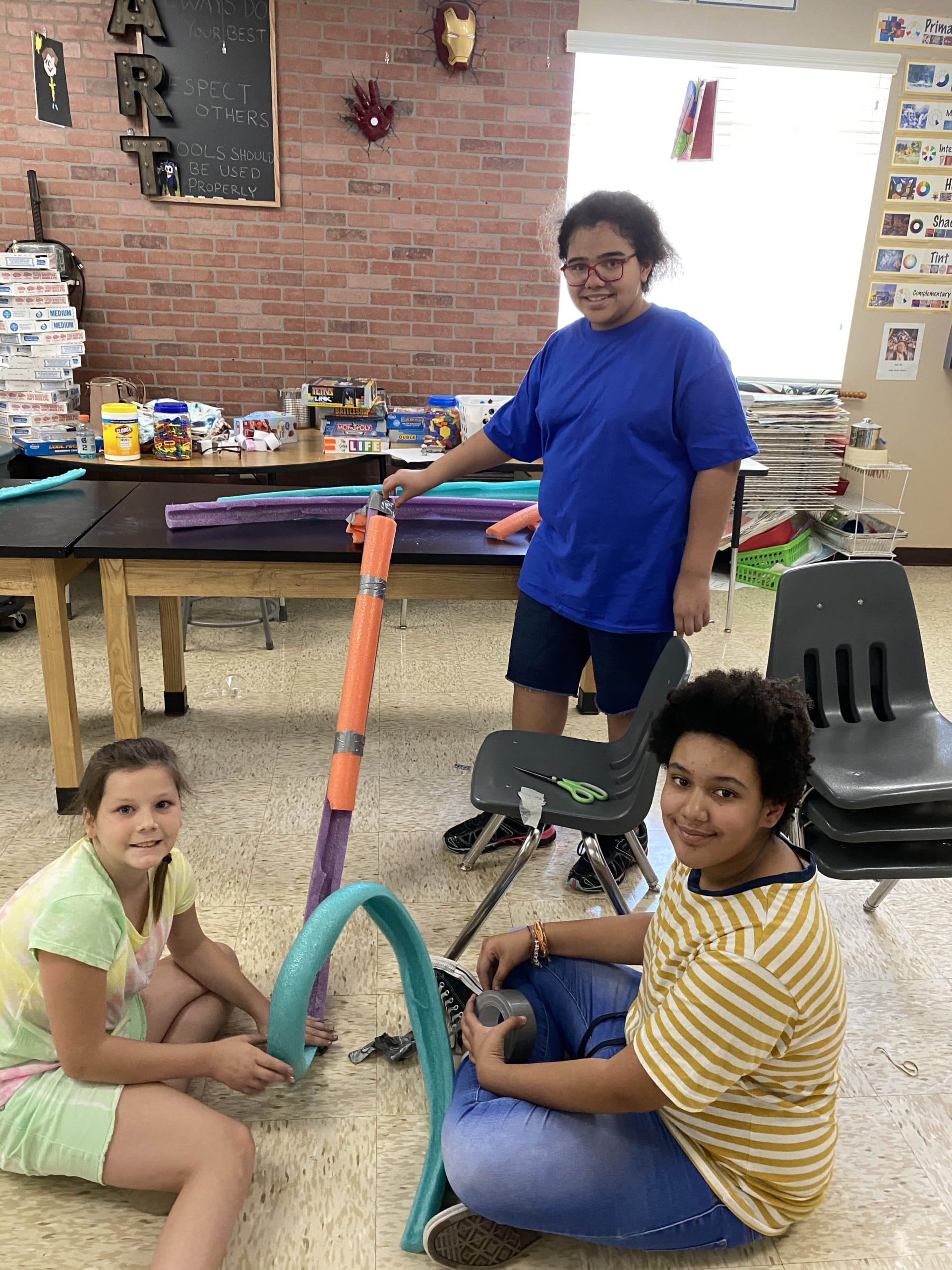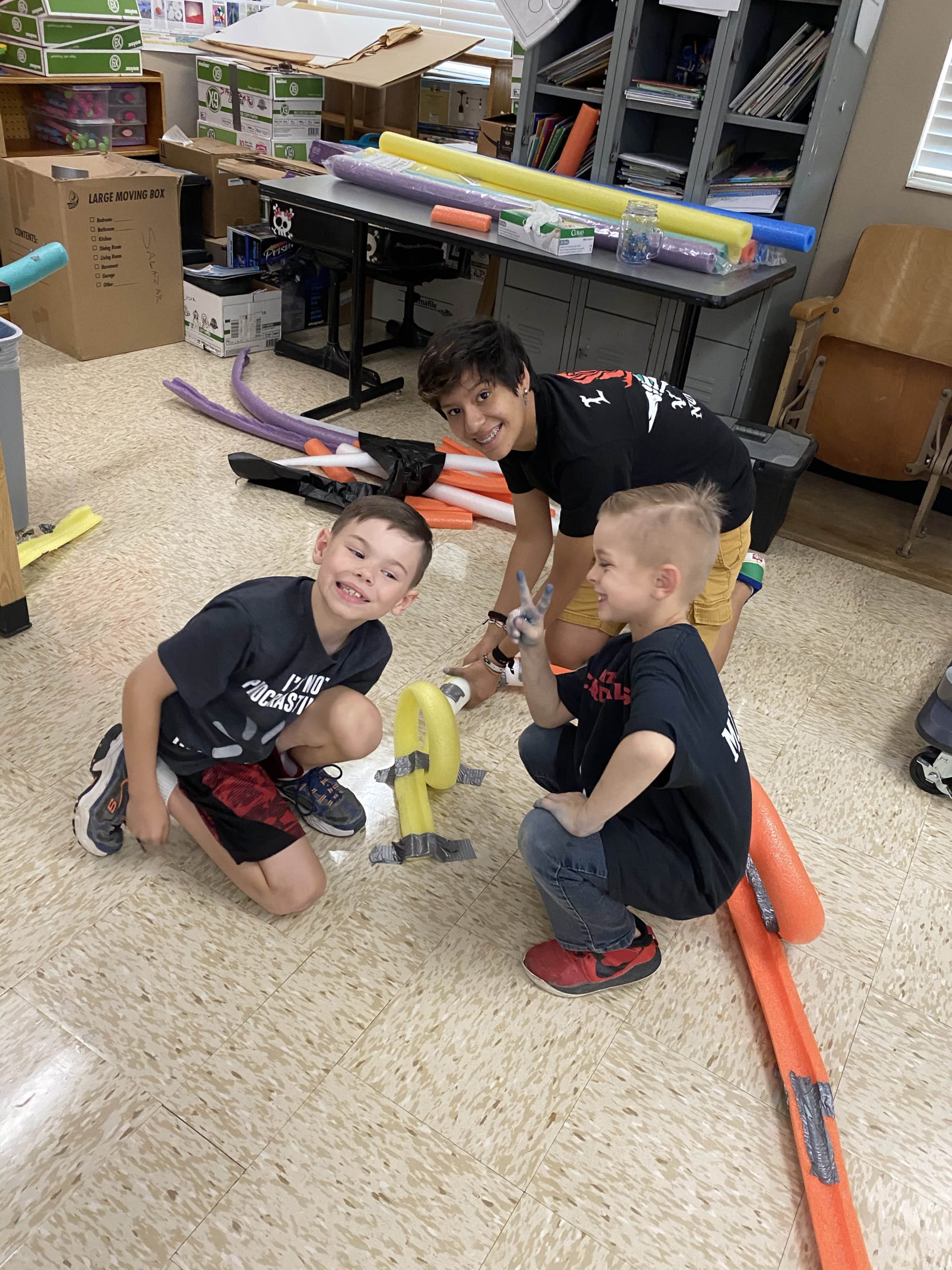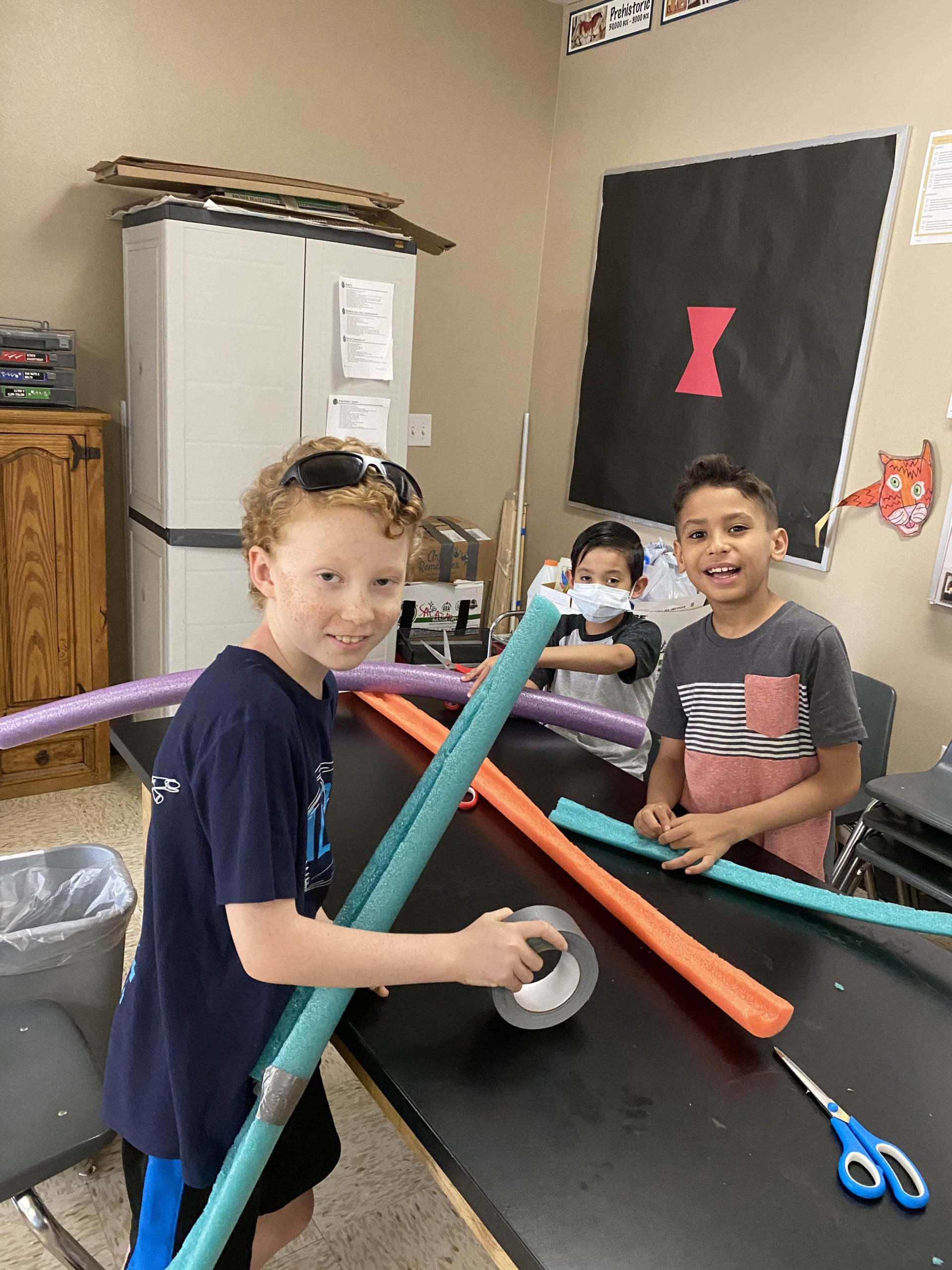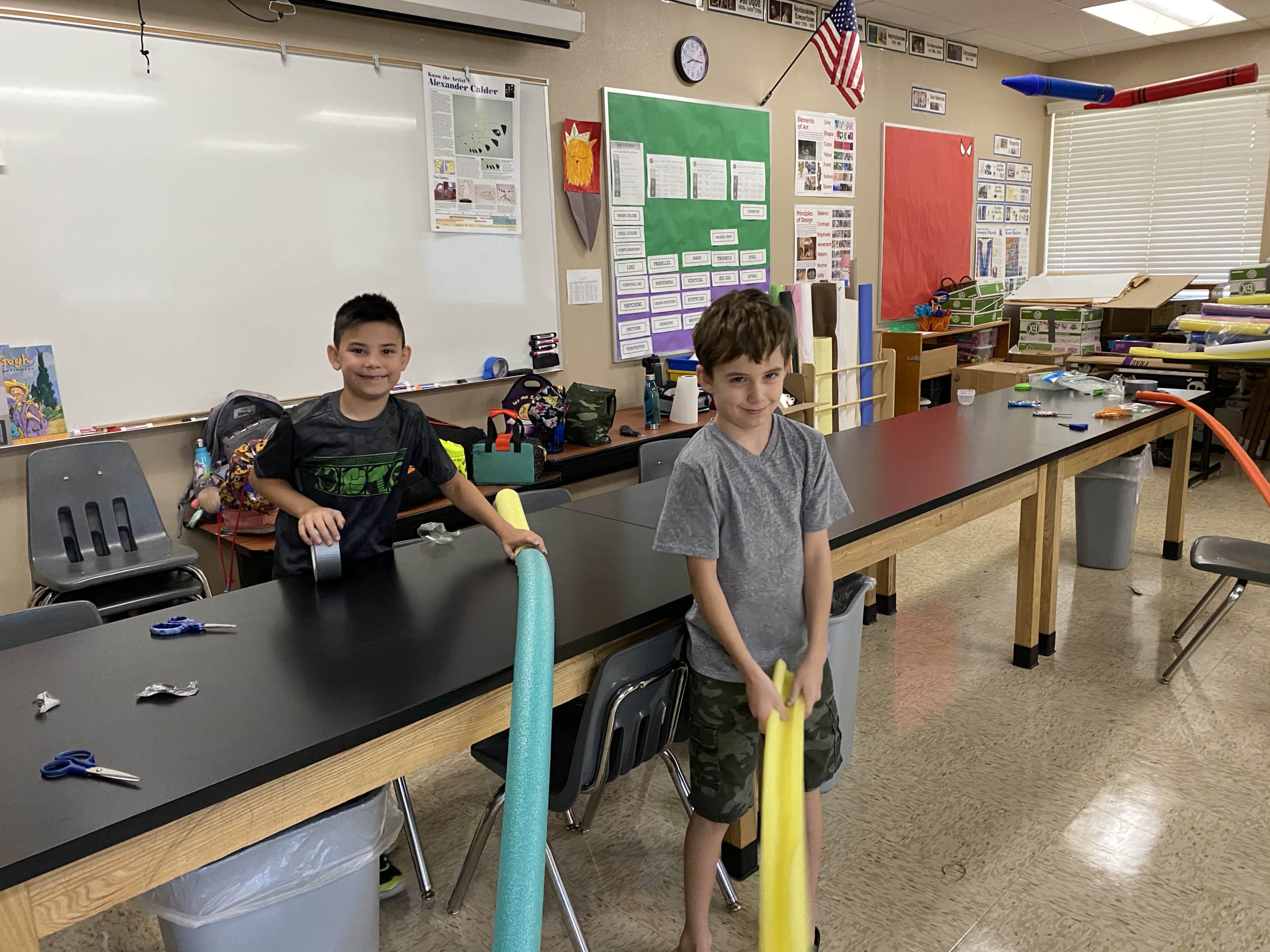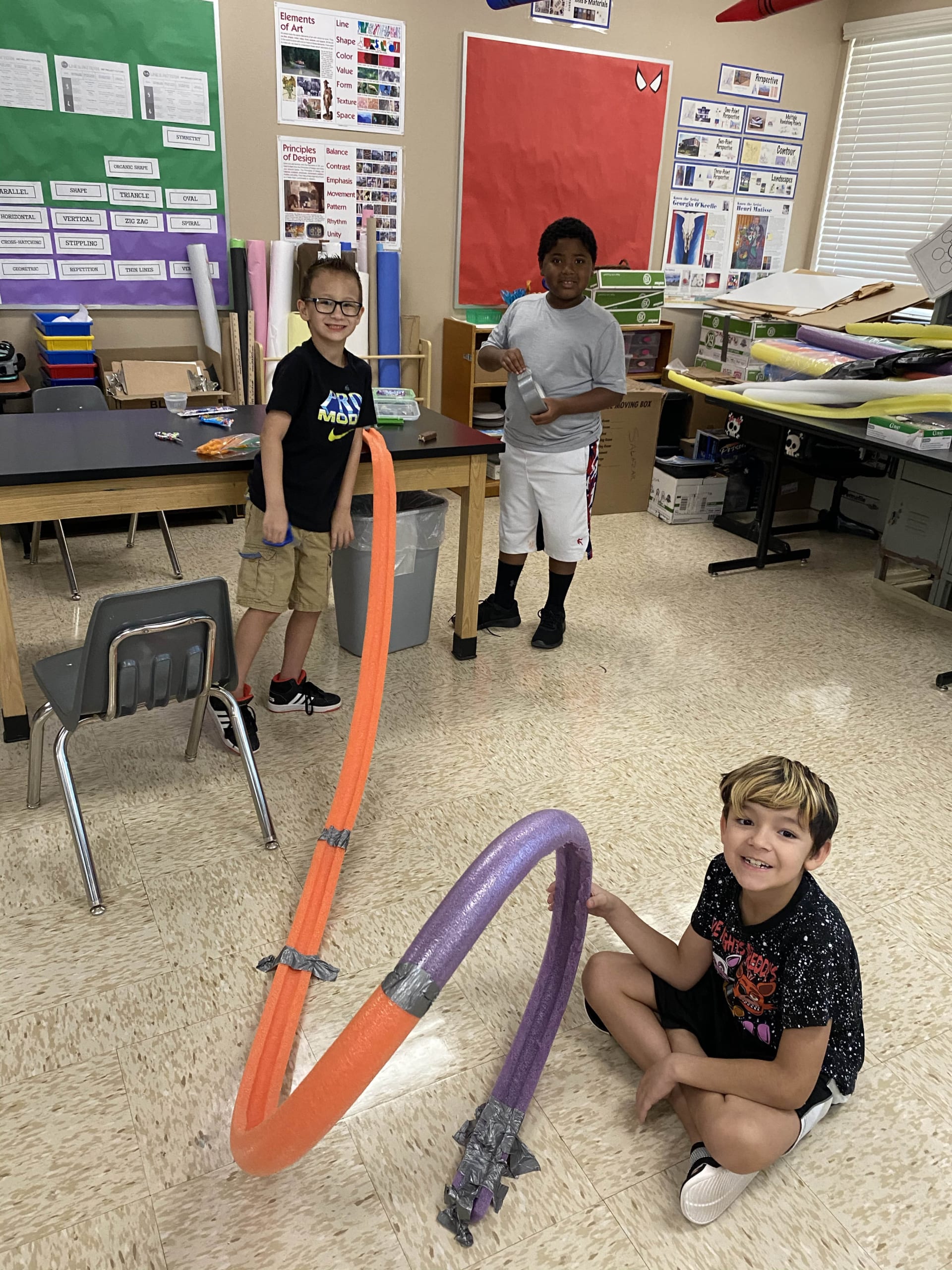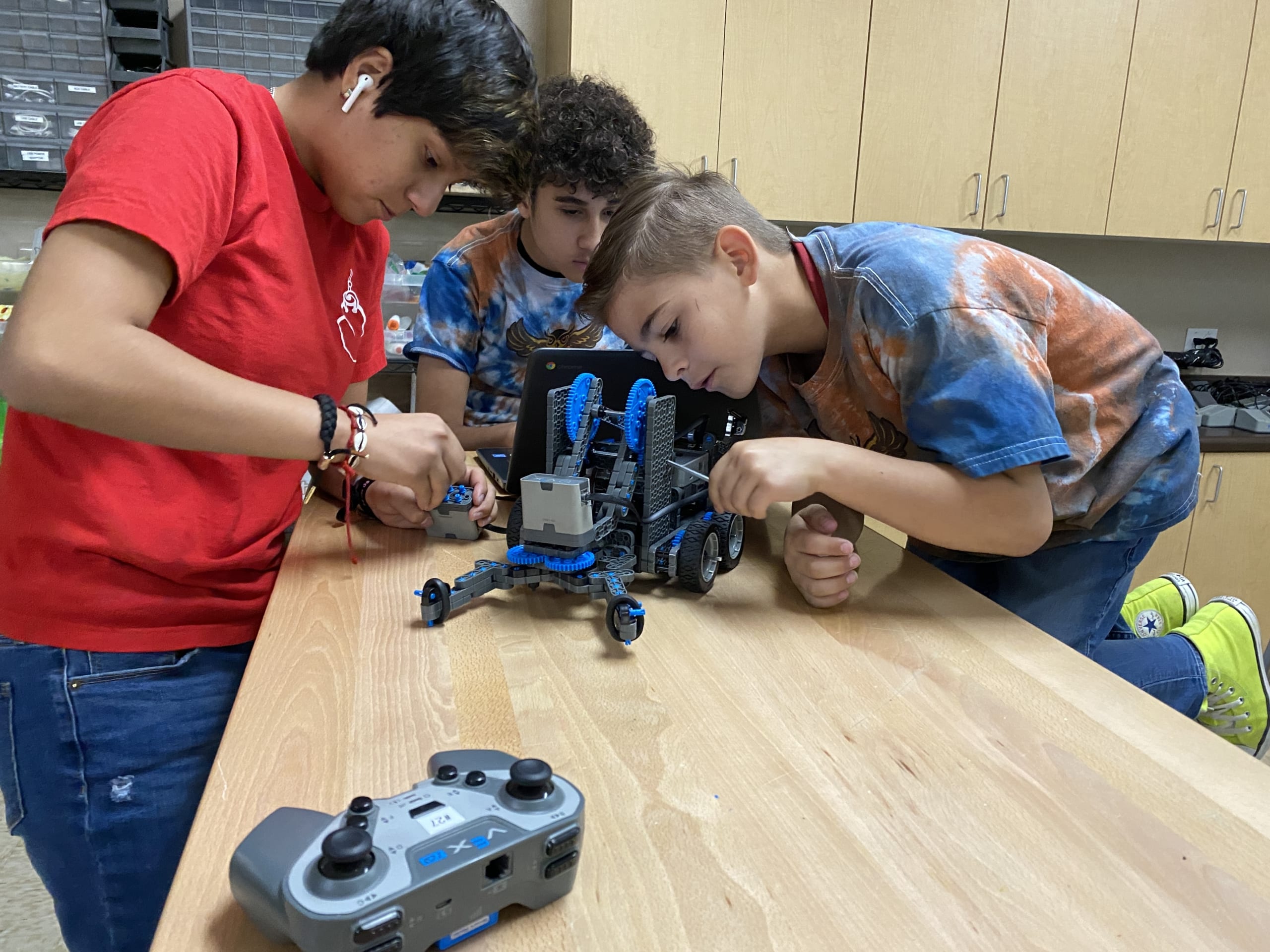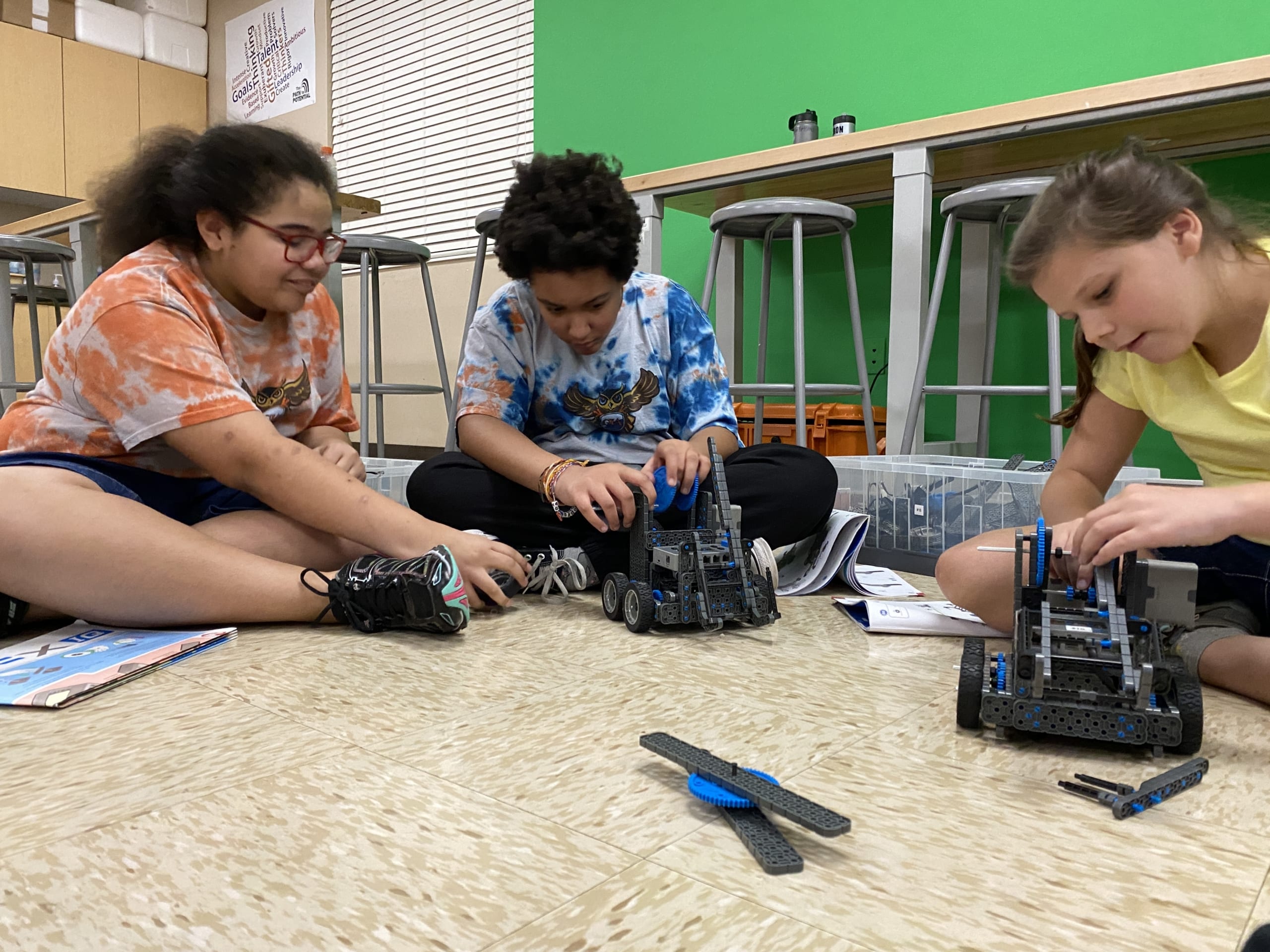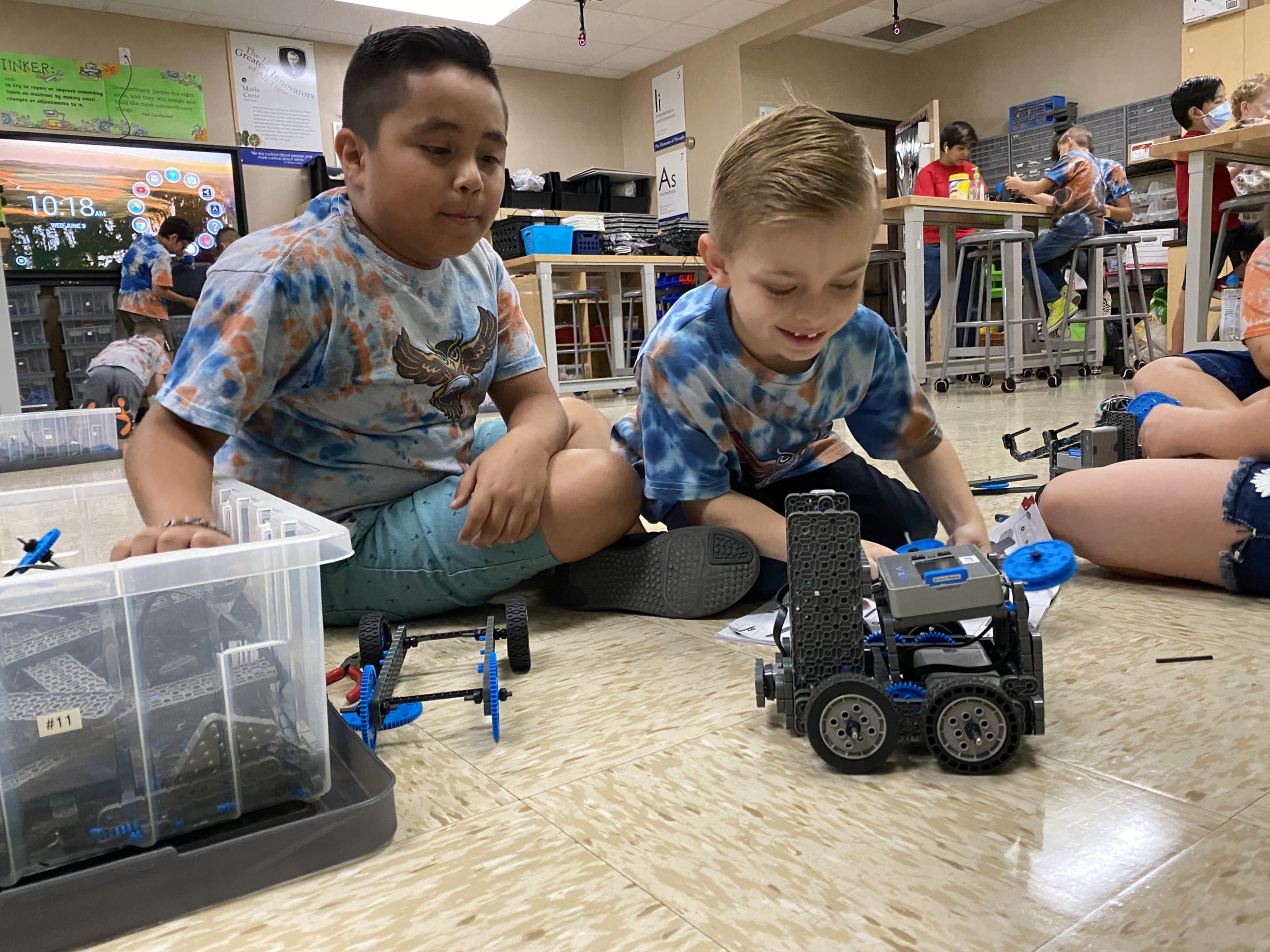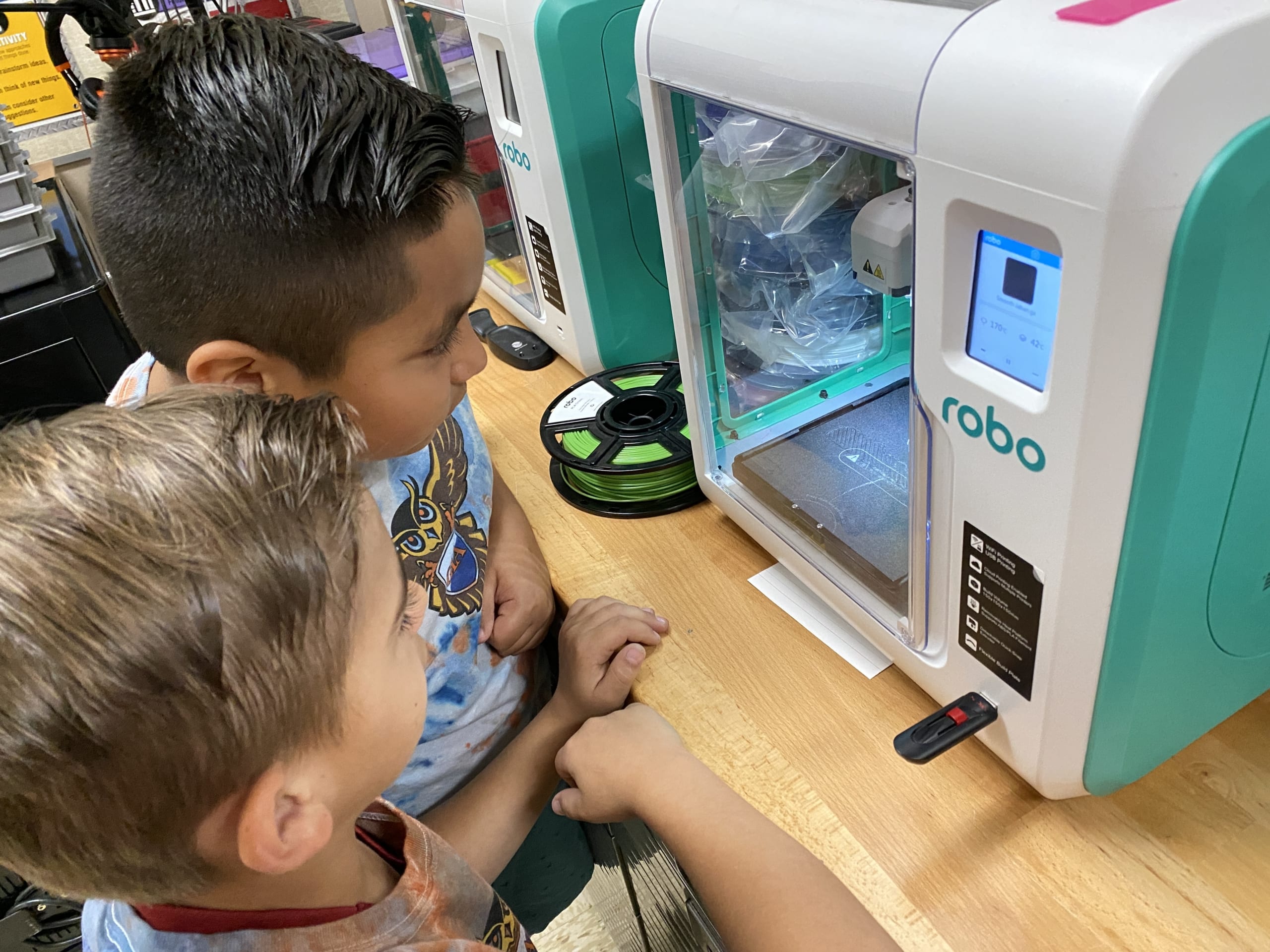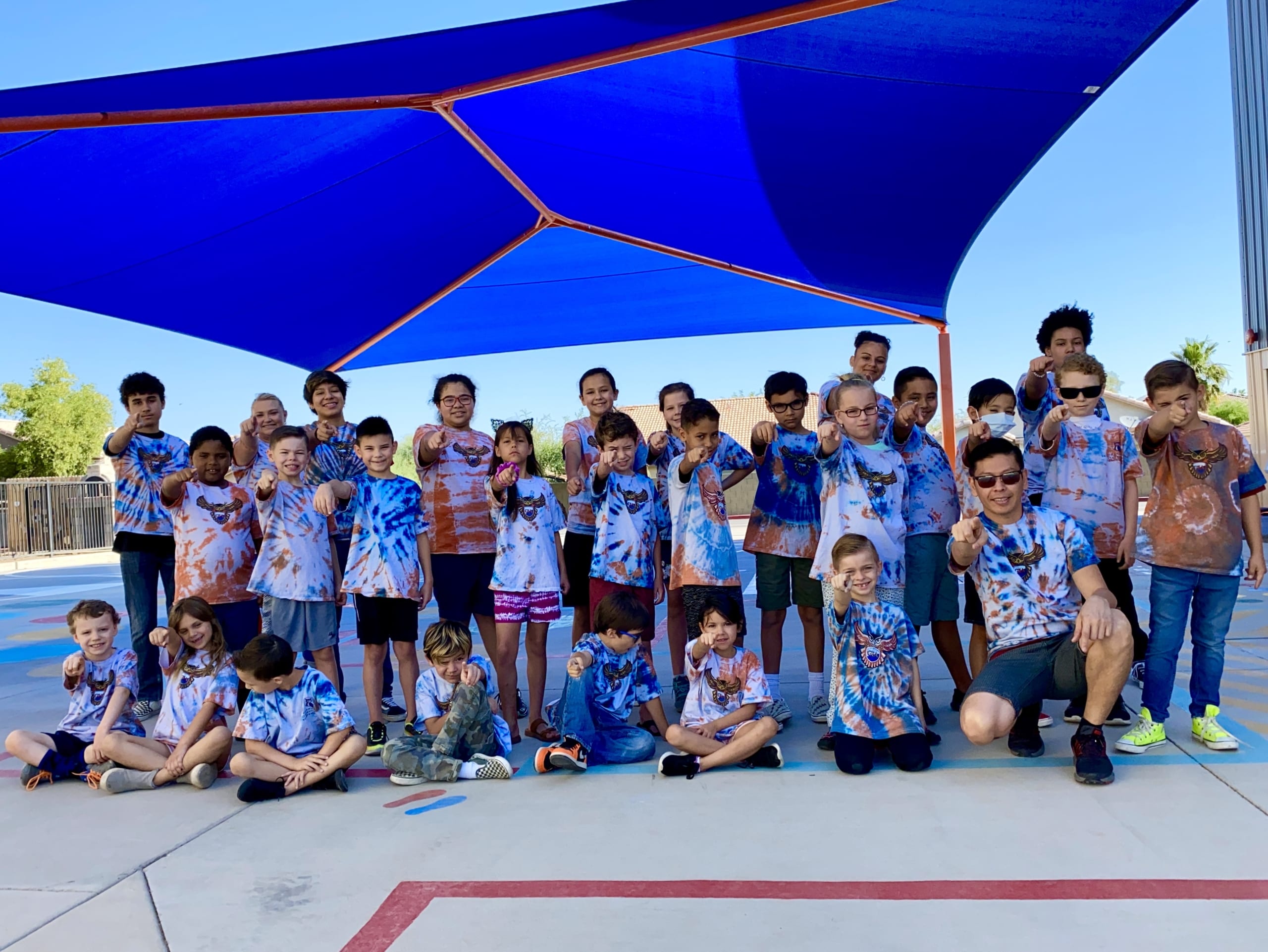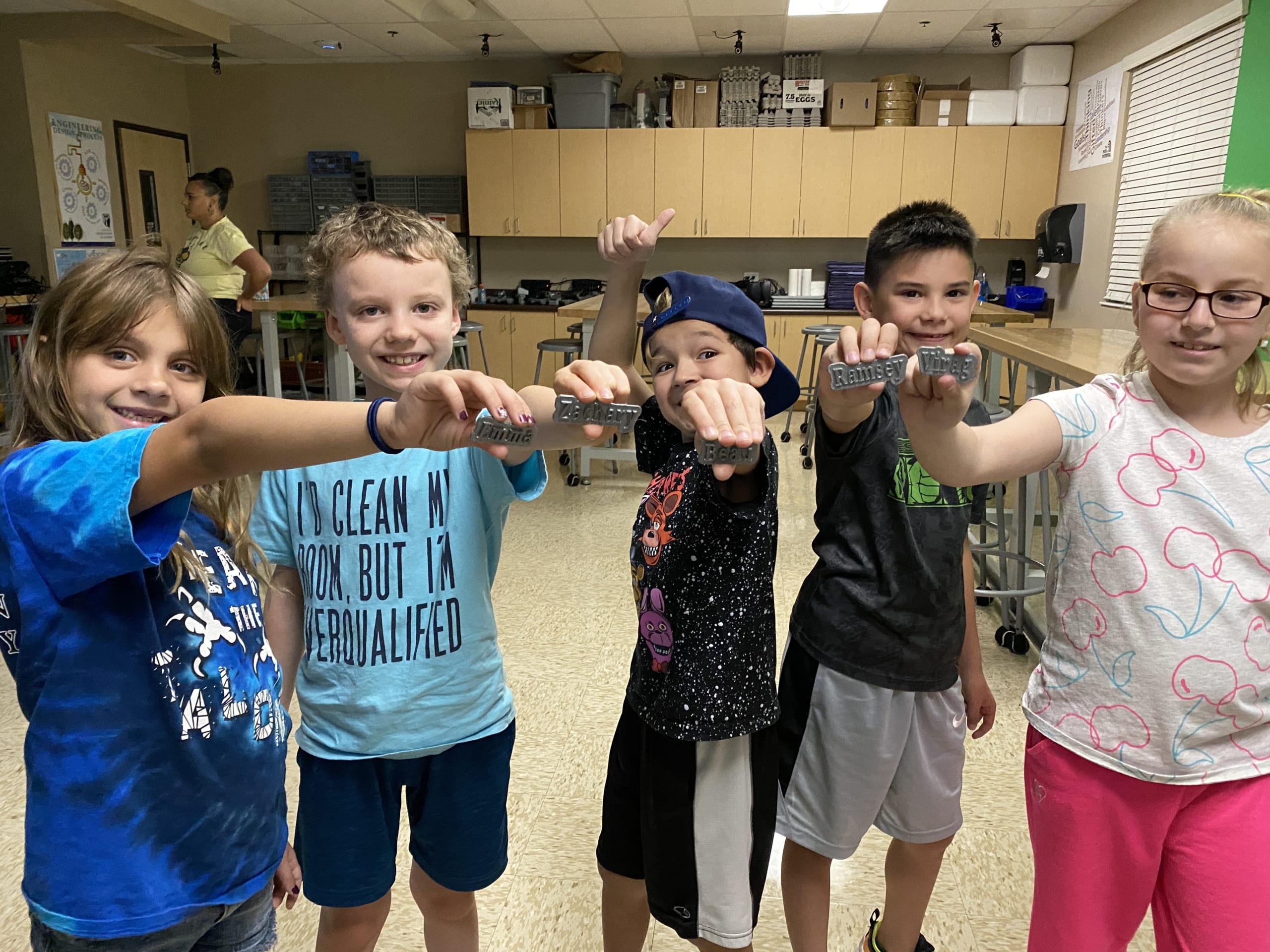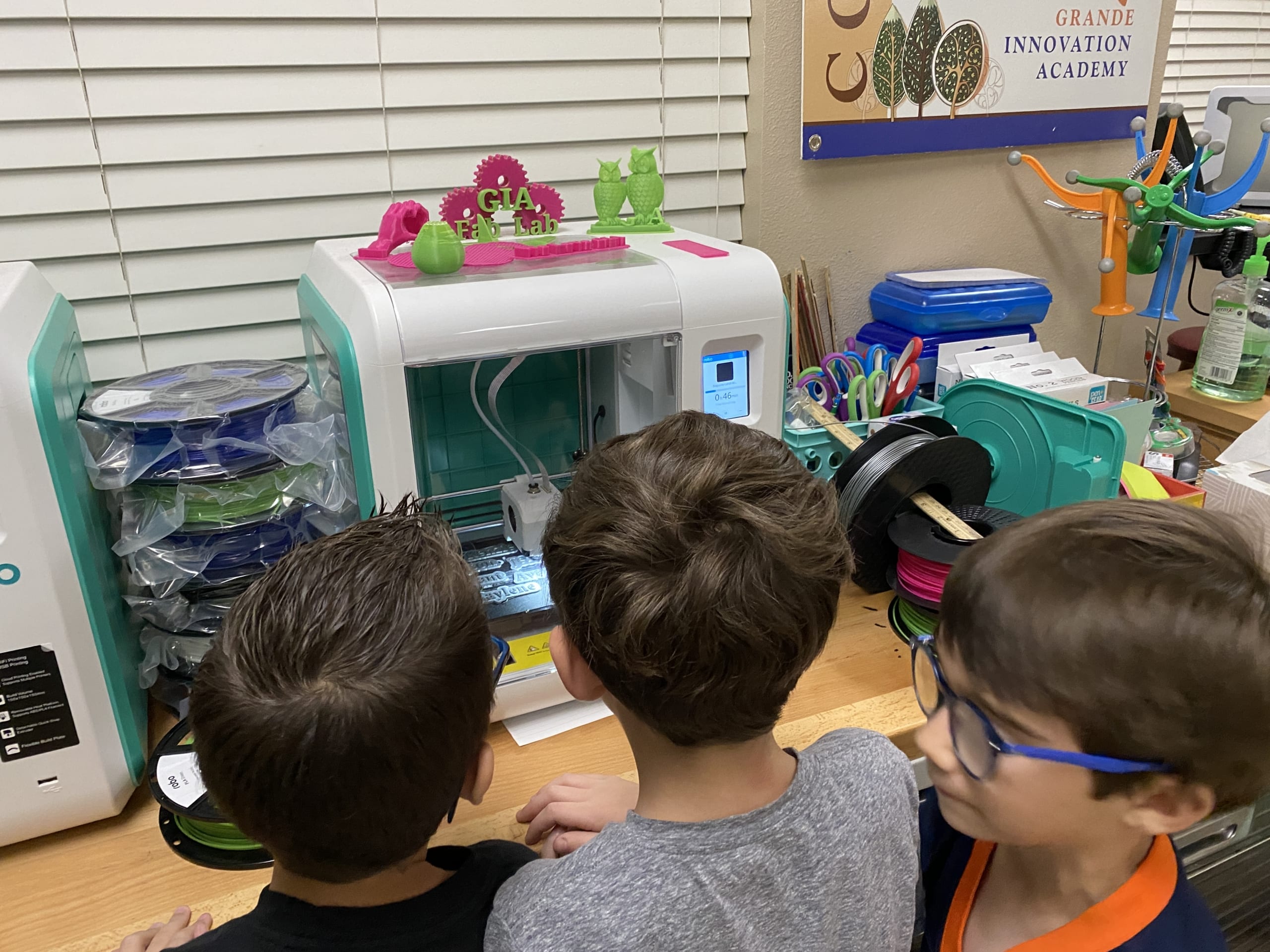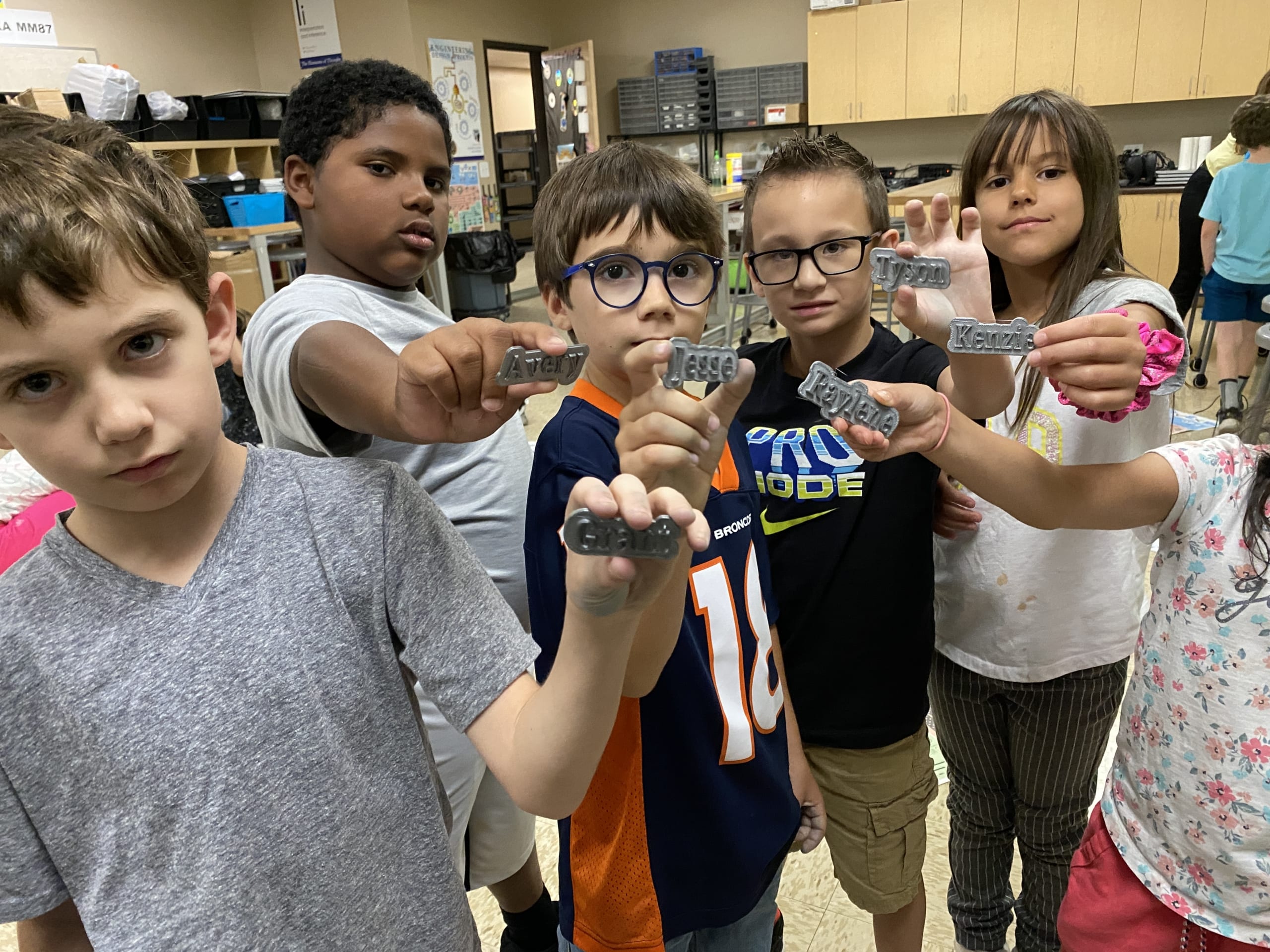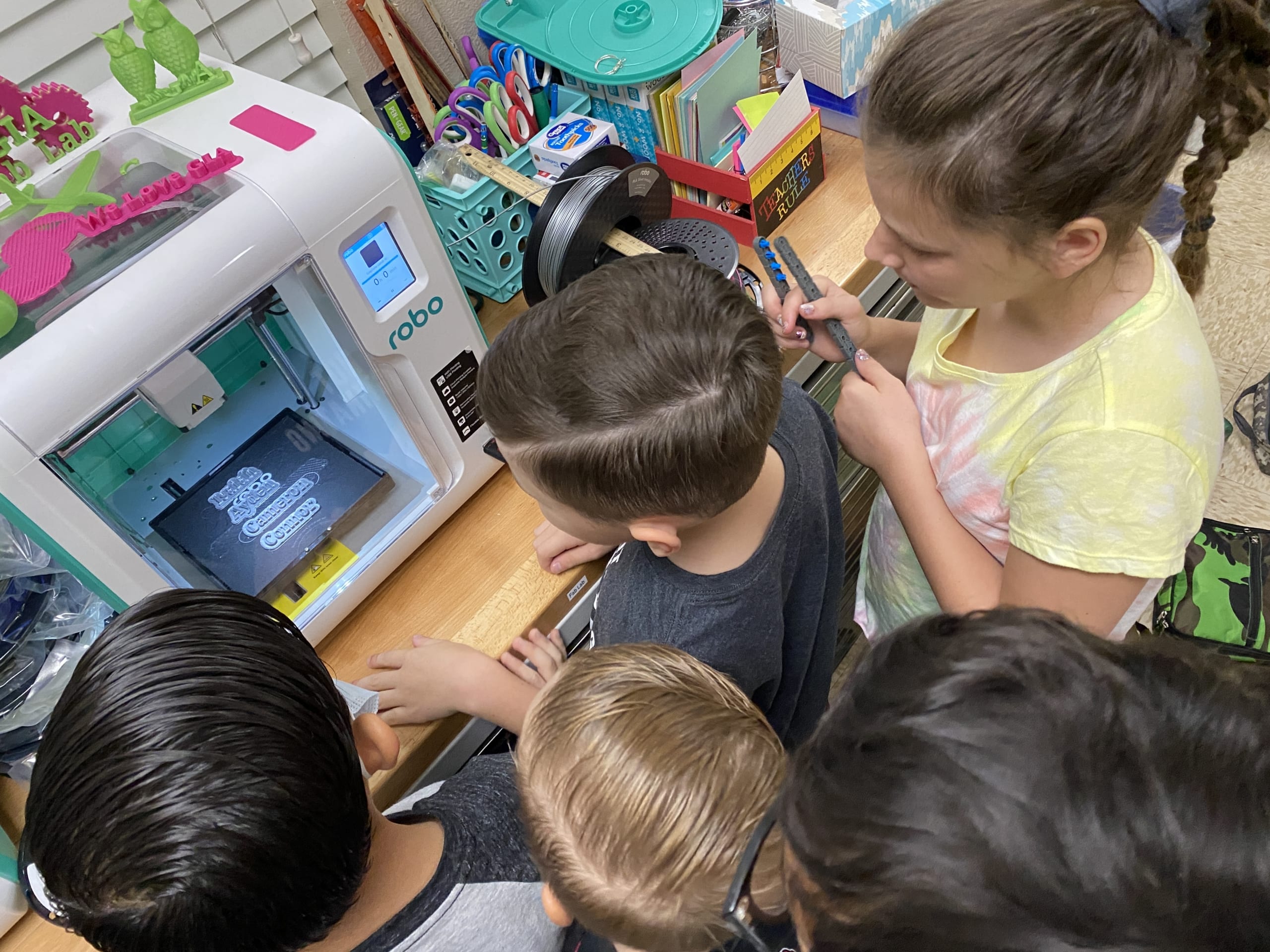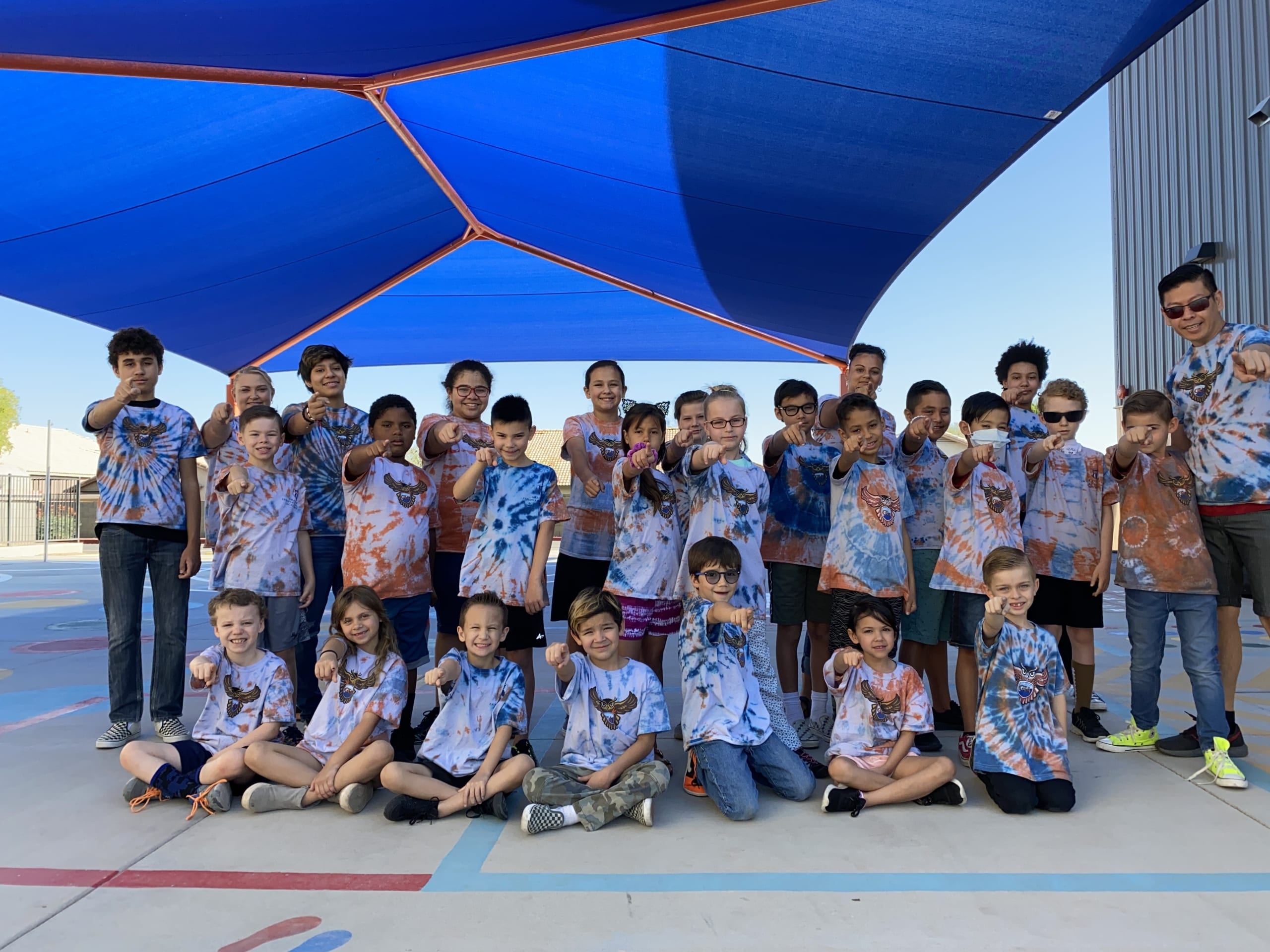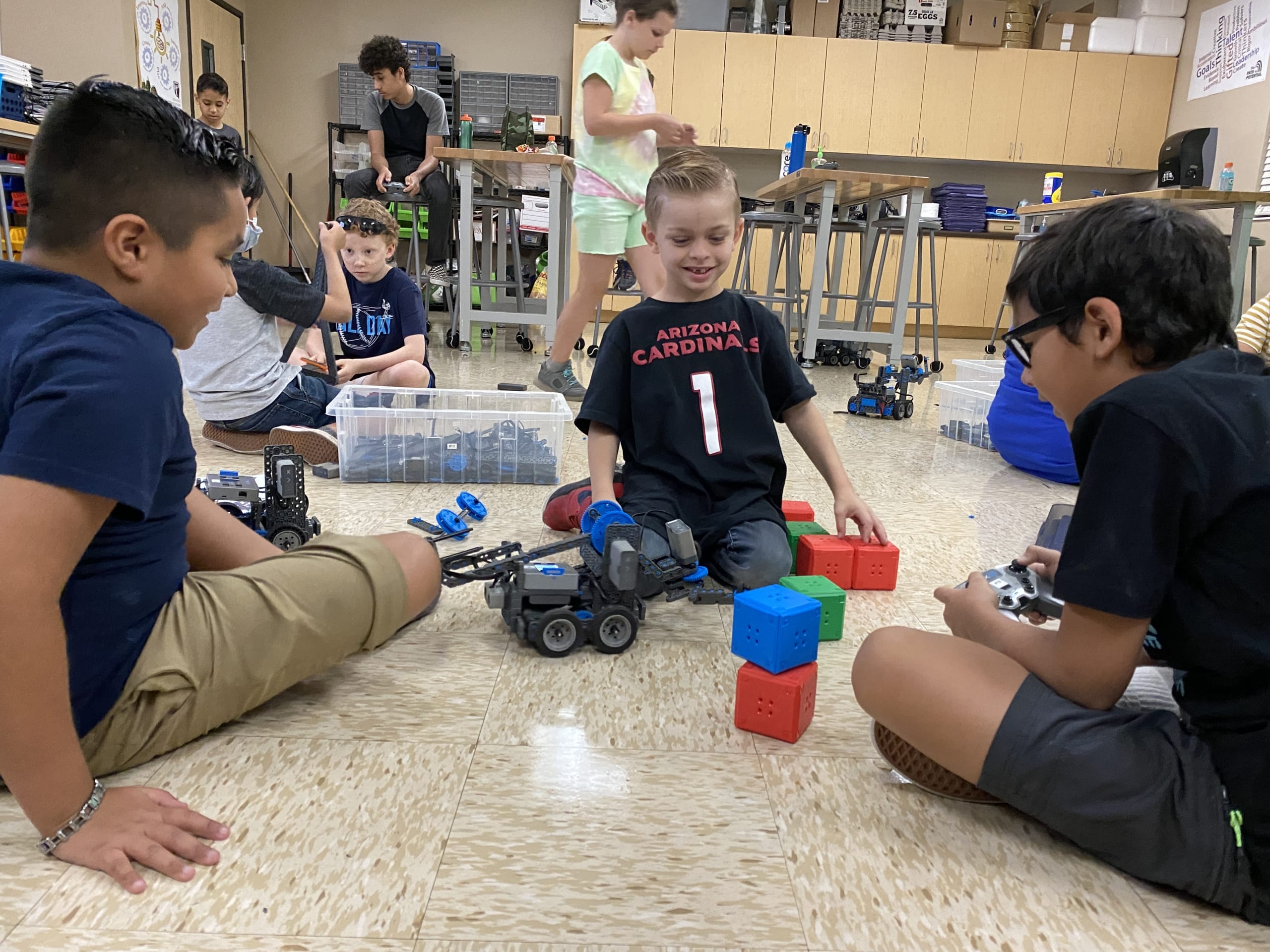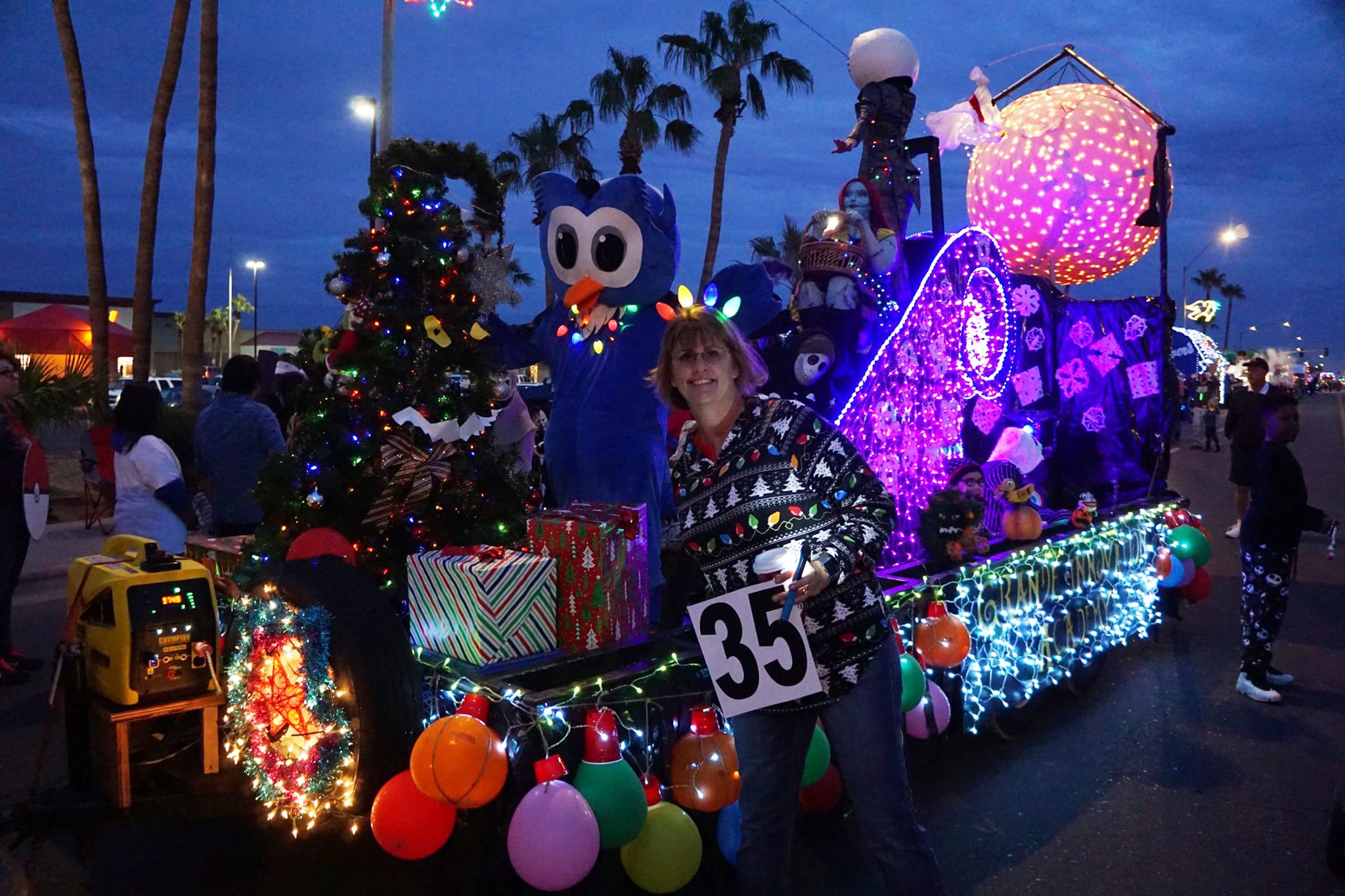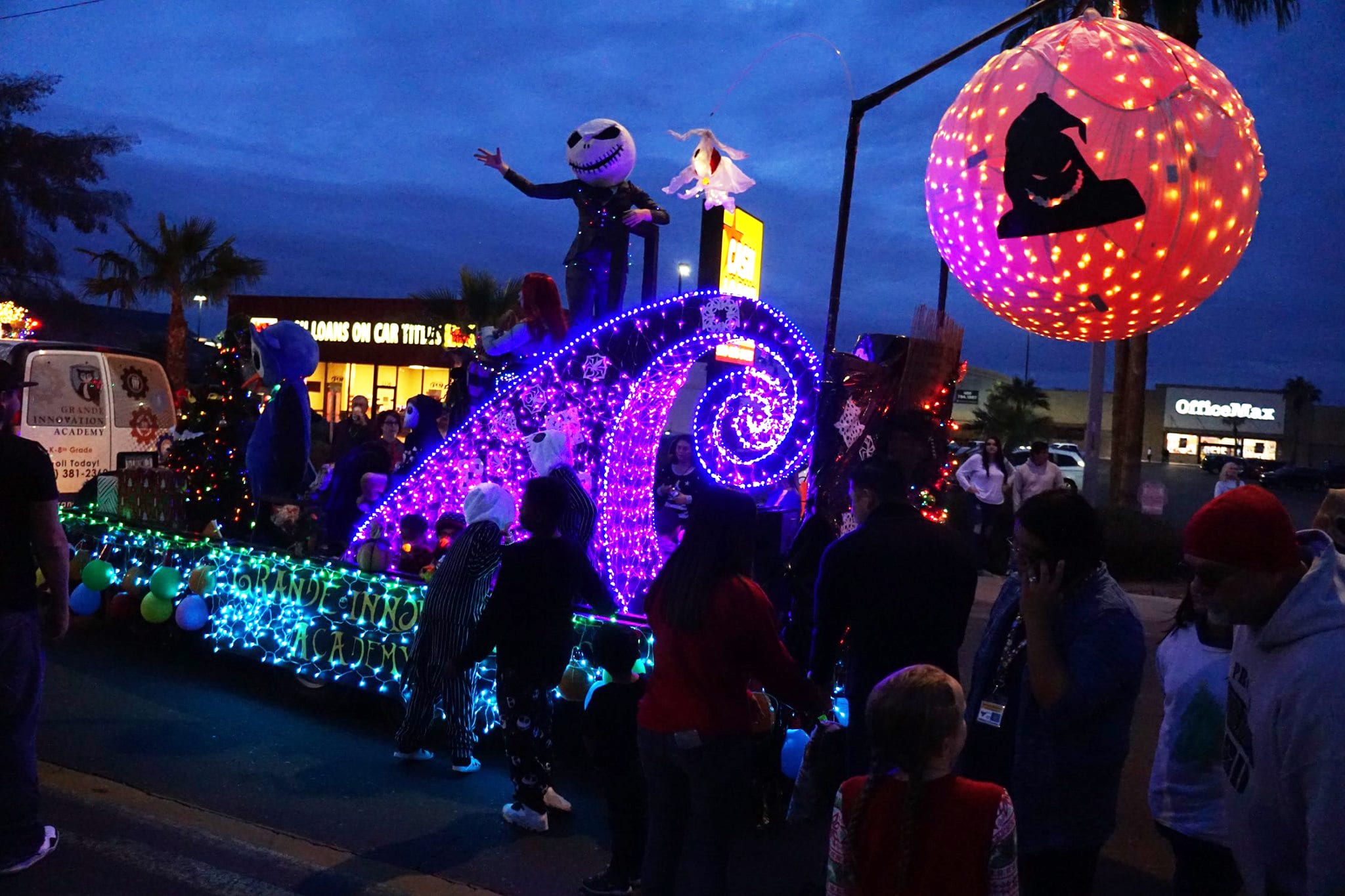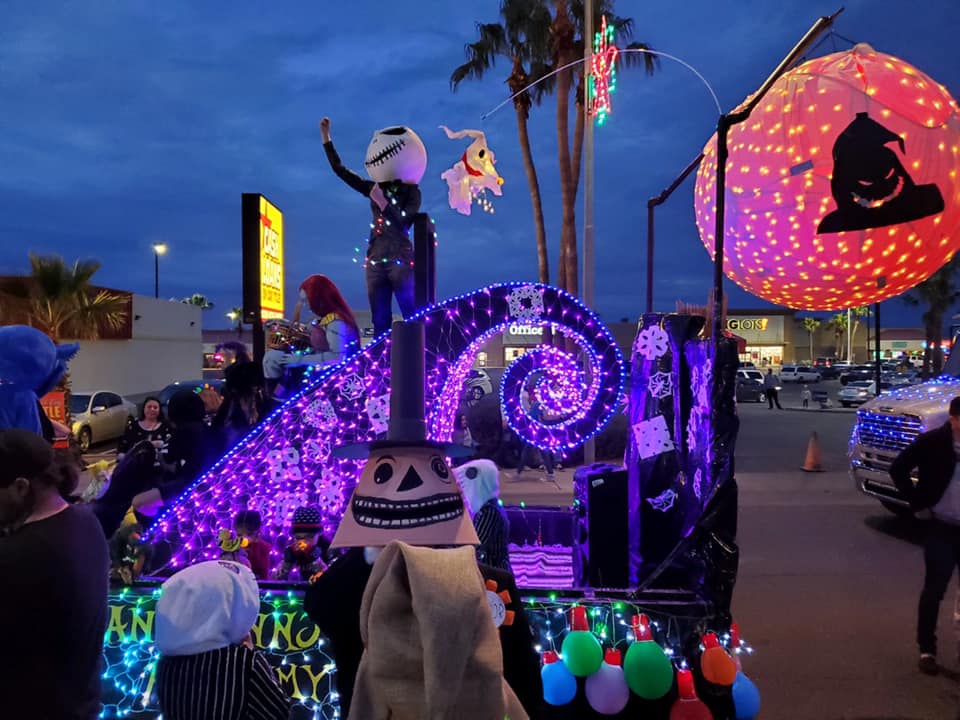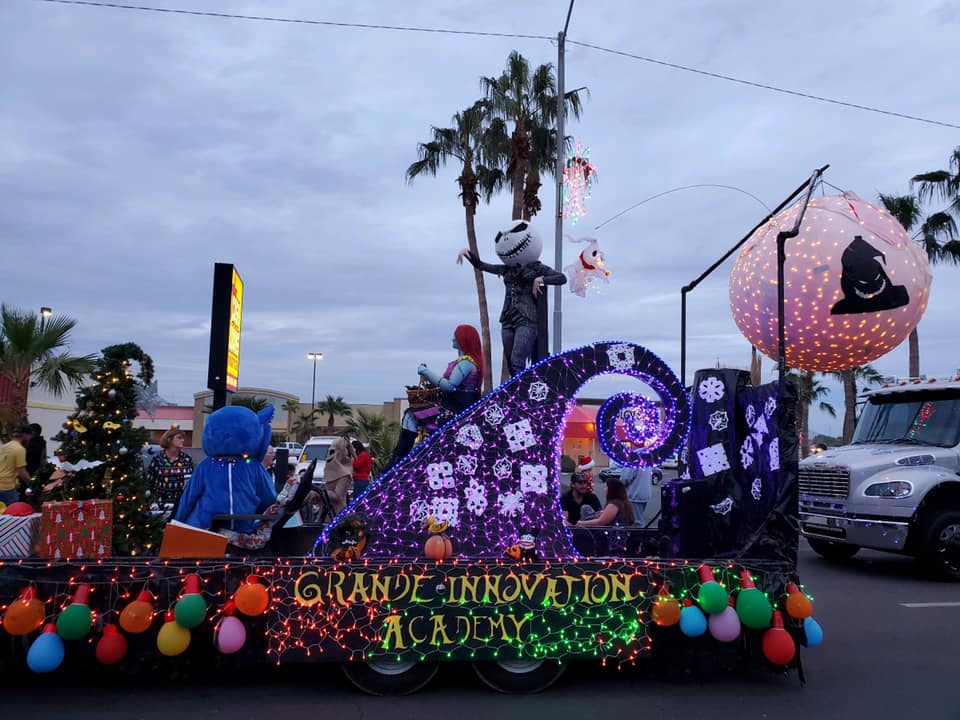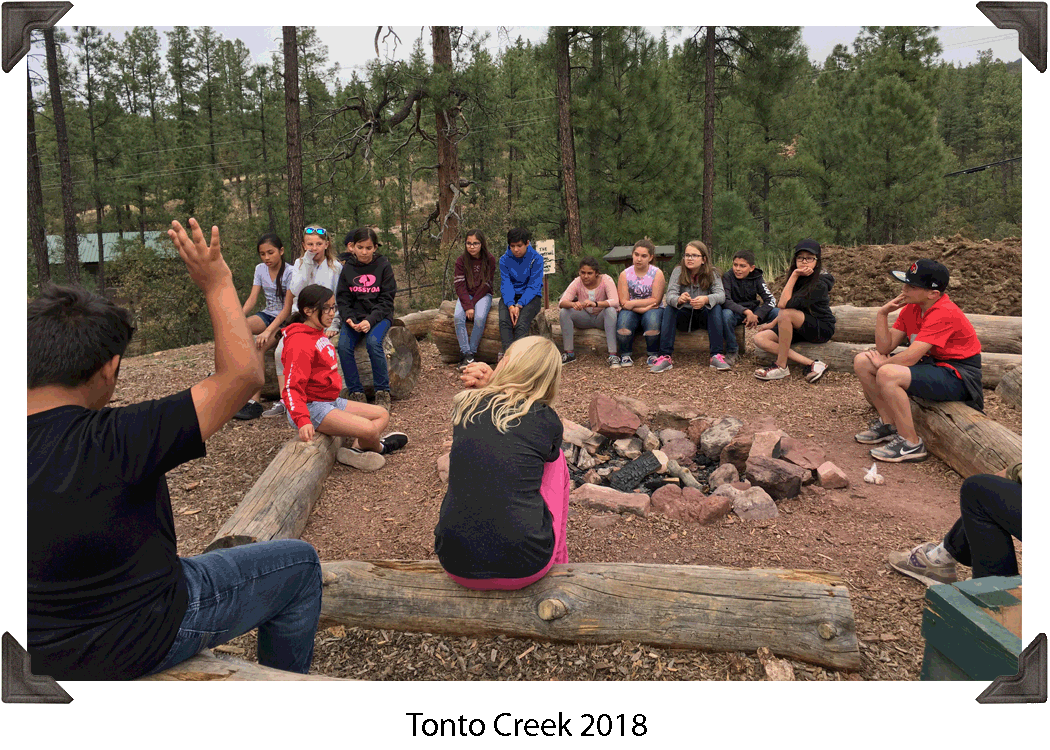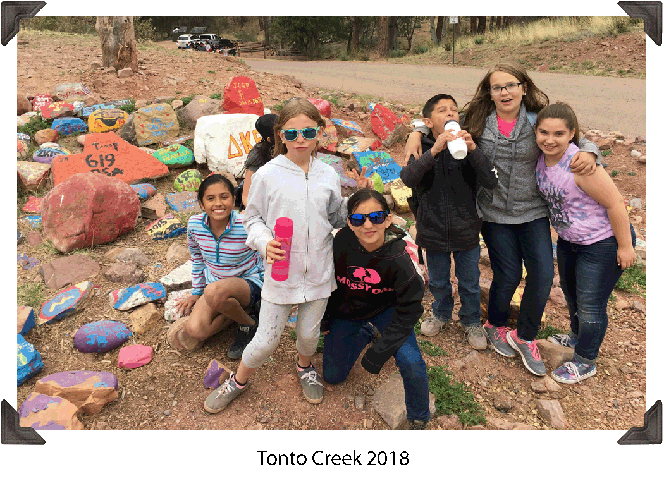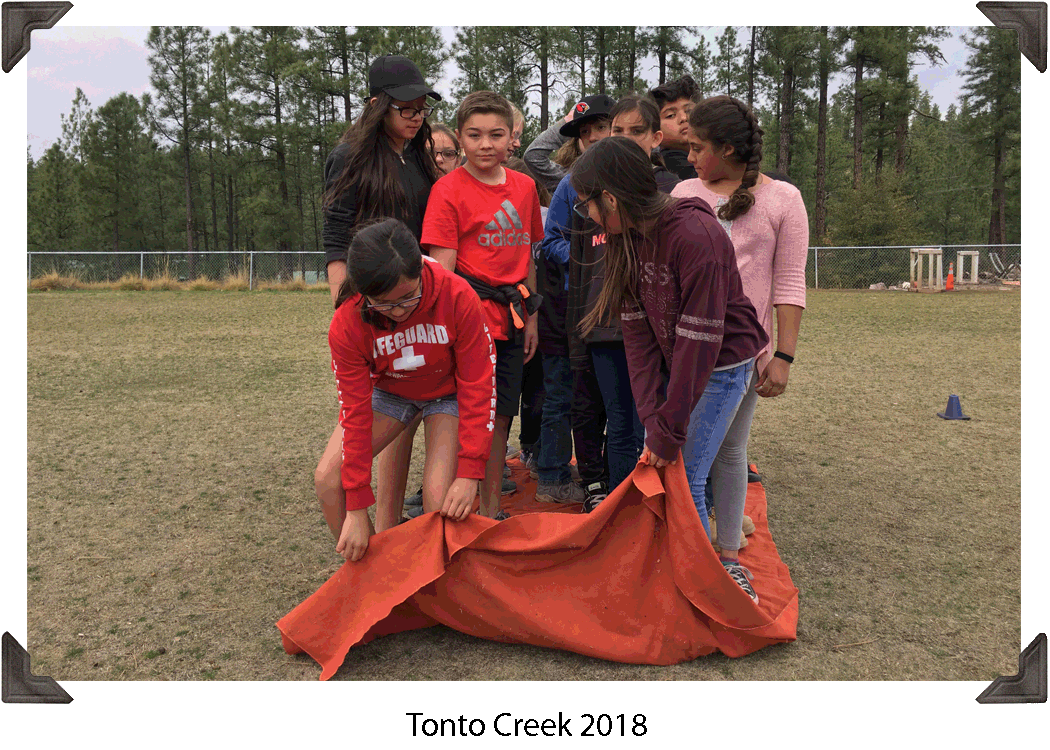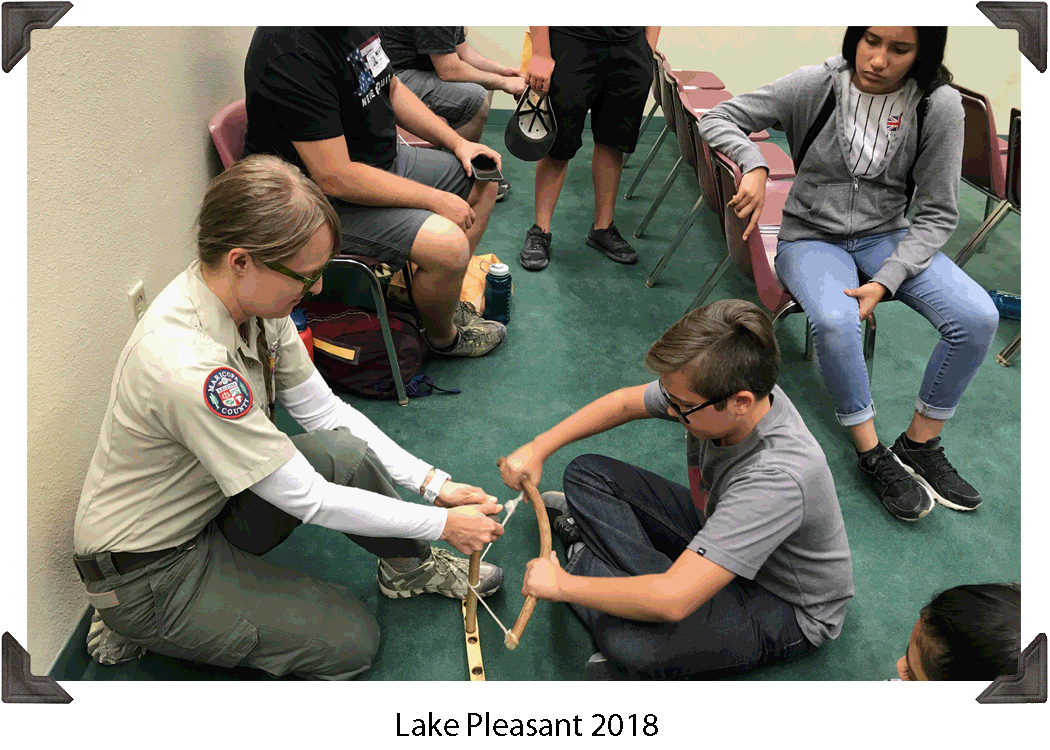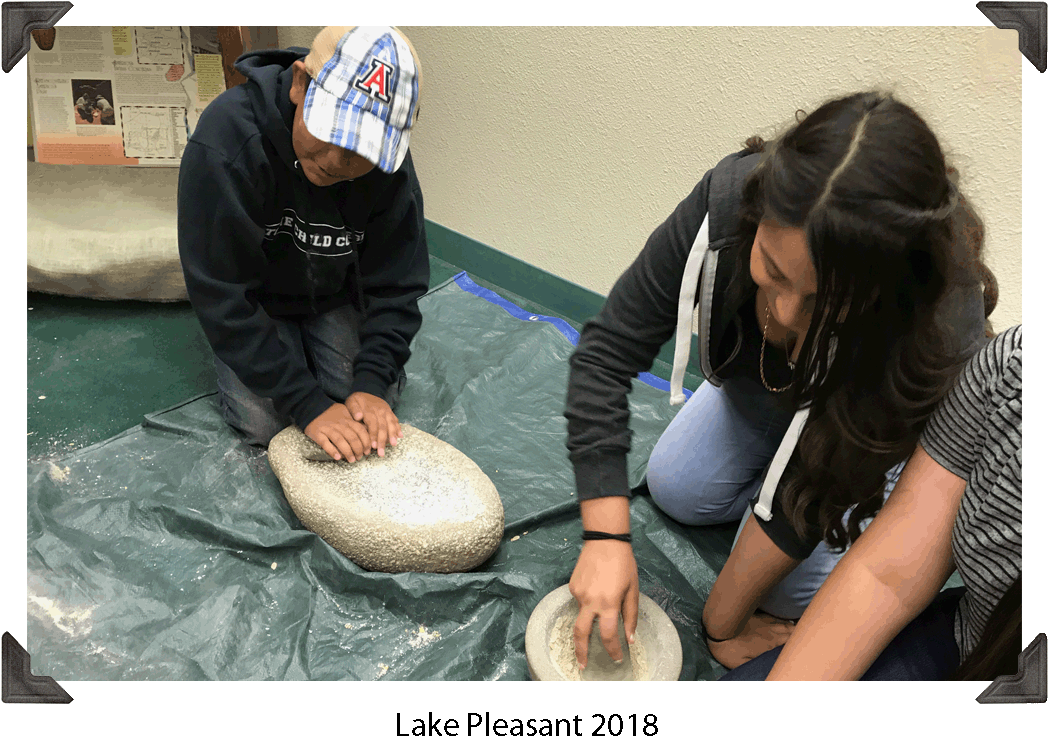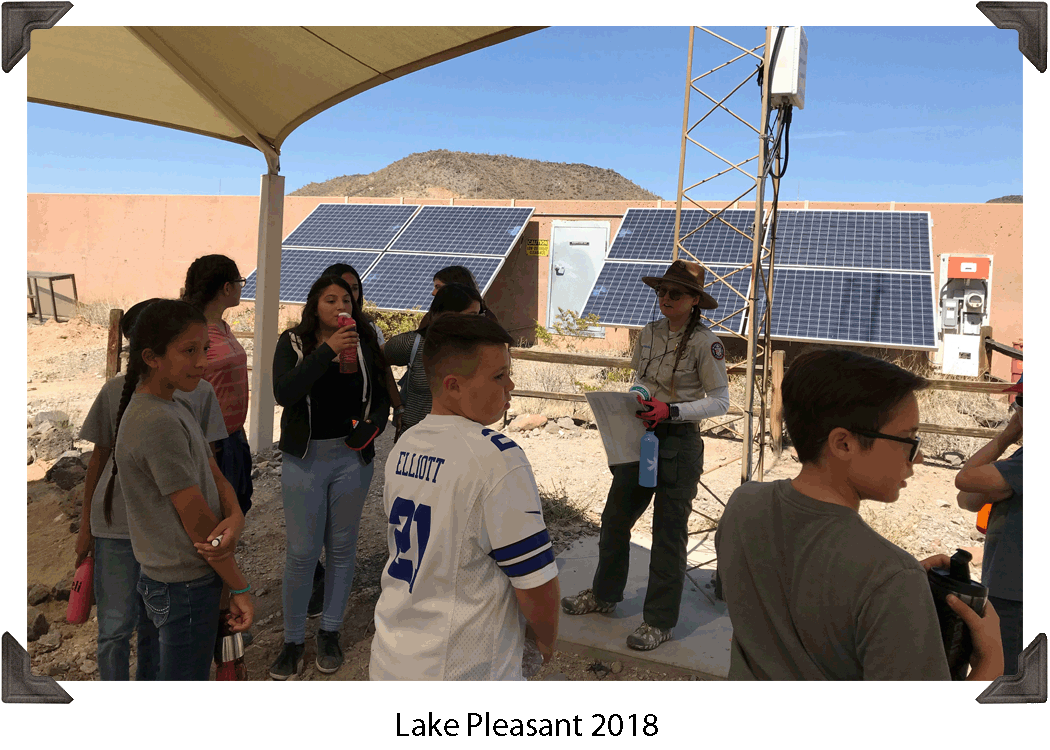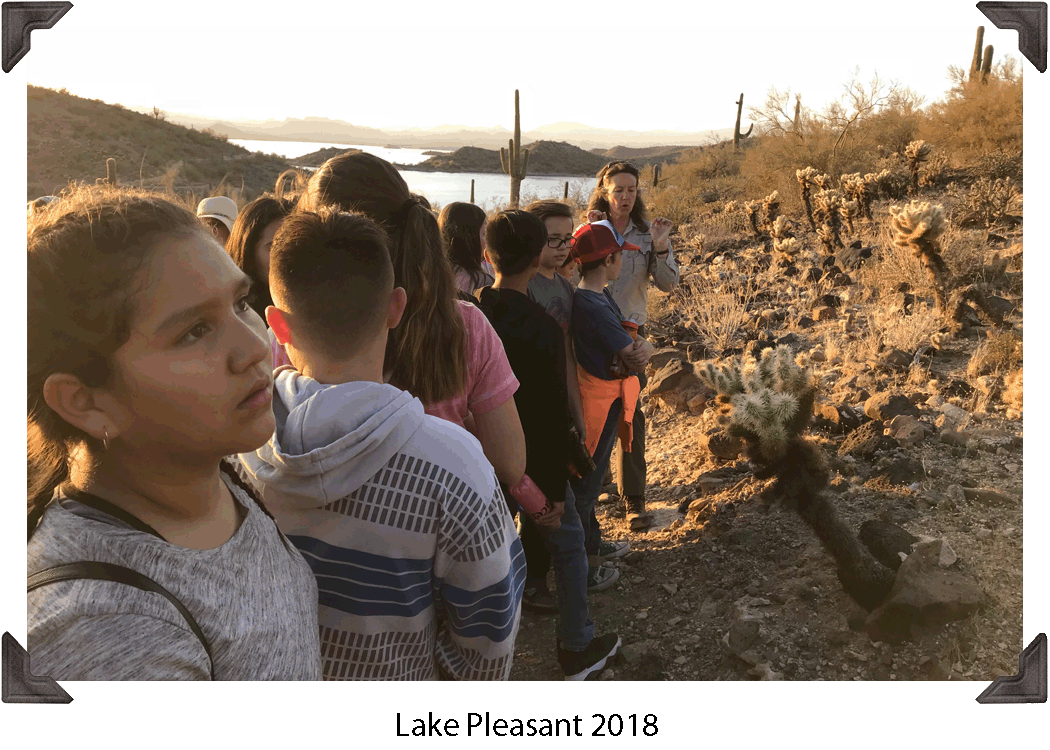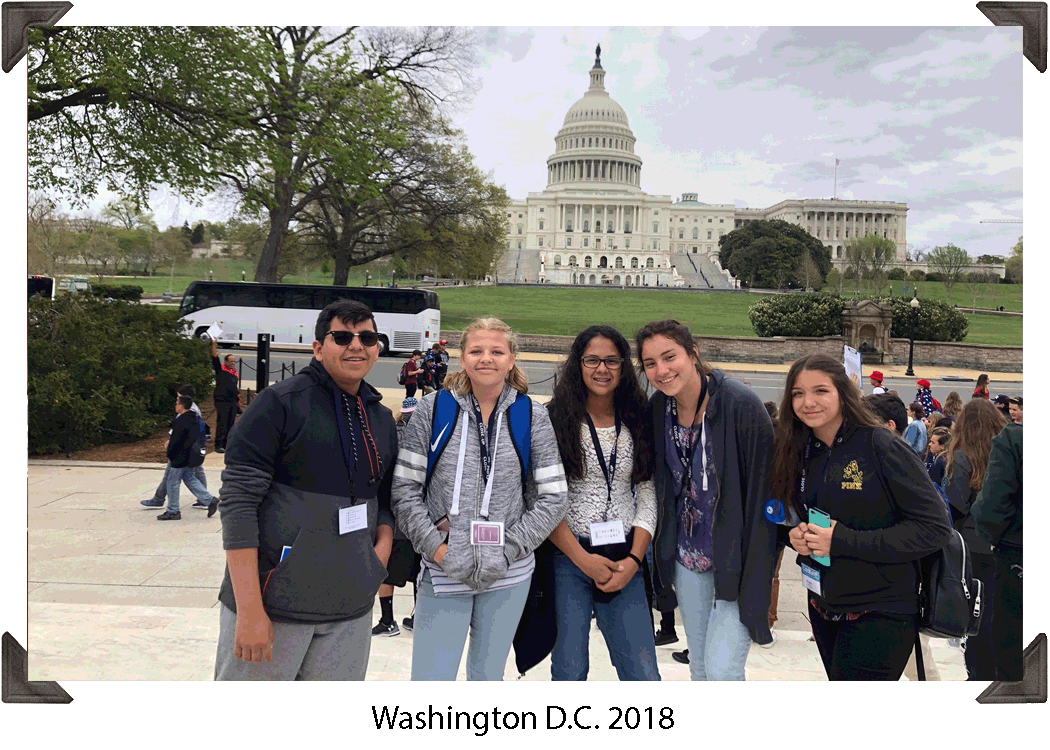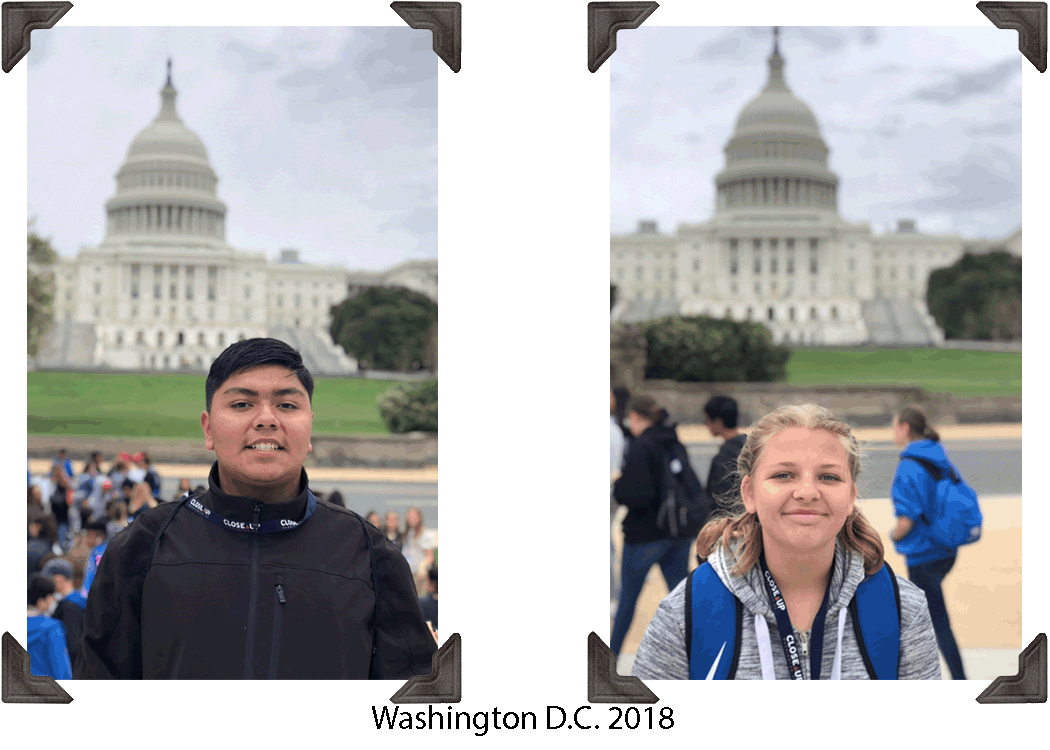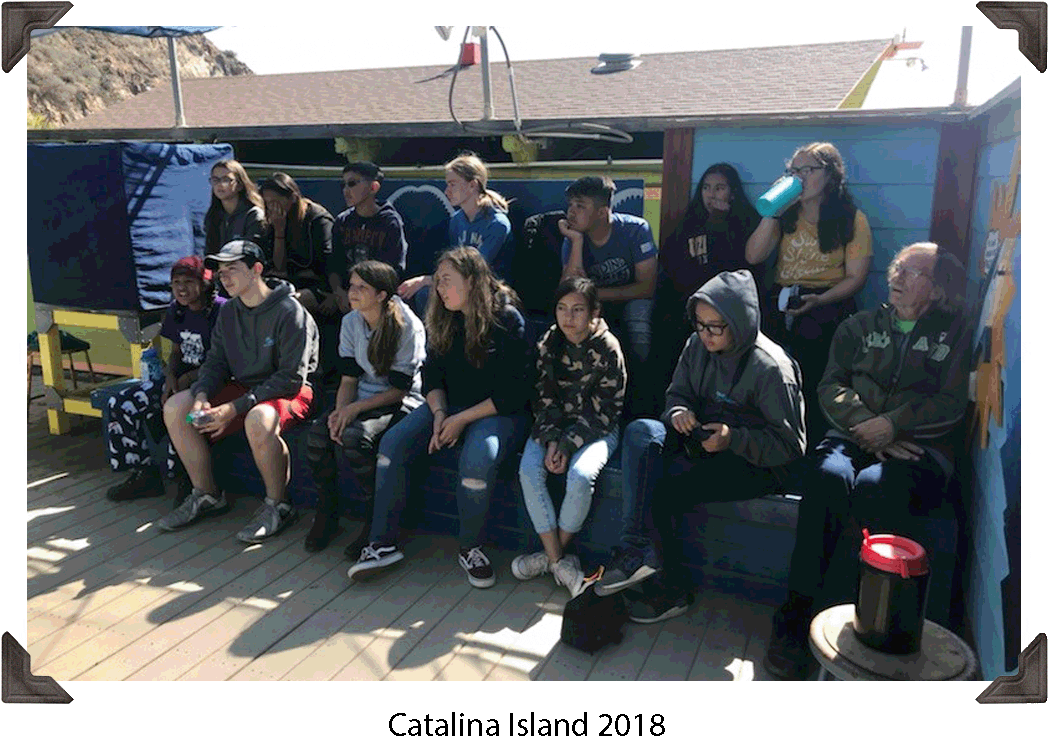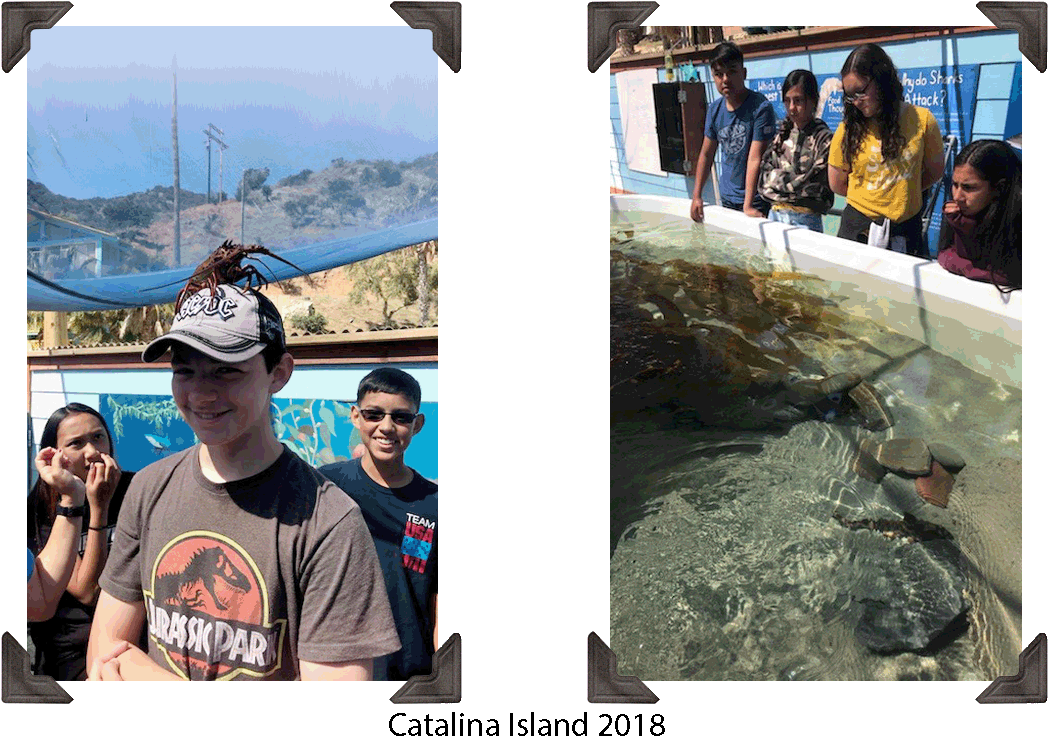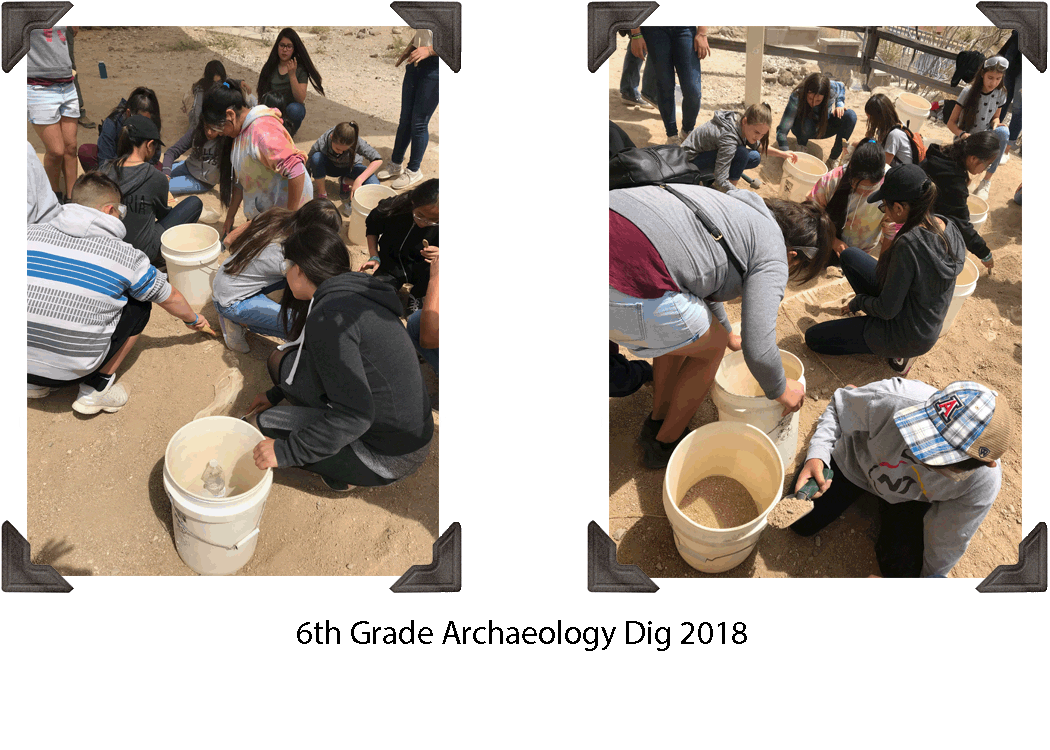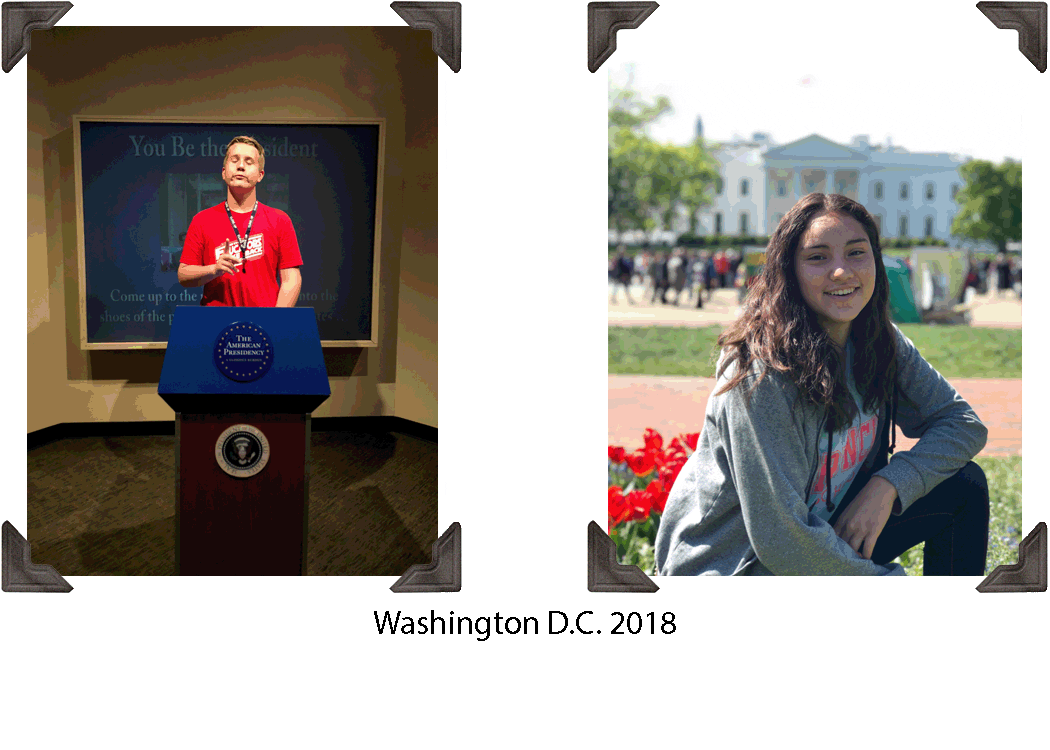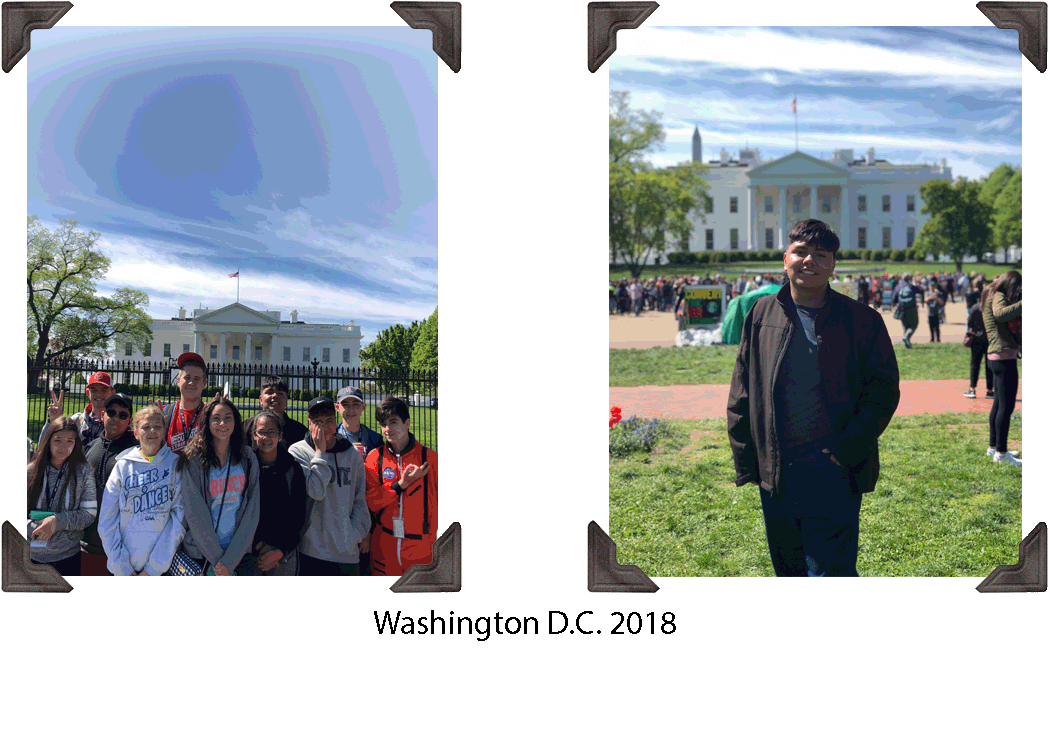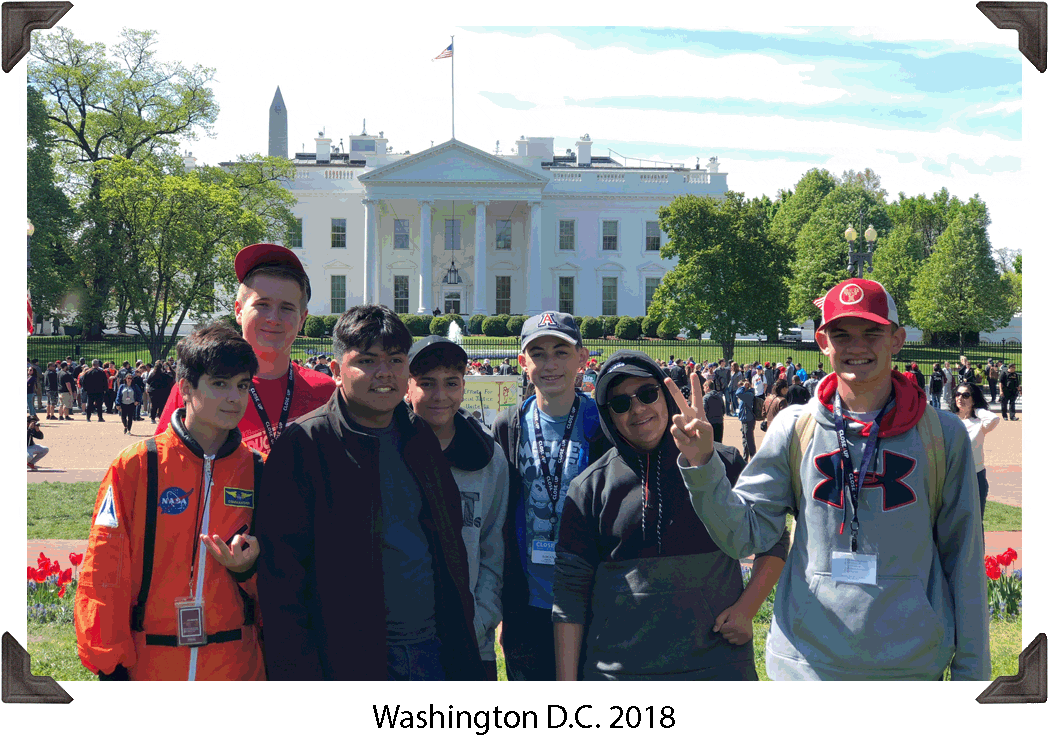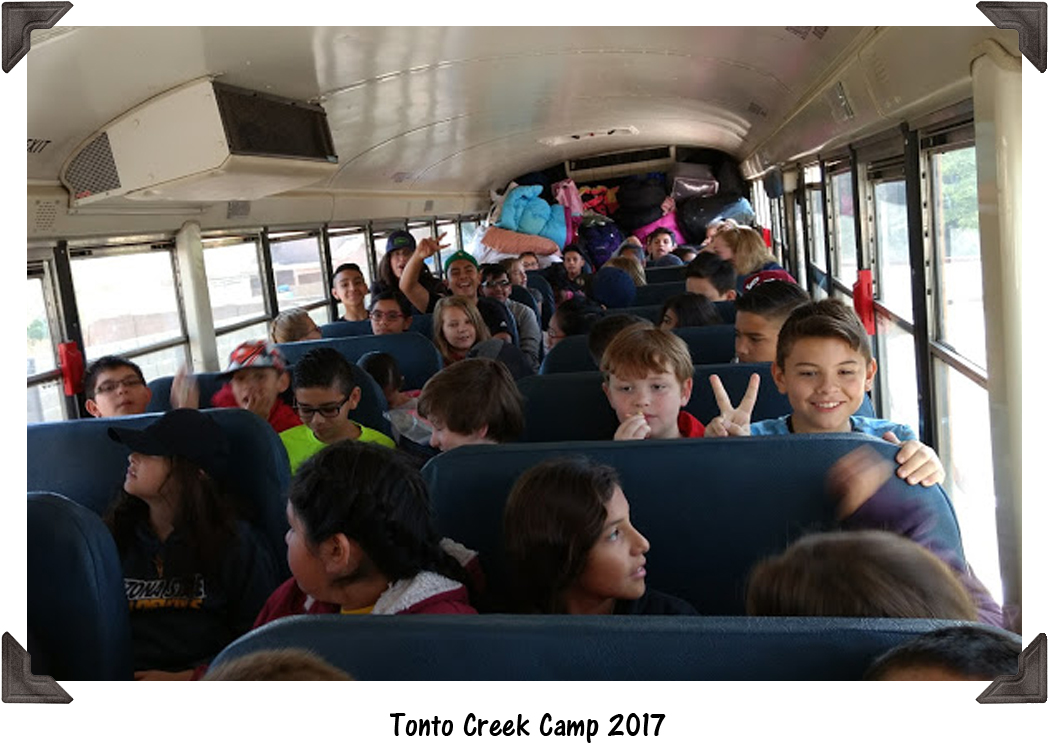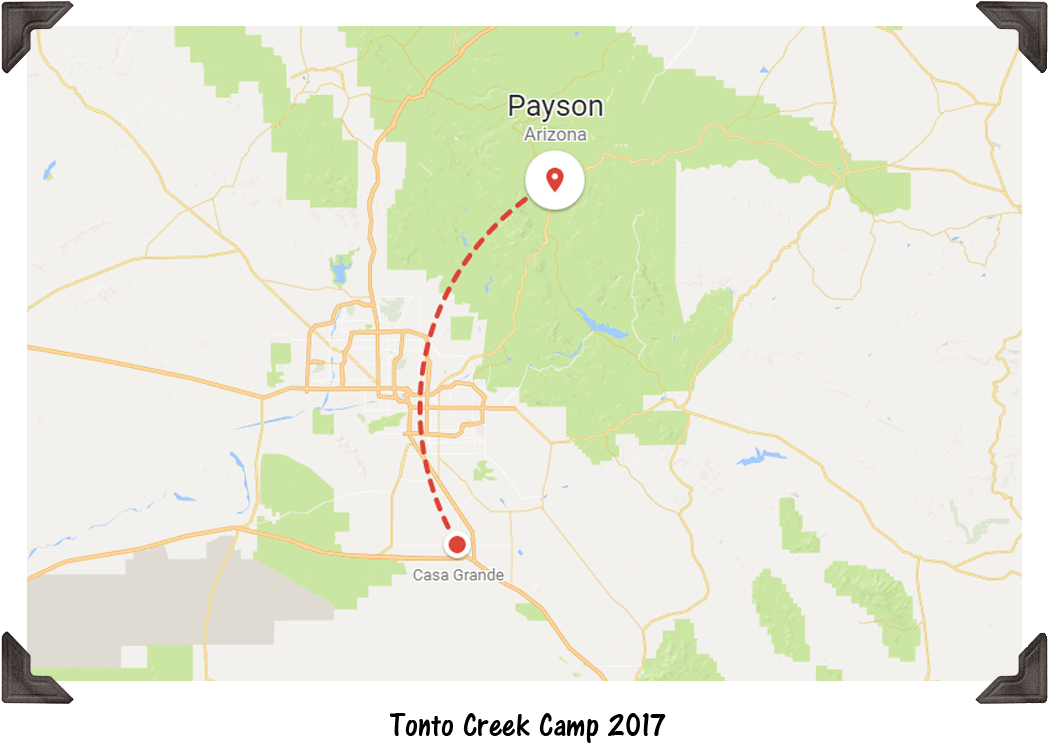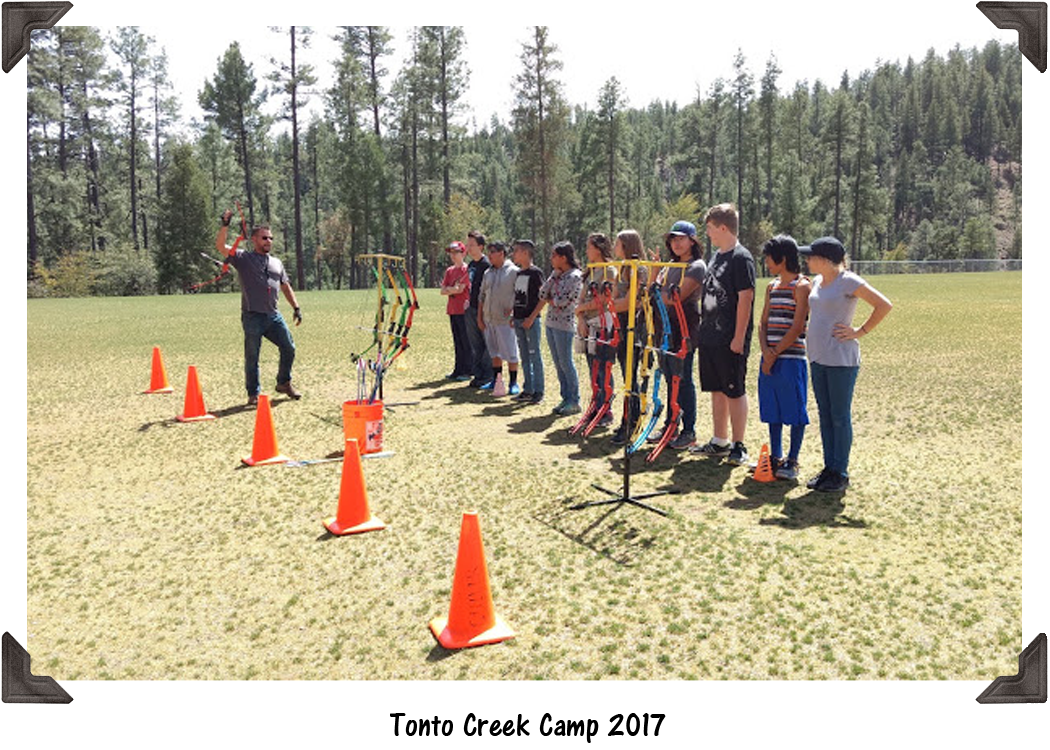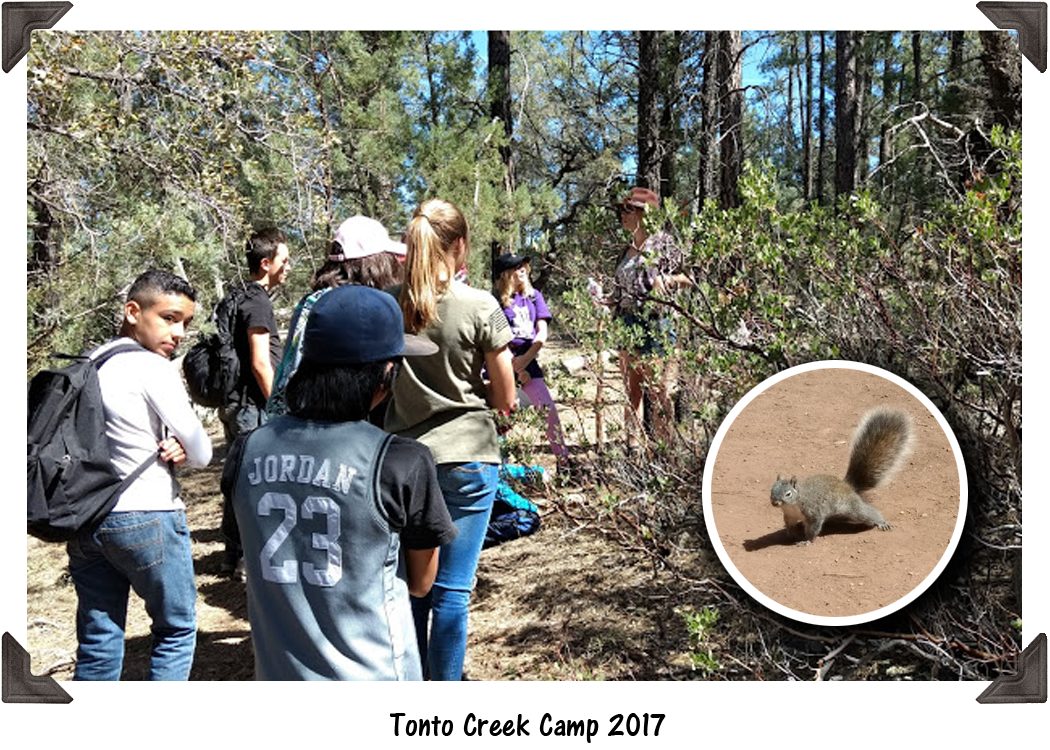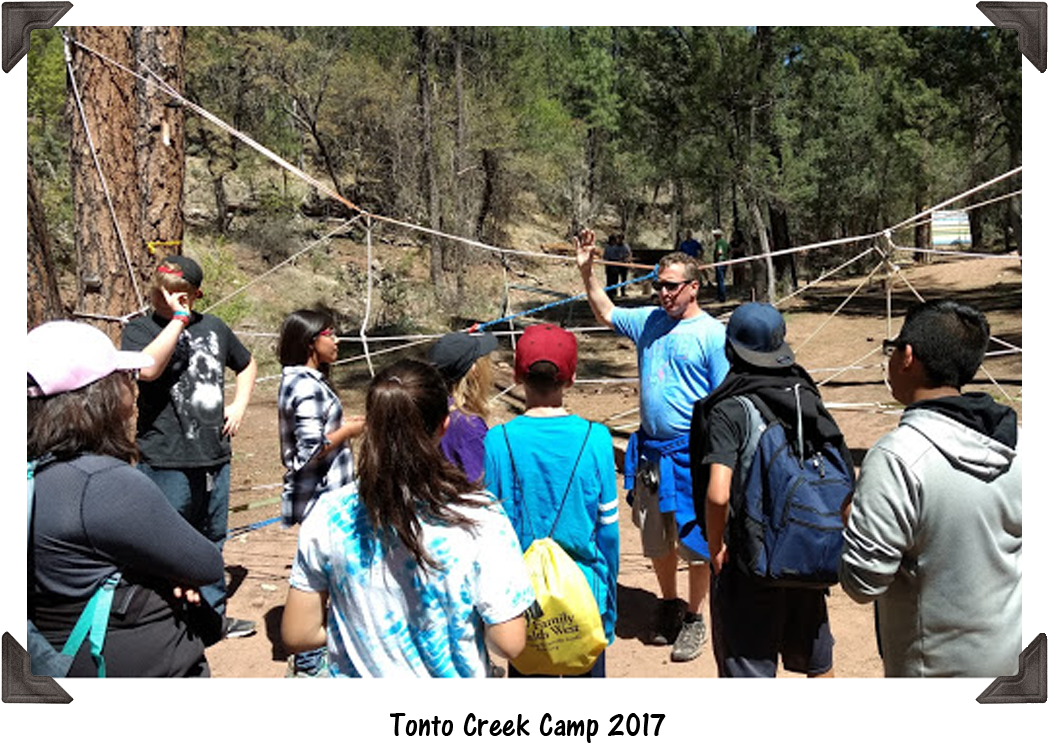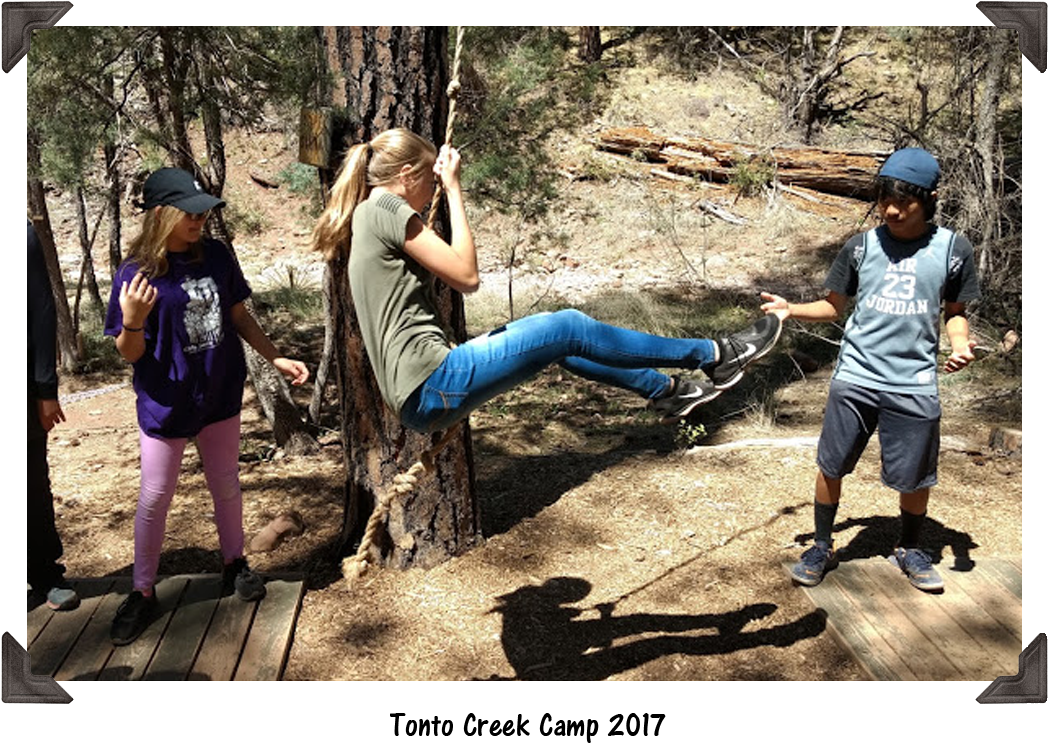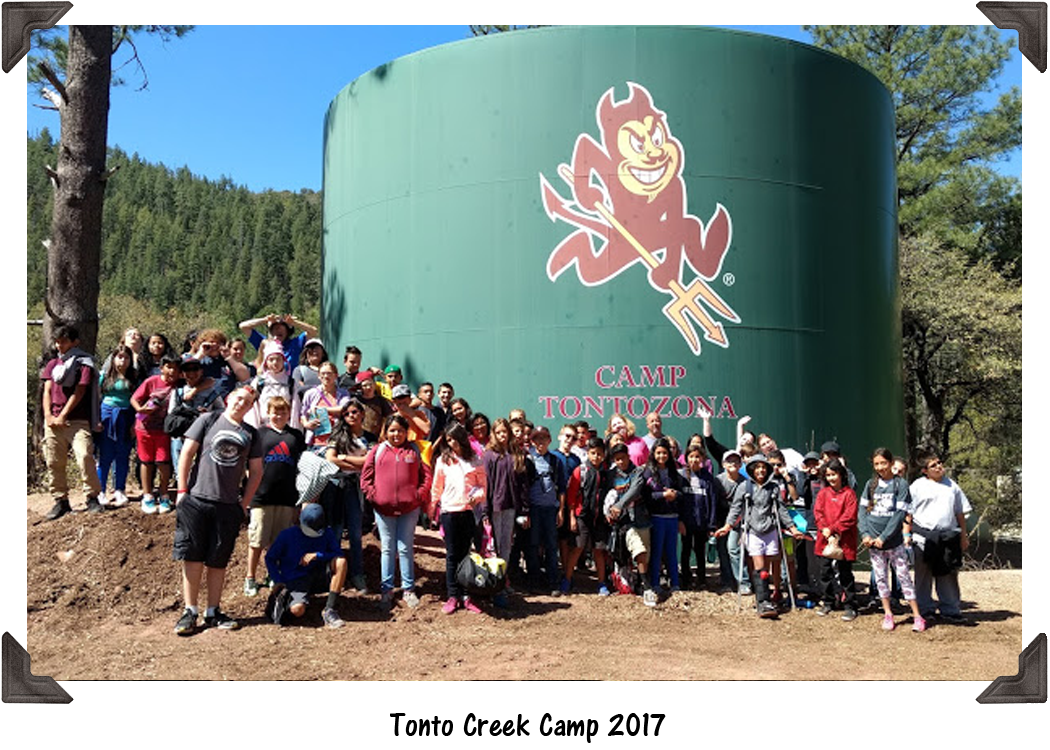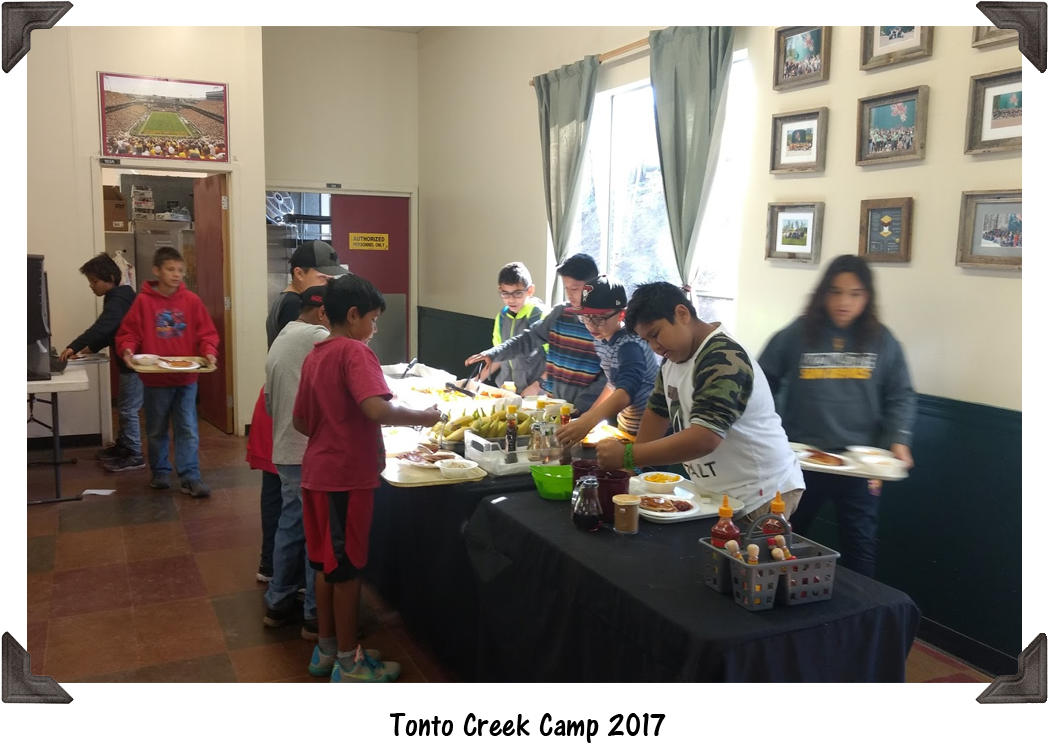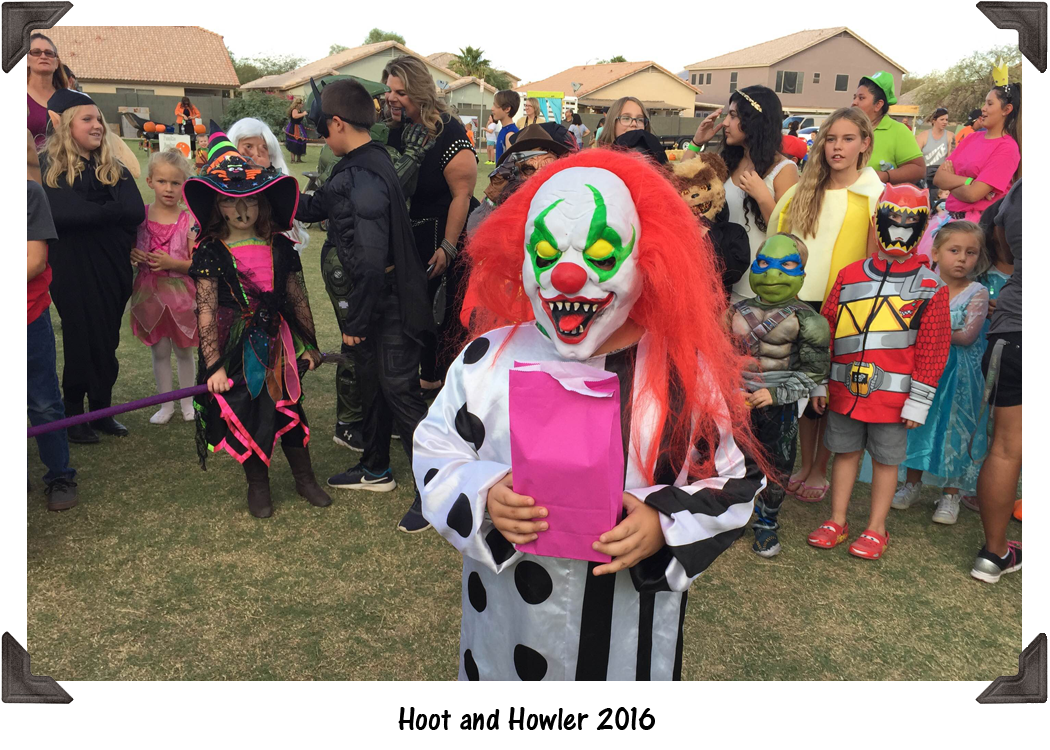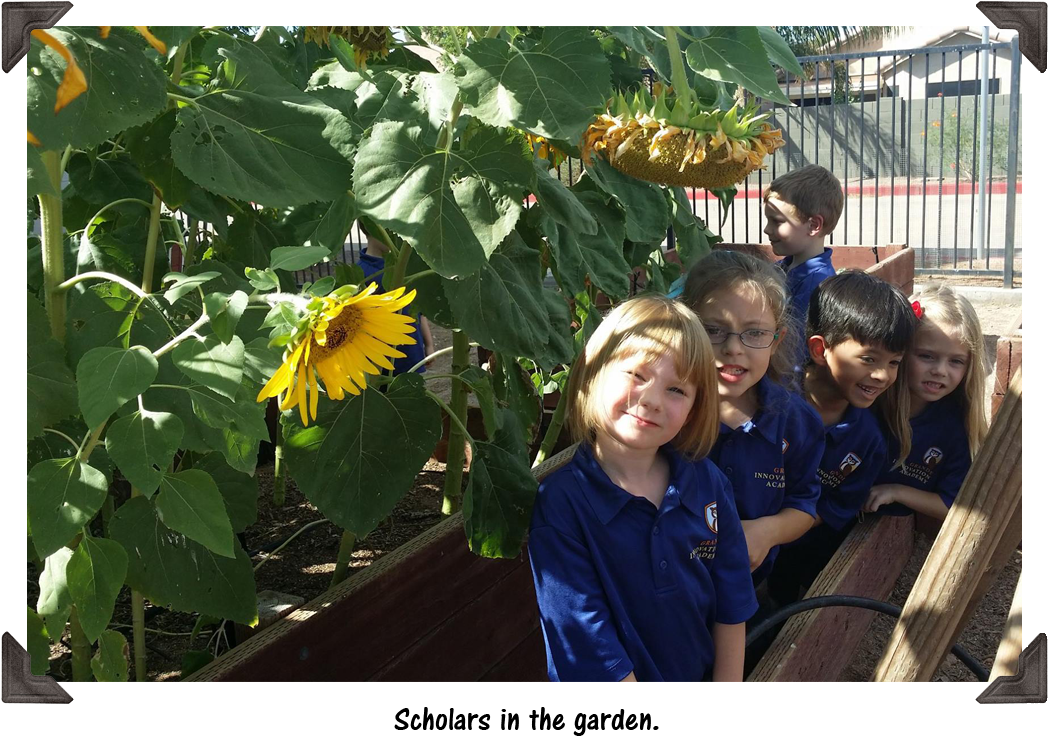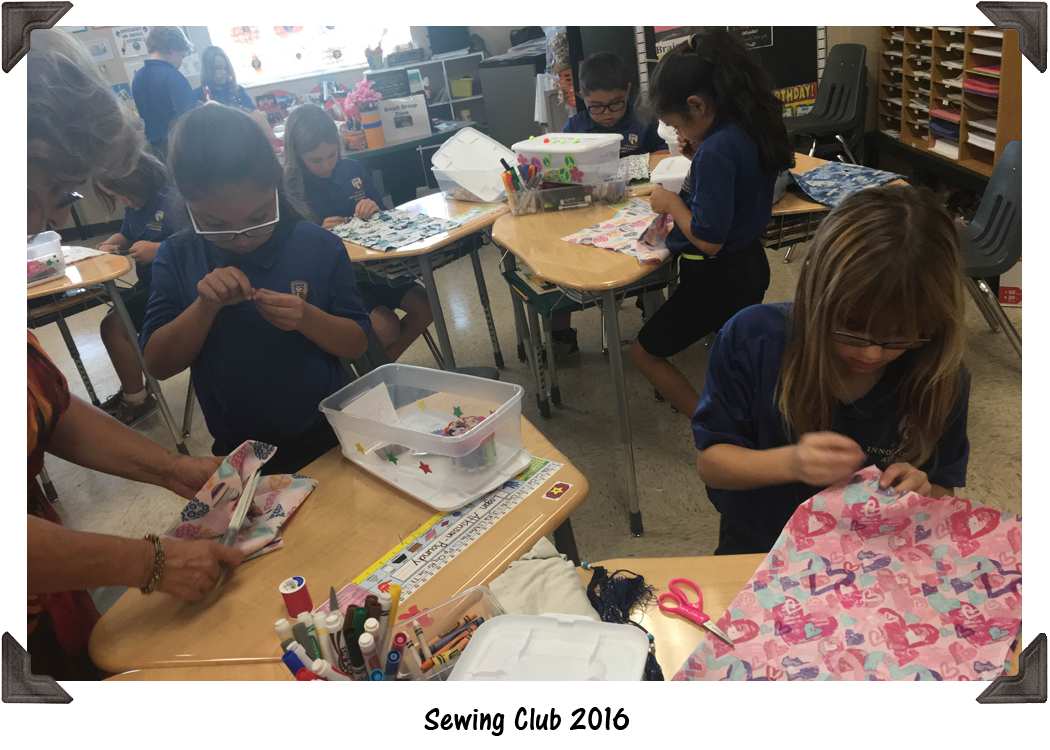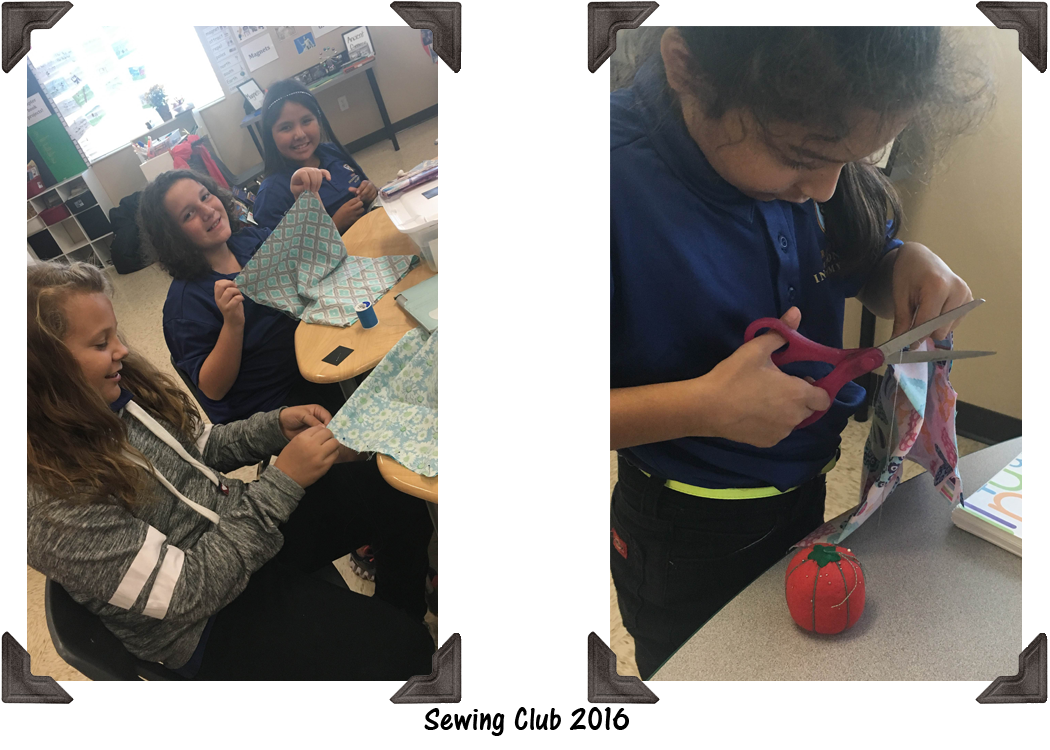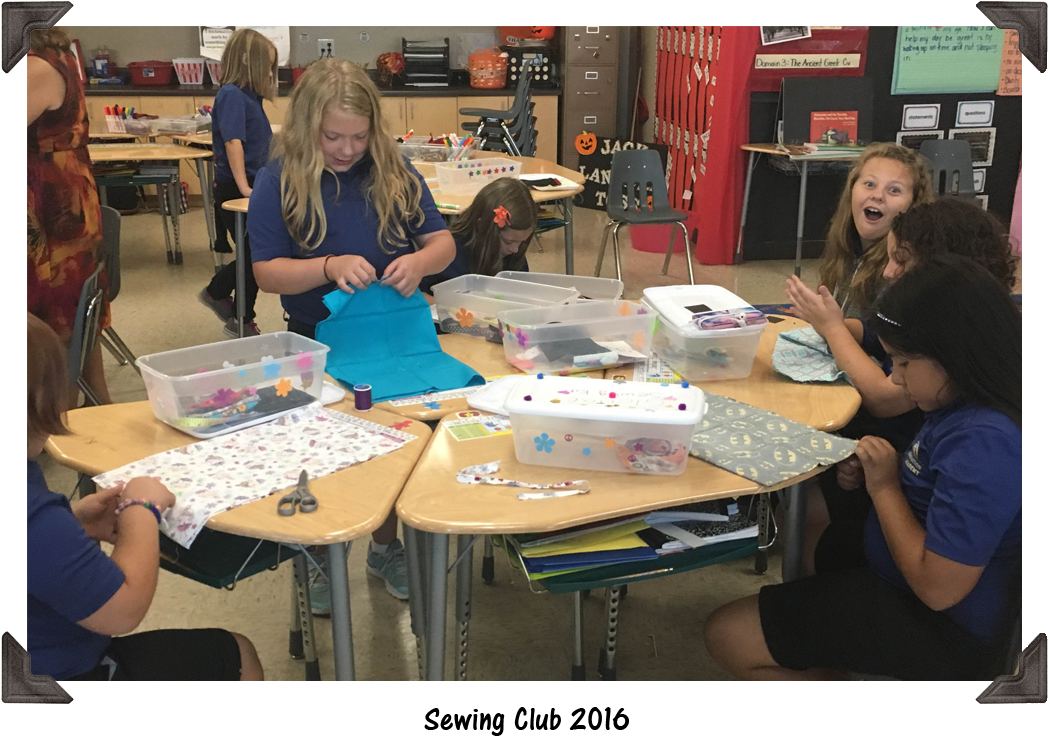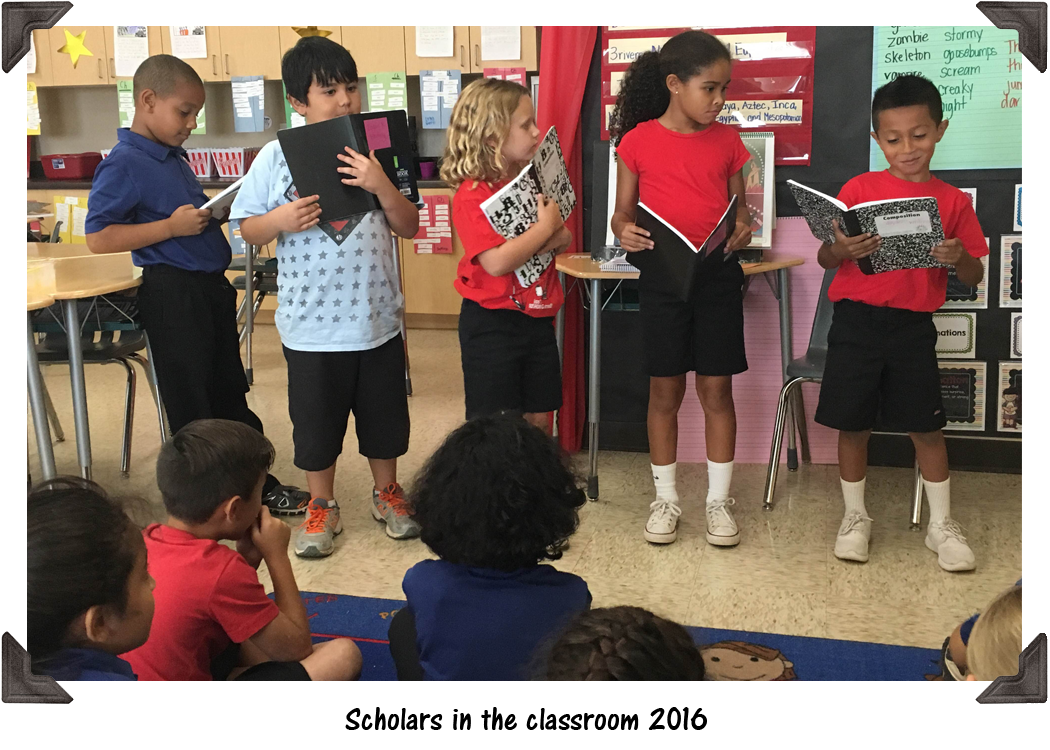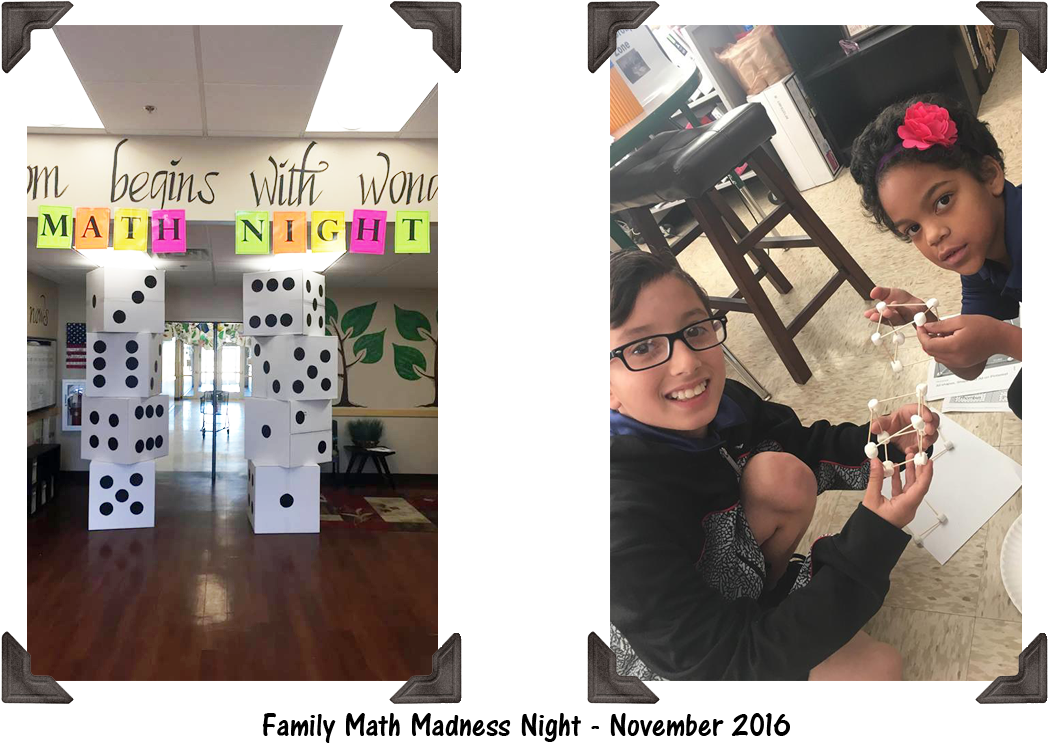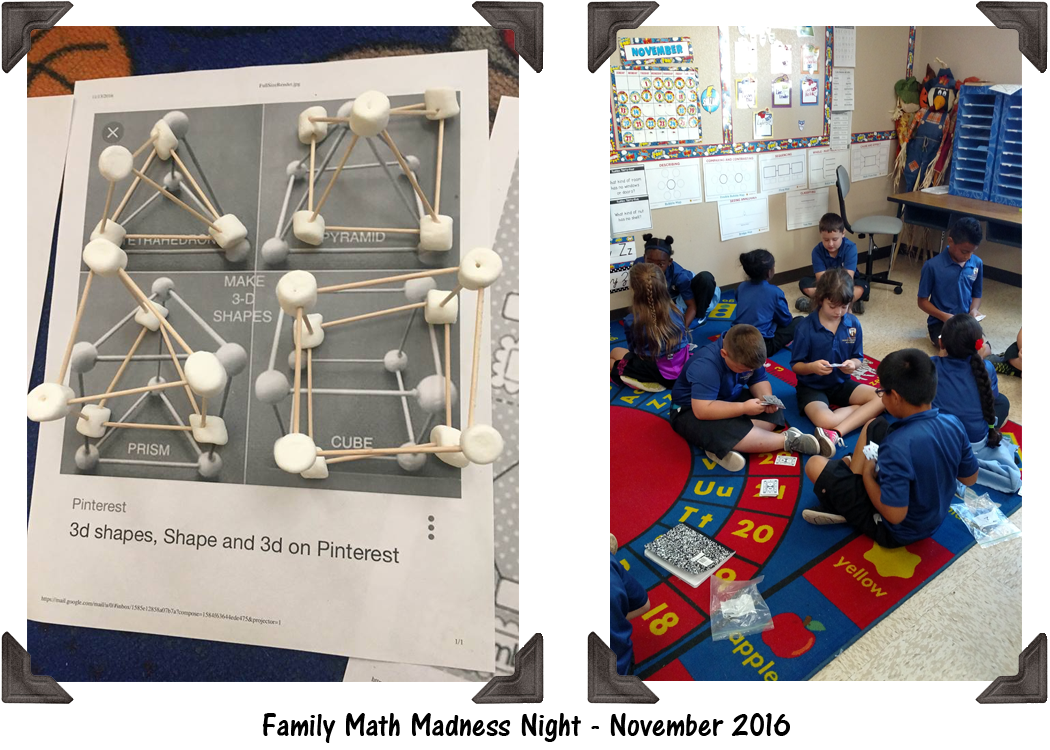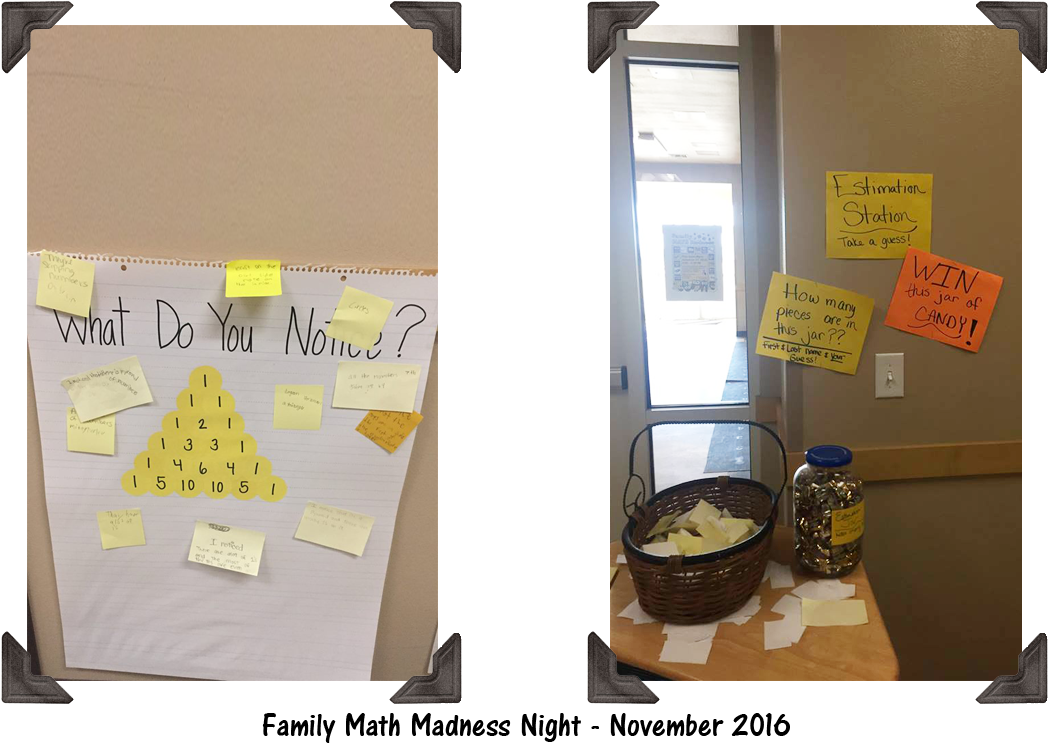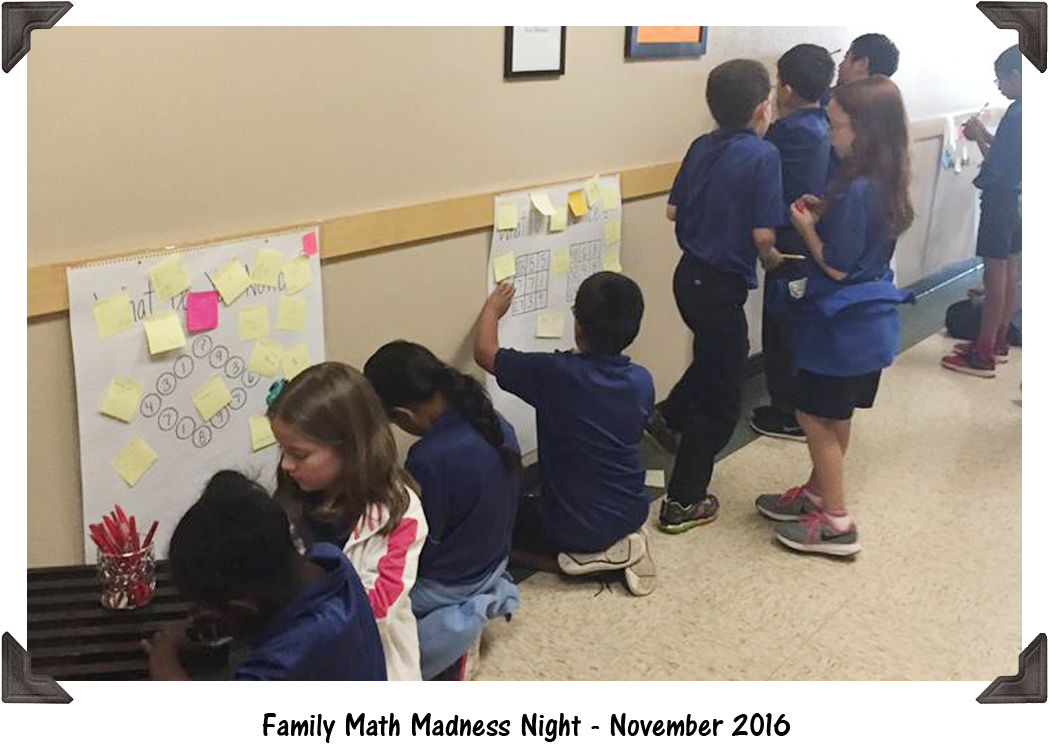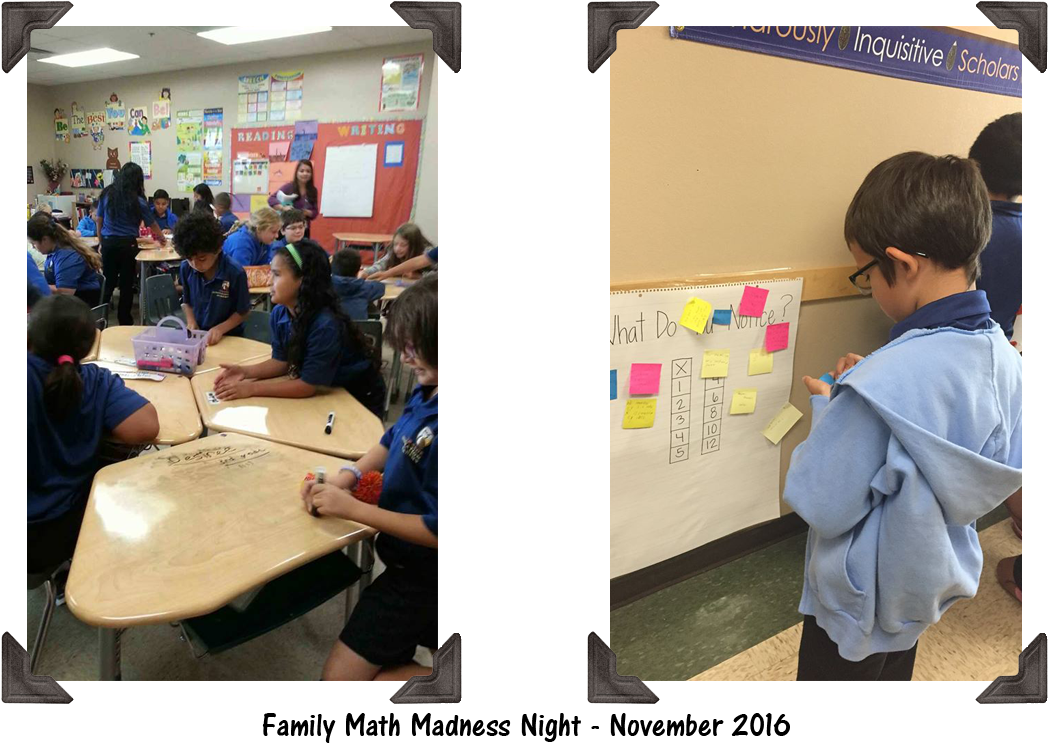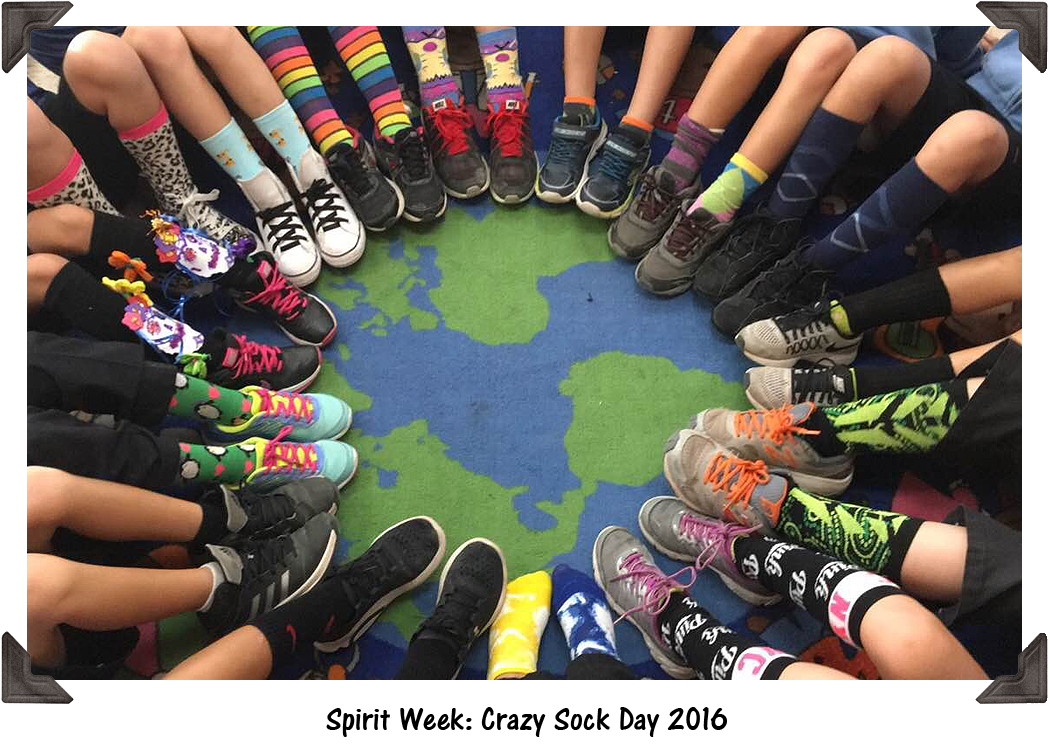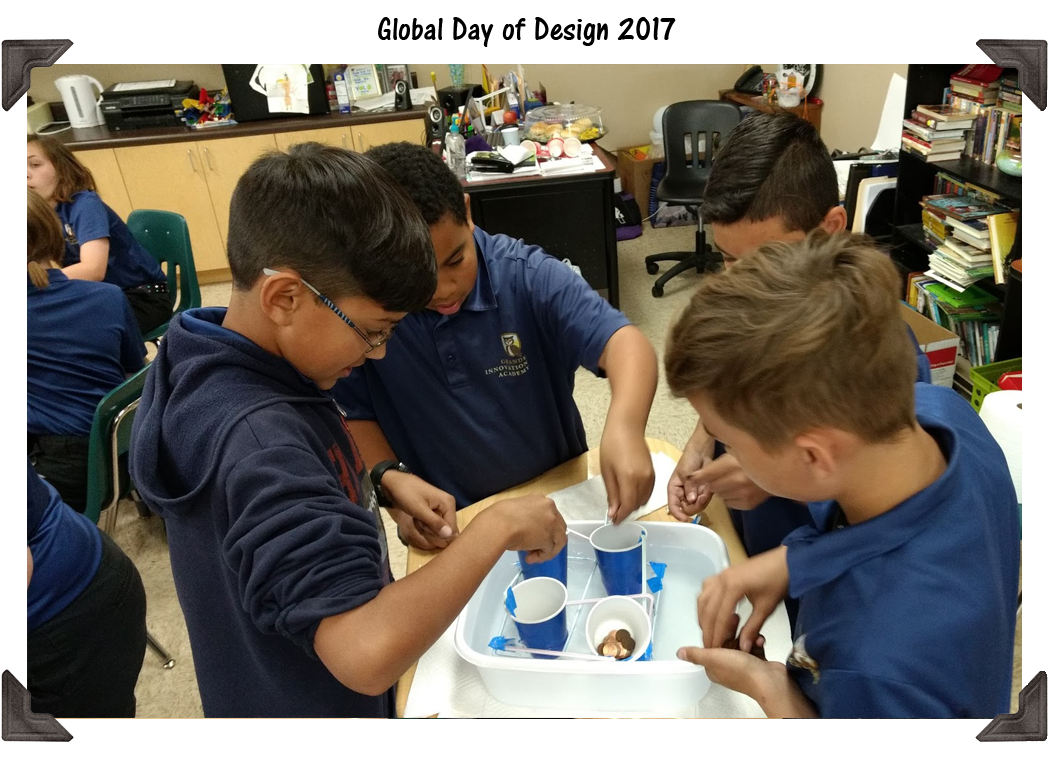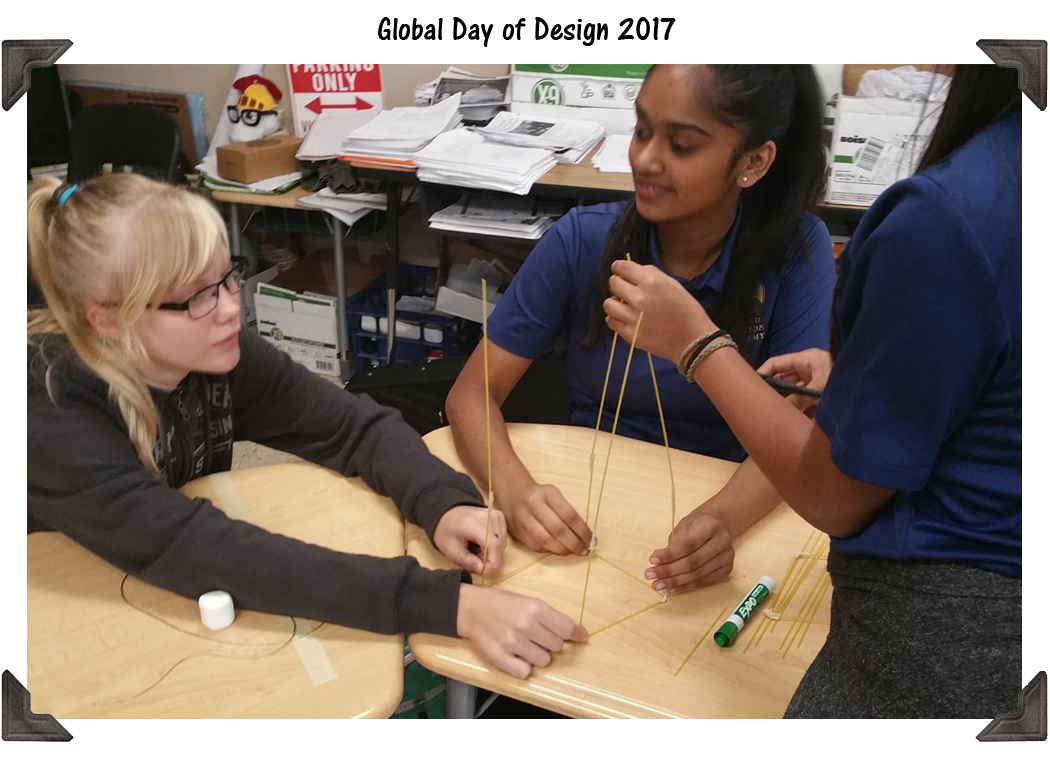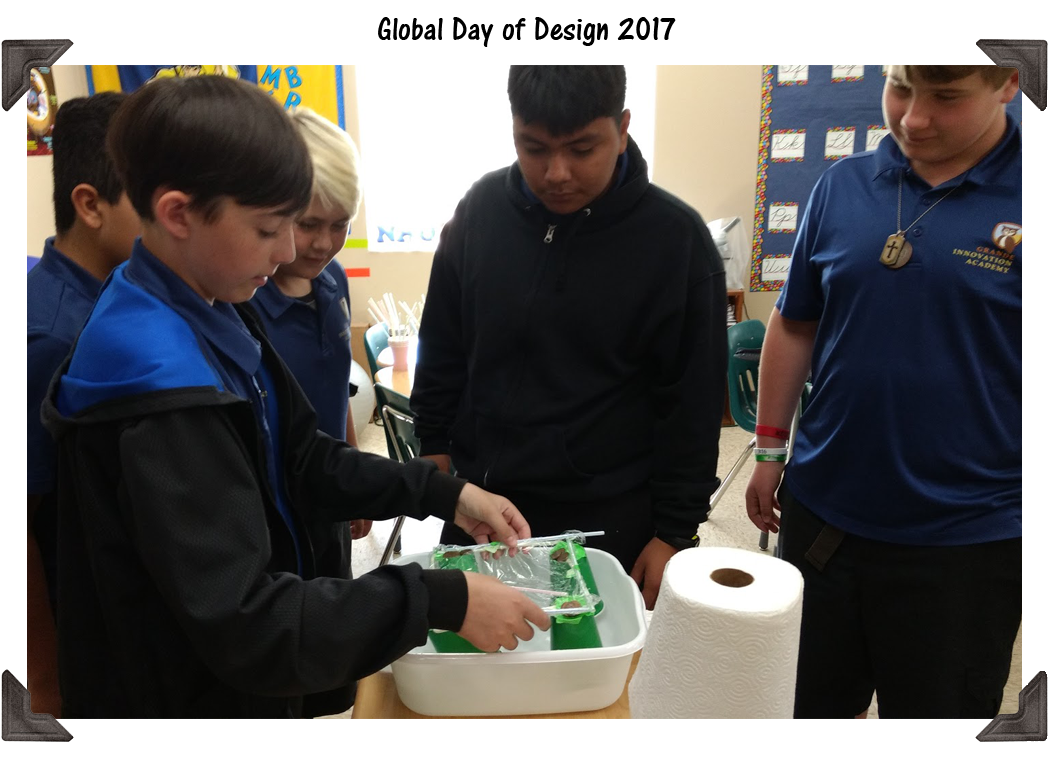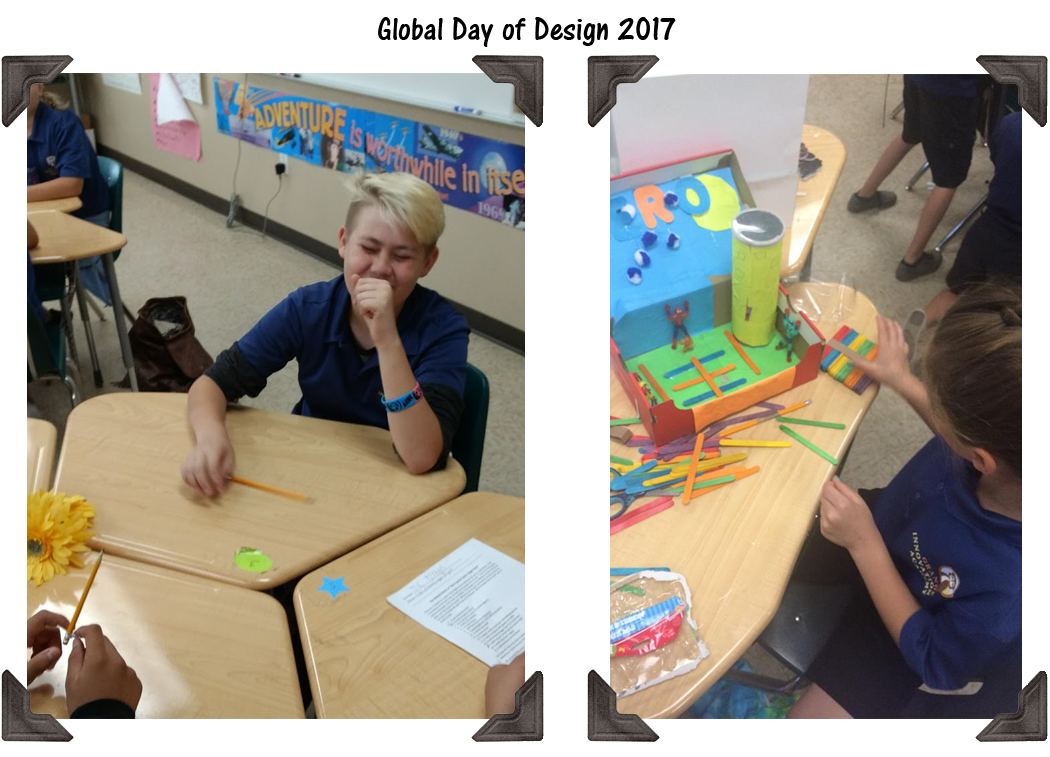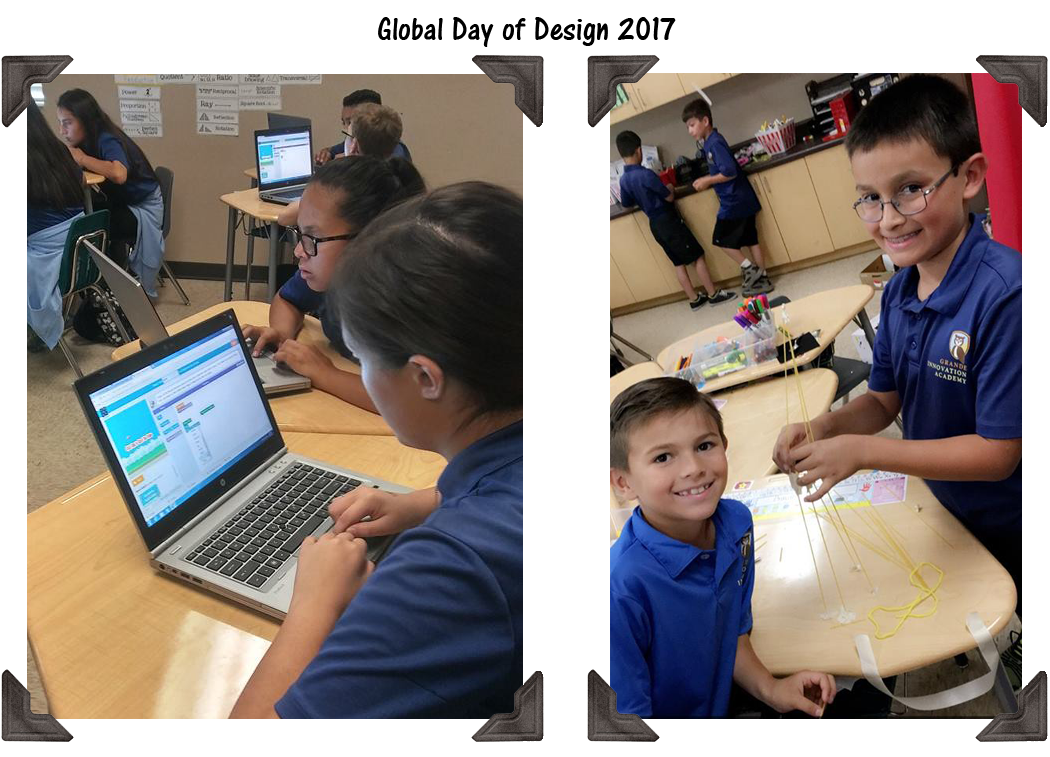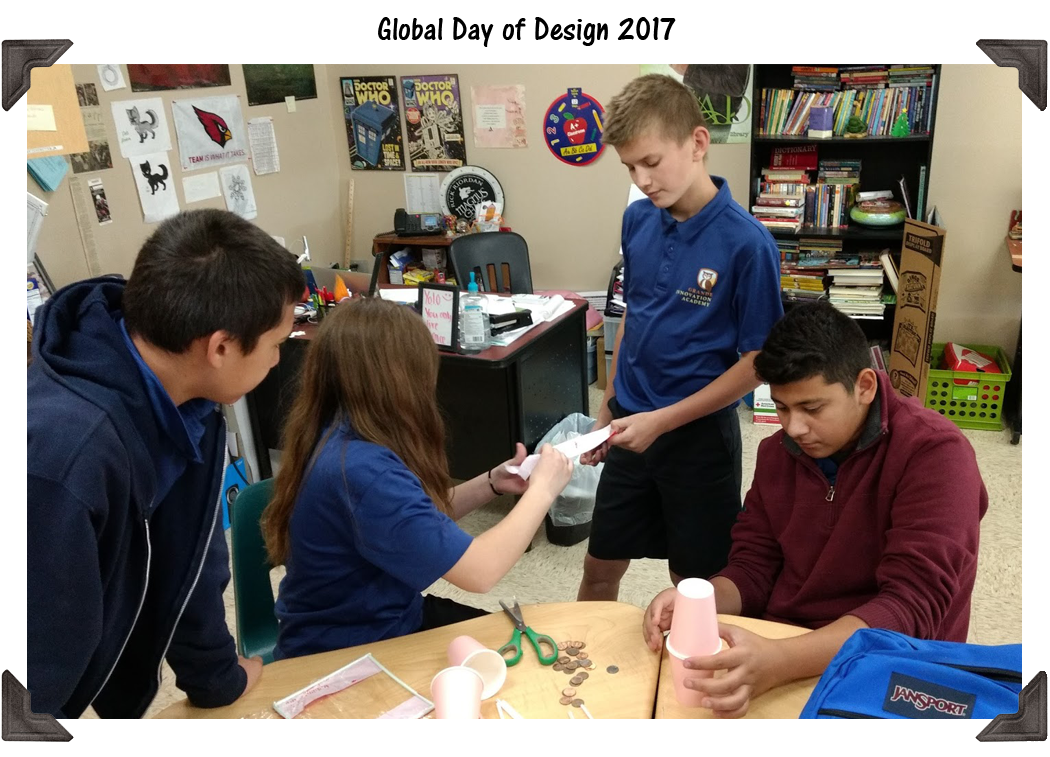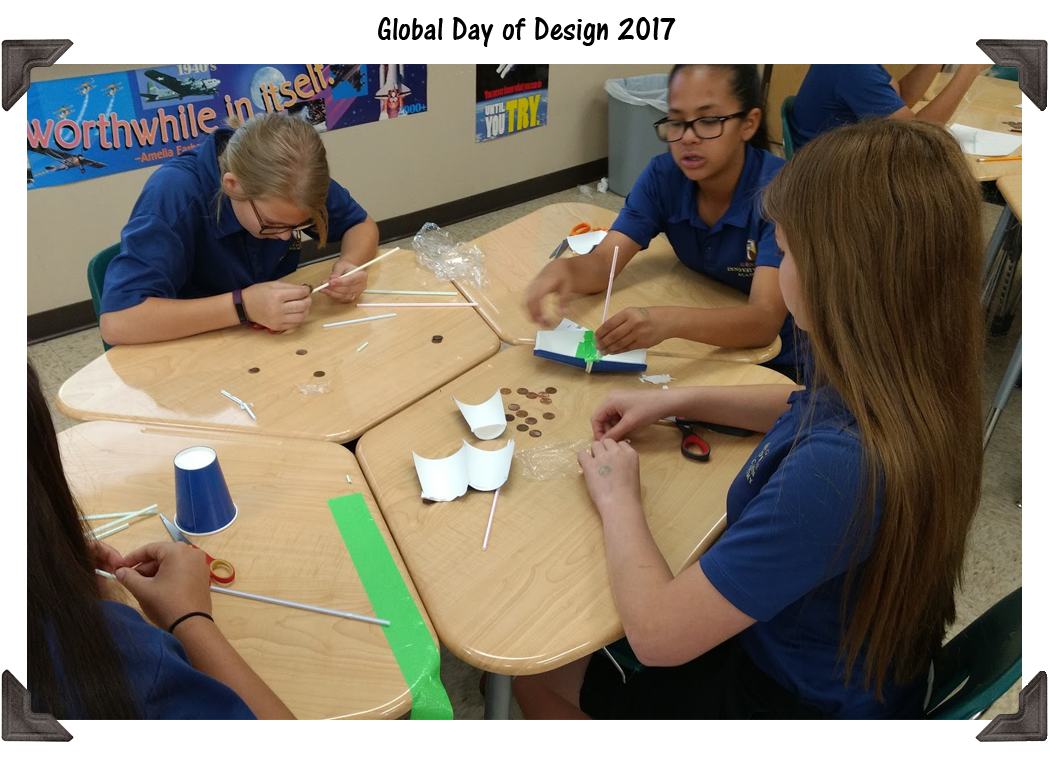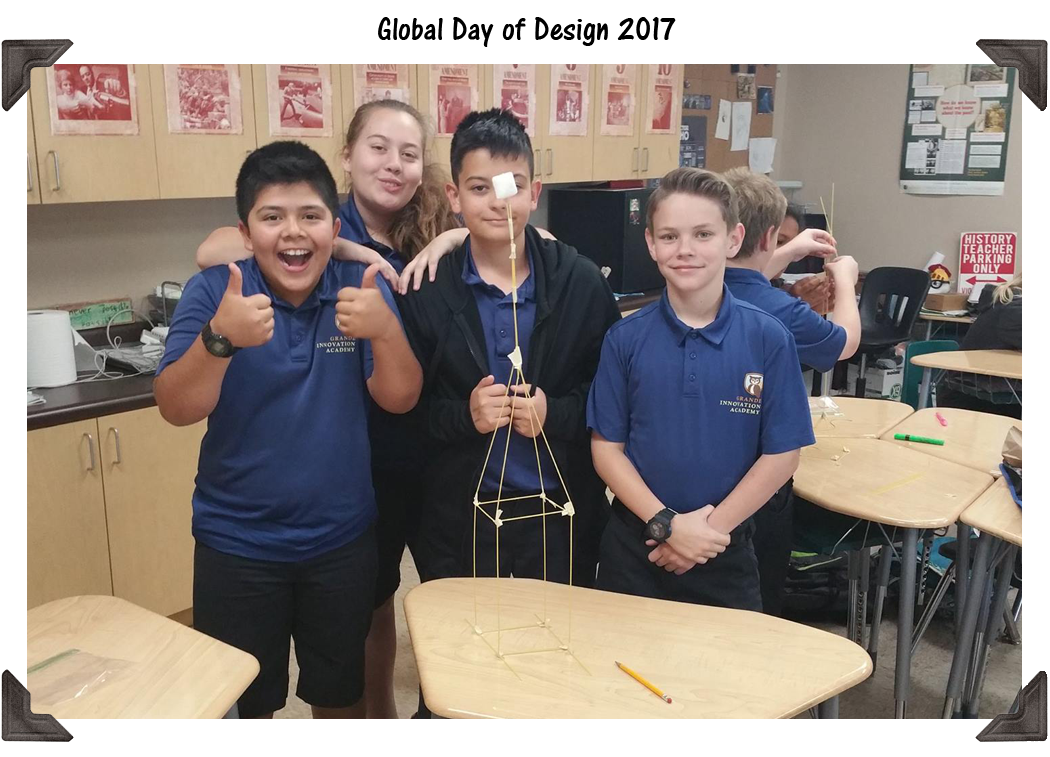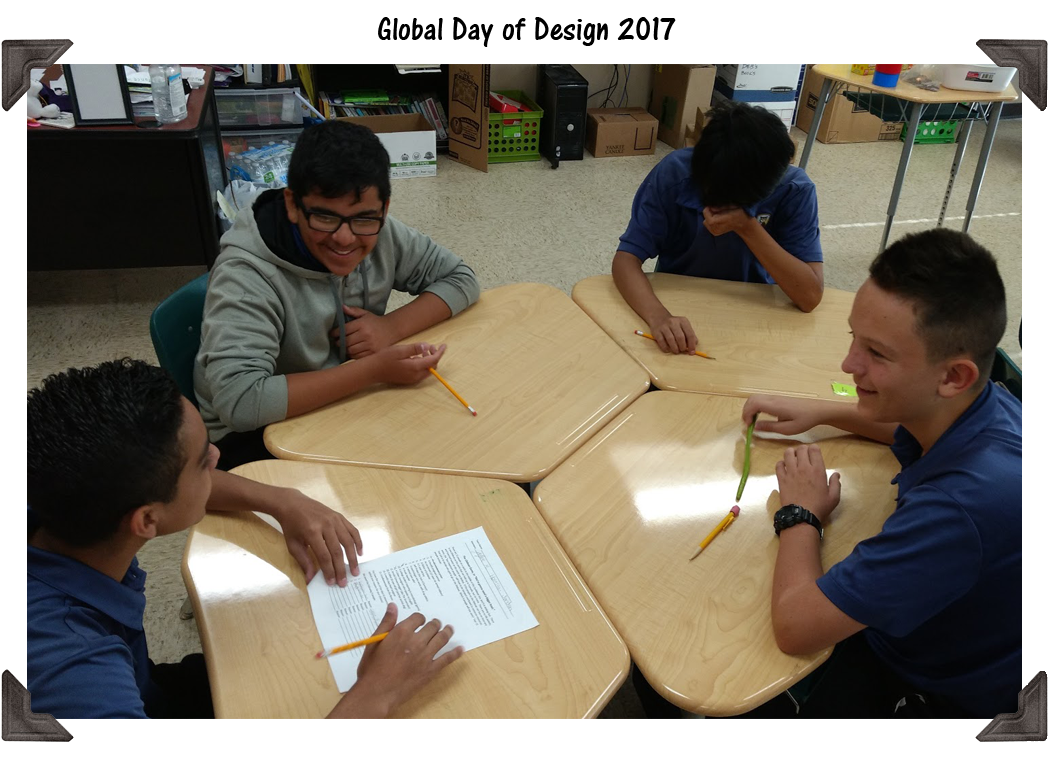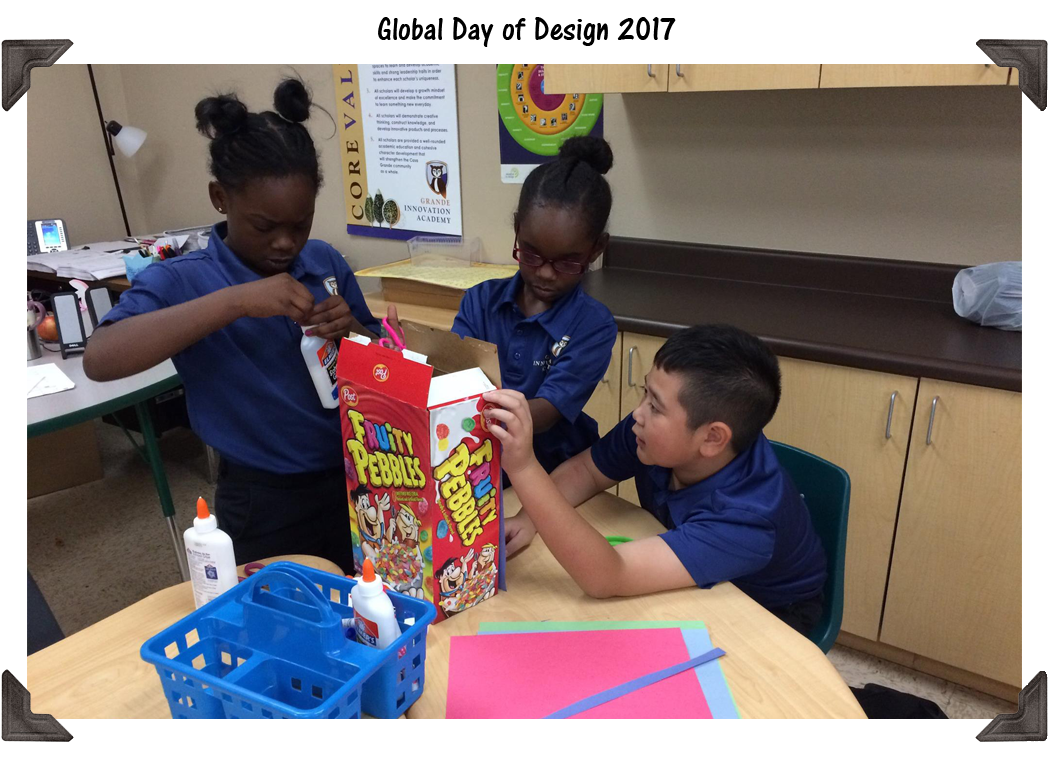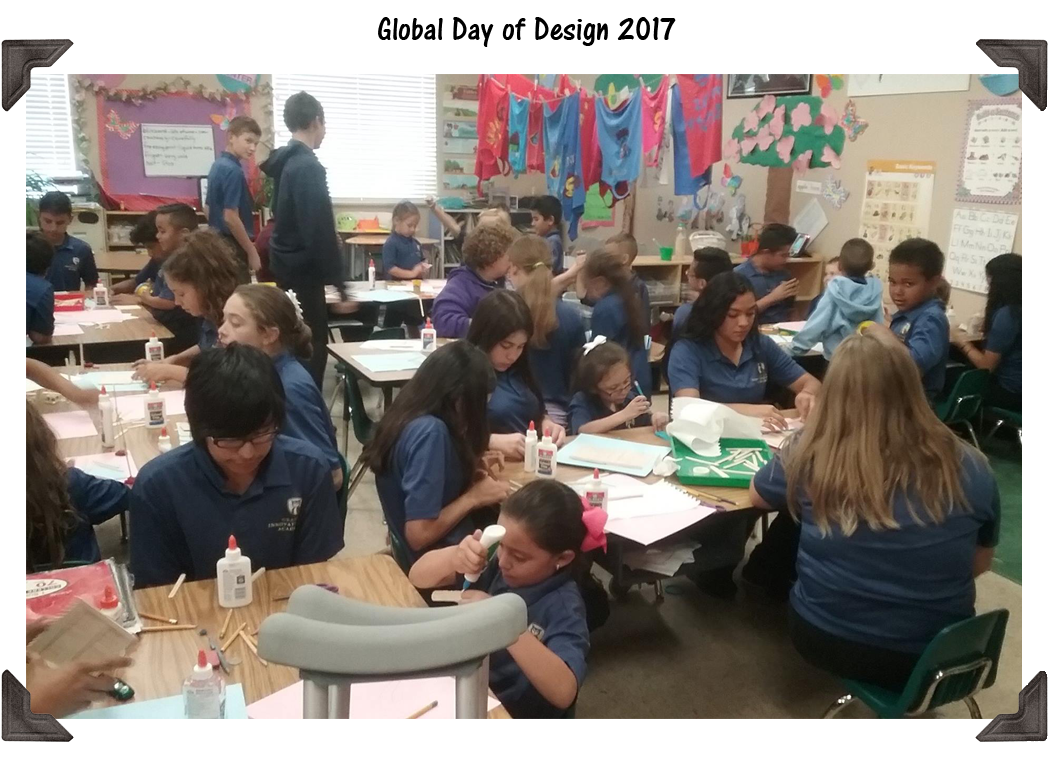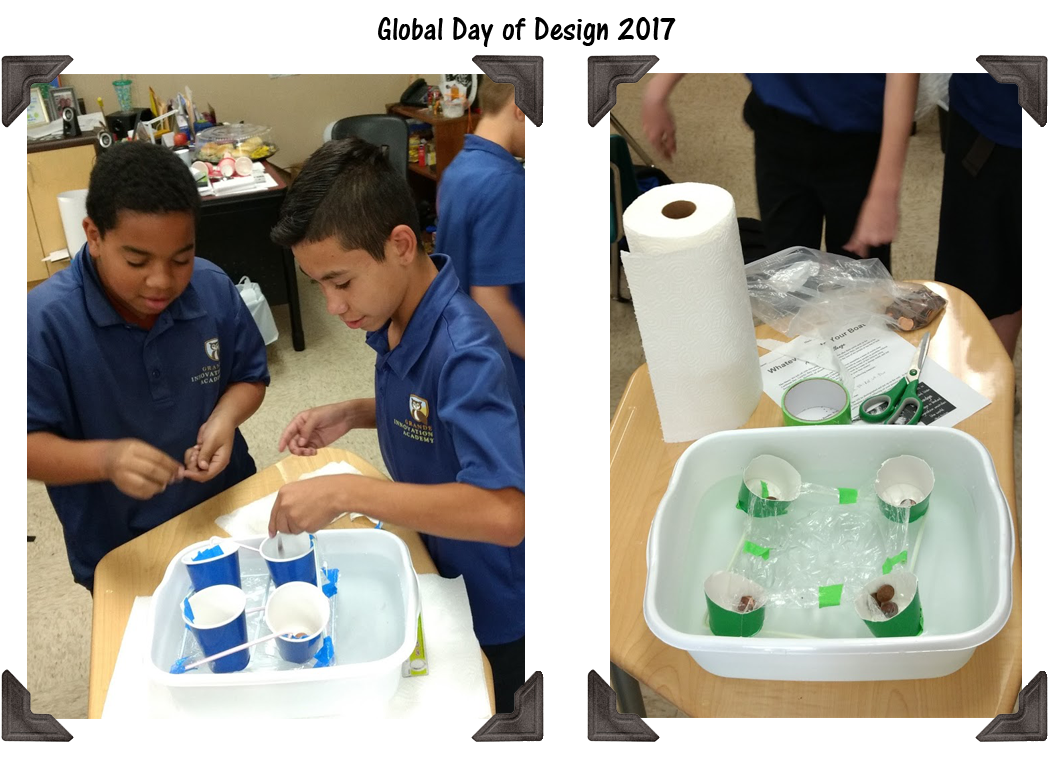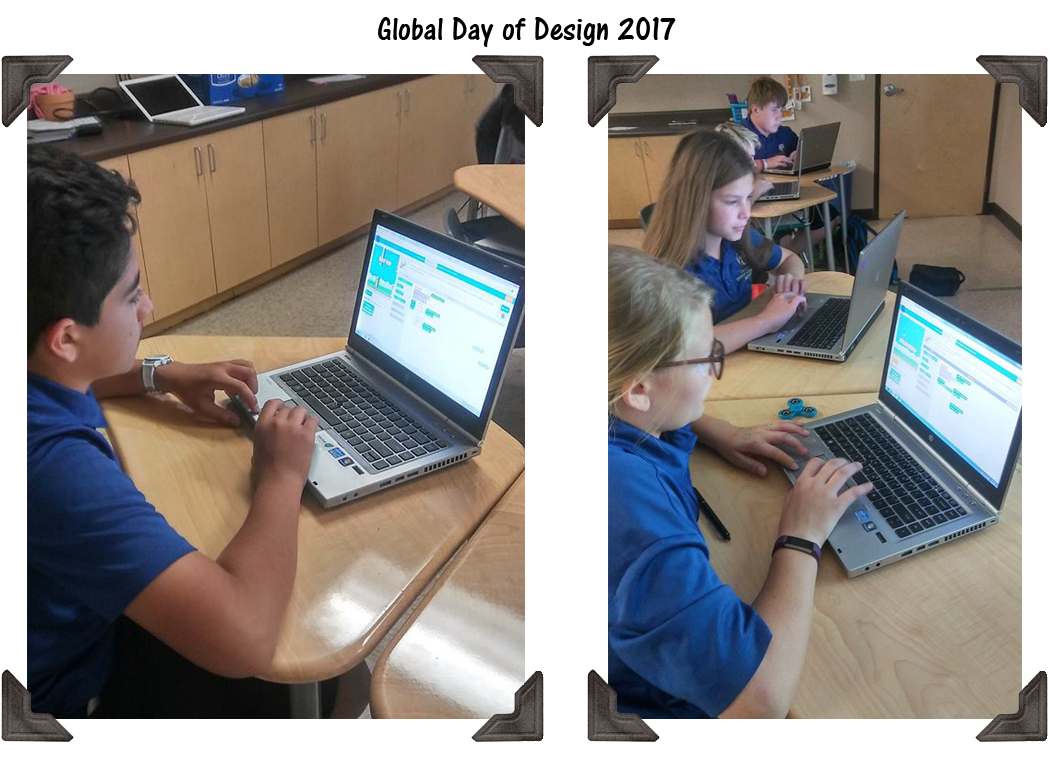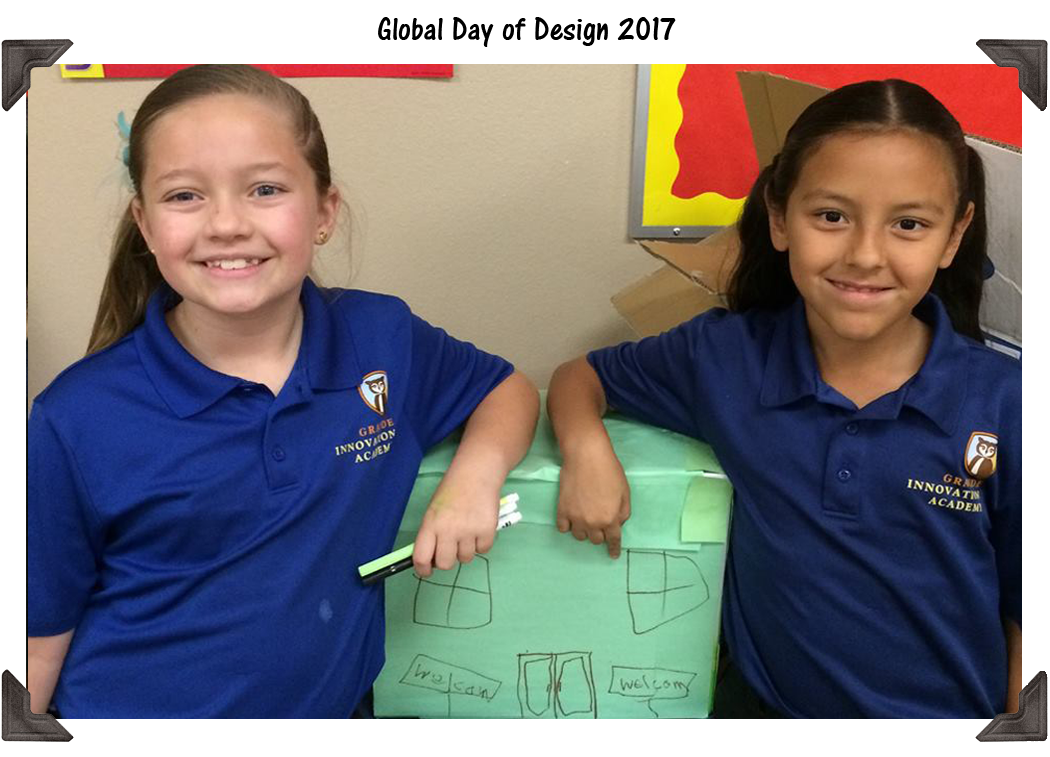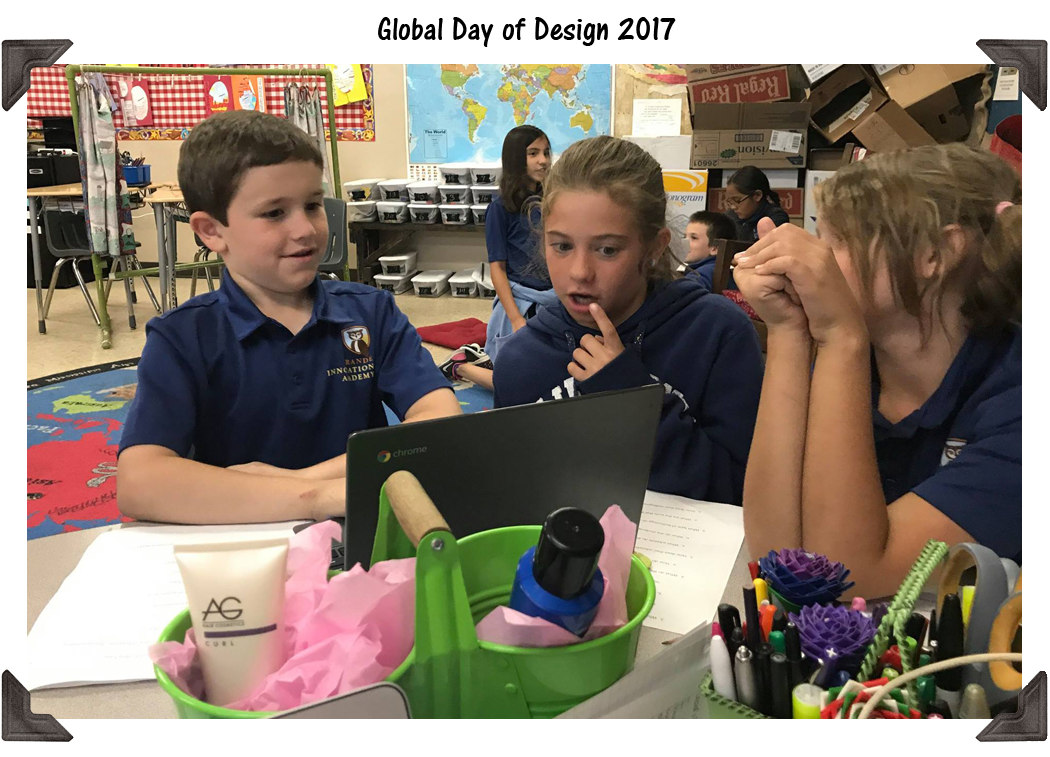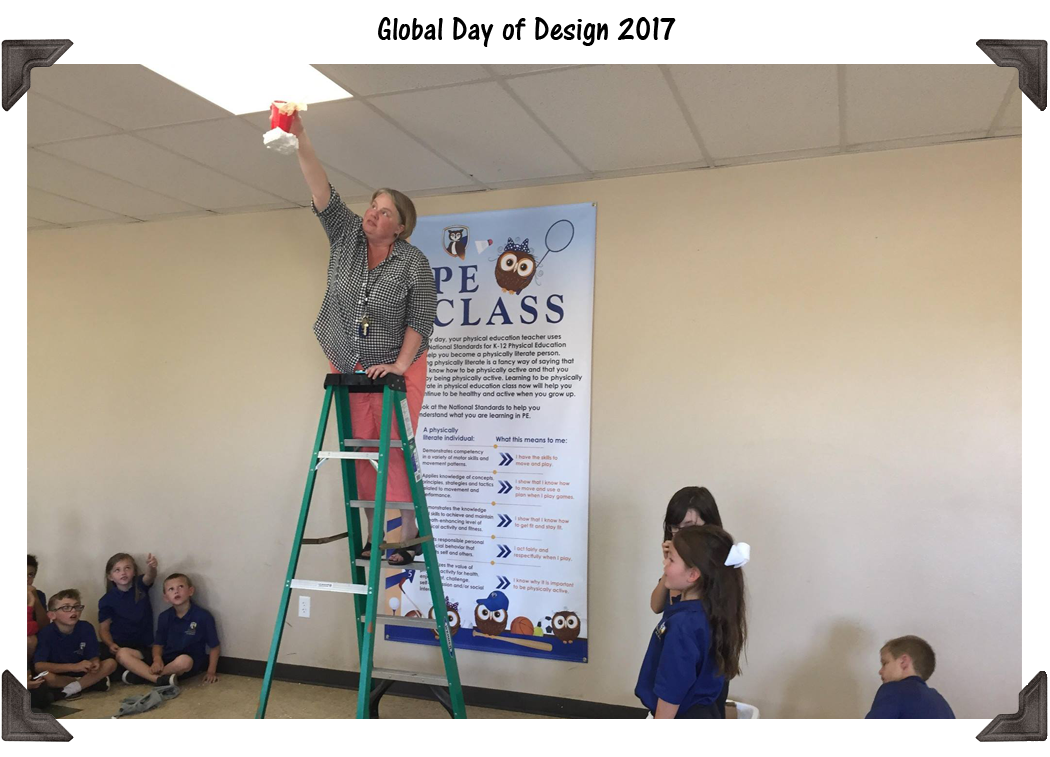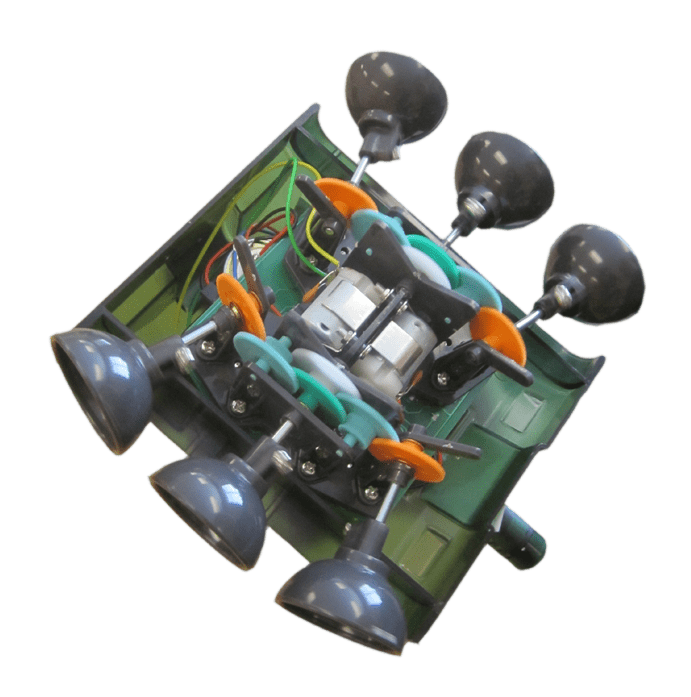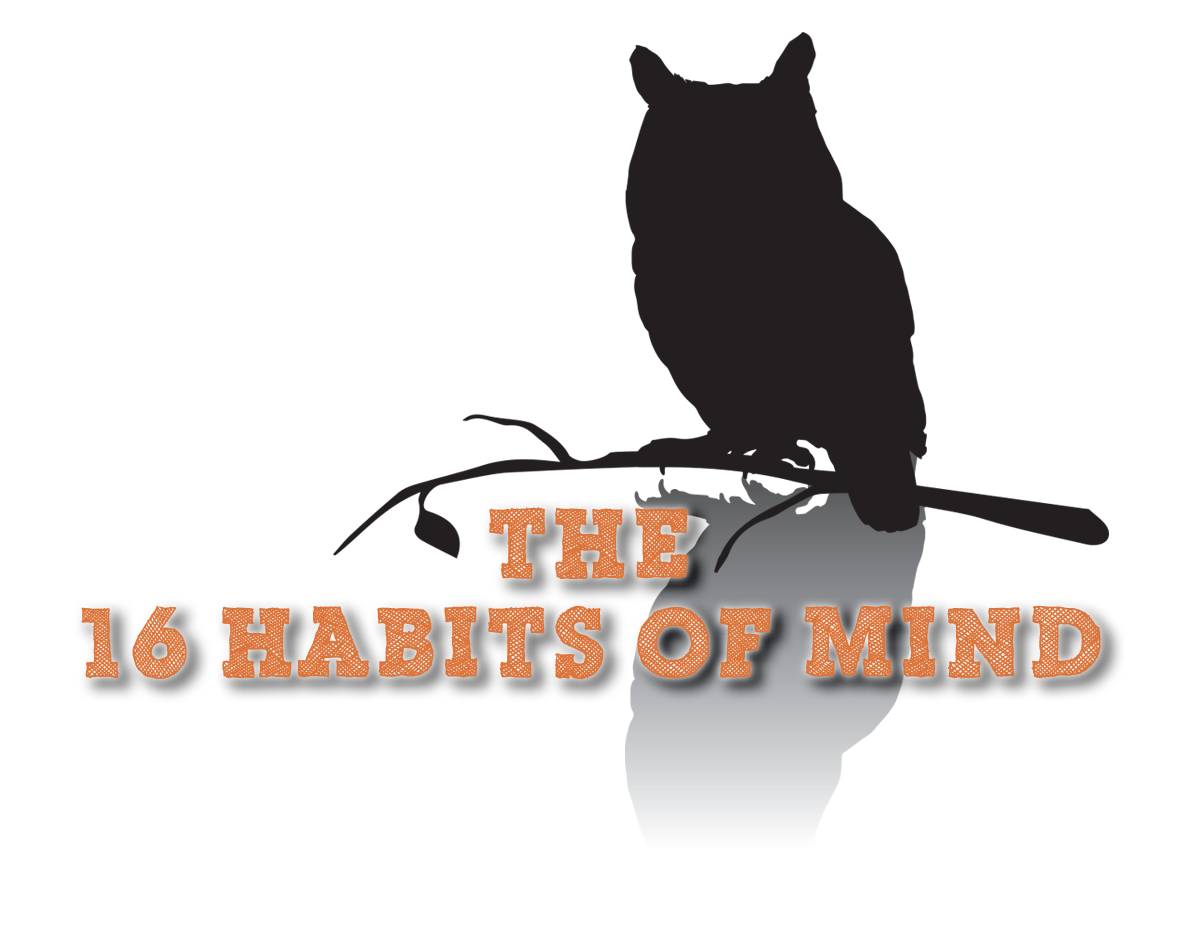Meet Our Executive Director

Patty Messer
Executive Director
Welcome to the Grande Innovation Academy, Casa Grande Campus. We are excited to be able to serve scholars from the Pinal community. As we bring scholars together from this area we hope each scholar will develop a strong sense of pride in our school and a desire to learn. We strive to develop open-minded, principled and inquisitive scholars who will have the tools to move into the Middle Years and beyond with ease.
Our culture is designed around a set of core values that puts a focus on teamwork and high achievement. We promote an environment of excellence where scholars will be able to challenge themselves and each other. We will infuse technology into all aspects of our program as we push students to academic achievement. In addition we will promote physical fitness, implement Spanish as a second language and the arts. As we strive for excellence together we will prepare our scholars to enter our increasingly global community. Thank you for joining us in our academic adventure.
Sincerely,
Mrs. Messer, Executive Director, The Grande Innovation Academy
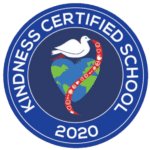
Current Happenings
Events
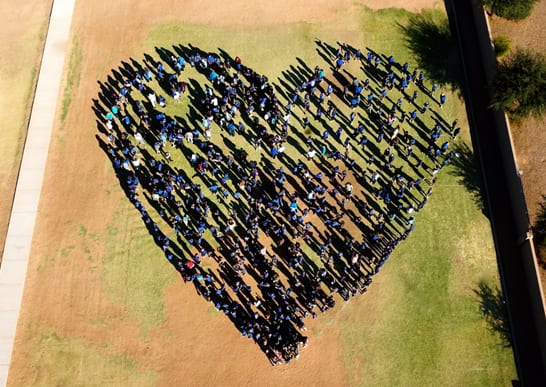
Family events are an important component to The Grande Innovation Academy’s mission and vision of creating a better Casa Grande community. We encourage families to look at the dates and mark their calendars now so we can count on a great turn out.
In the News
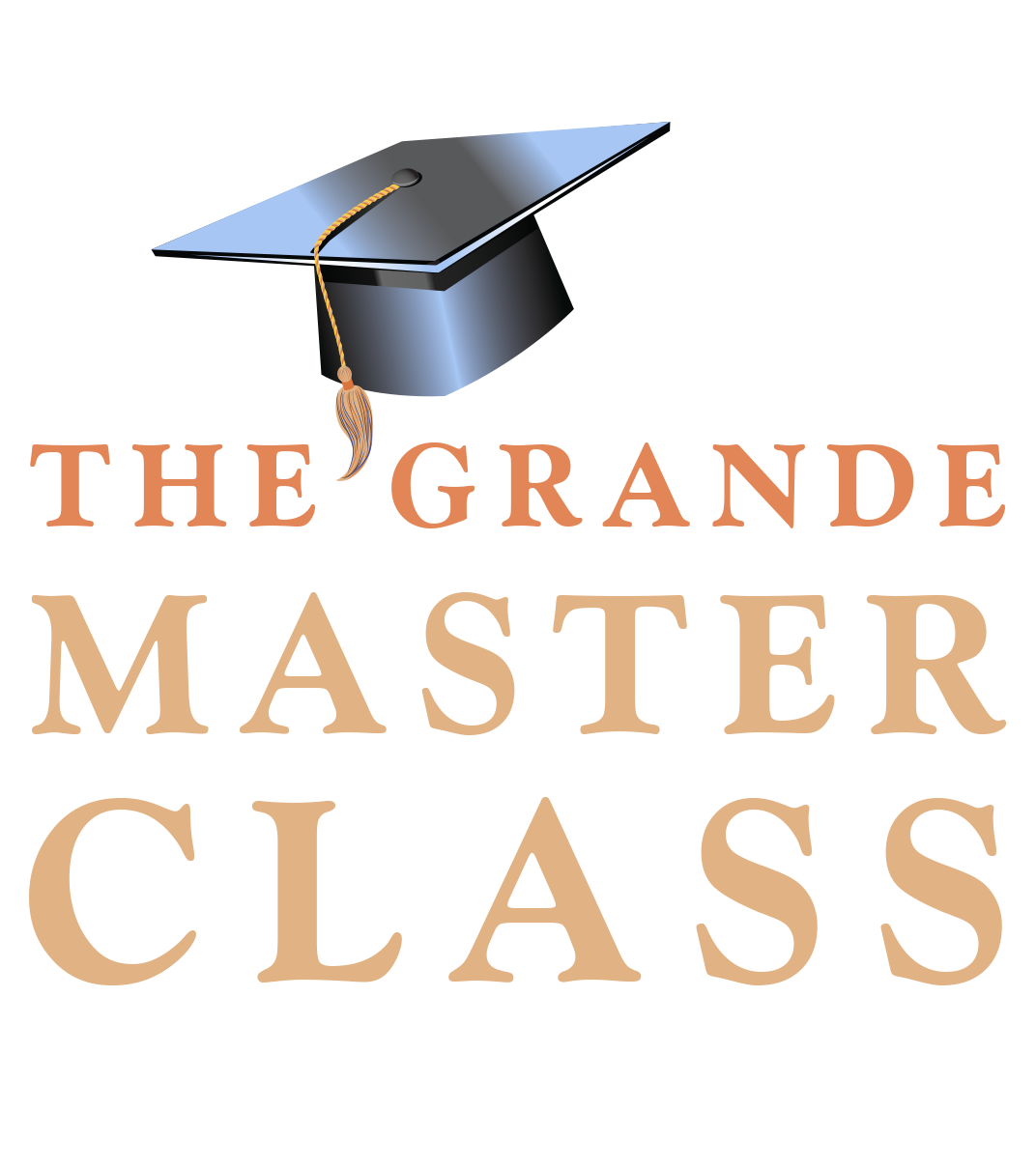

We are what we repeatedly do.
Excellence, then, is not an act, but a habit.
Aristotle

The Grande Scrapbook
STEAM Summer Camp 2020
Casa Grande Electric Light Parade
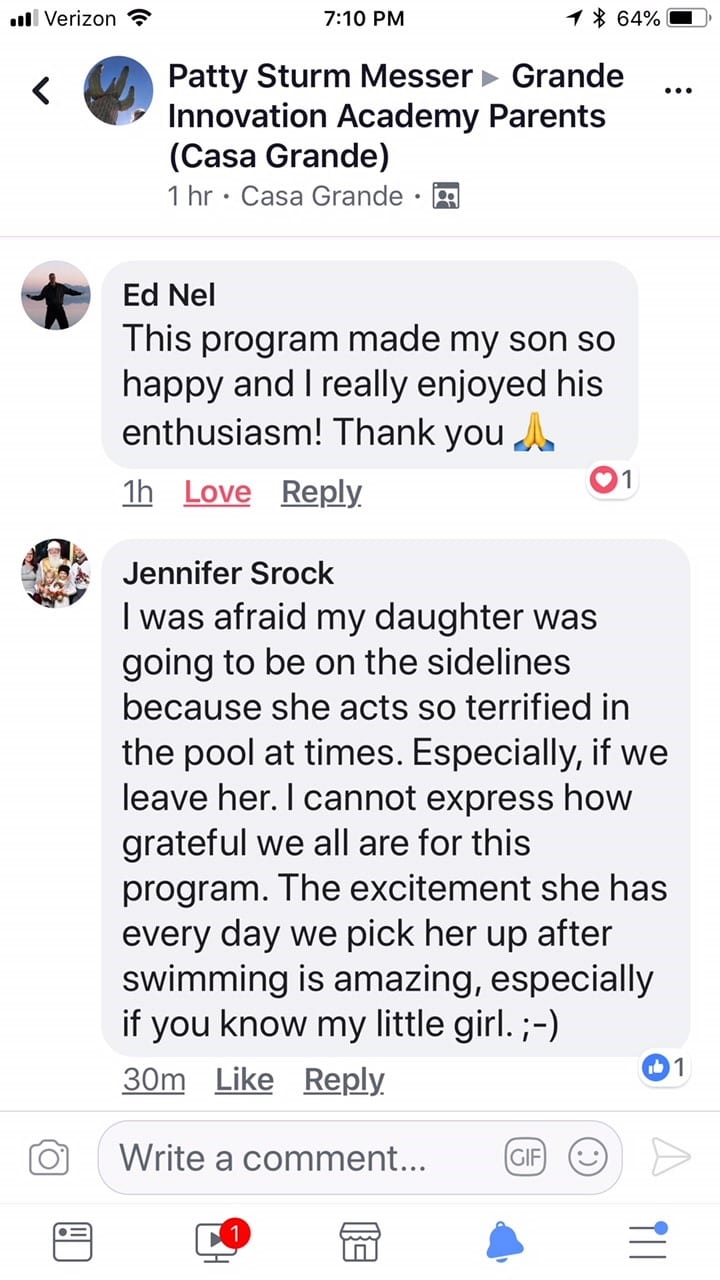
The Grande Innovation Academy Curriculum
Why is curriculum important?
A curriculum is the backbone of every school. With the adoption of state standards and preparing scholars for college, expectations have increased and The Grande Innovation Academy has stepped up. With our reading curriculum, we are encompassing higher-level nonfiction text that also aligns with the Core Knowledge sequence that supports cultural literacy. ELA is balanced with discussion pieces as well as the listening and learning strand that enables students to connect what they read with what is happening in the world around them.
Our Math Curriculum is rigorous, aligned to standards, and promotes deep thinking about math in ways that strengthen the basic skills but expand problem-solving abilities. Big Ideas Math is a research-based program providing a focused, coherent curriculum that follows a balanced instructional approach. The program balances conceptual understanding with procedural fluency, as research shows that students benefit from equal exposure to discovery learning and scaffolded instruction. We encourage you to learn more at Big Ideas Learning at: Big Ideas Learning.
Our many programs are used to develop a well-rounded educational experience that fosters growth and independent thinkers. As our core values state: All scholars will get an education that will strengthen the local community.
Writing in grades K through 8th uses Being a Writer to The Writing Revolution https://www.thewritingrevolution.org/
Our Math Curriculum is rigorous, aligned to standards, and promotes deep thinking about math in ways that strengthen the basic skills but expand problem-solving abilities. Big Ideas Math is a research-based program providing a focused, coherent curriculum which follows a balanced instructional approach. The program balances conceptual understanding with procedural fluency, as research shows that students benefit from equal exposure to discovery learning and scaffolded instruction. We encourage you to learn more at Big Ideas Learning at: Big Ideas Learning.
The Core Knowledge Sequence is a detailed outline of recommended content knowledge and skills to be taught in language arts, history and geography, visual arts, and science from kindergarten through grade eight. The Sequence complements the general skills and objectives found in state and our curriculum guides.
College and Career Path

The Arizona Department of Education has put together a checklist for the parents and students to review to assure they’re on the right path. Are scholars taking challenging courses? Are they keeping a folder with their best work? Are they adding money to a college savings account?
At every grade level, scholars should be preparing for their future Click here for a K-12 College and Career Checklist.
“Building a culture of trust frees people to act on their leadership intuition and the ability to move at a faster pace.“ – Angela Arhendts
The FABulous FABLABS
What are they and why is everyone so excited about them?
Simply put, a FabLab is an interactive, hands-on, and do-it yourself fabrication laboratory which allows for students to take ownership of their project and through intrinsic creativity, realize they’re capable of many things.
The idea for FabLabs was sparked by a course called “How to Make (Almost) Anything.” offered at MIT’s CBA Department (Massachusetts Institute of Technology’s Center for Bits and Atoms). The class, which was conjured up as a “how to” course for 10 engineering students, drew in 100 students studying art and architecture as well as engineering.
The FabLab’s mission is “for ordinary people to not just learn about science and engineering but actually design machines and make measurements that are relevant to improving the quality of their lives.”
FabLabs exist all around the world. From Costa Rica to Ohio, these small-scaled laboratories are popping up with laser printers, circuit boards, industrial-grade fabrication tools, electronics, software, and magnets needed to turn anything a child can dream up into a reality. The benefits of FabLabs include exposing students to high-level technology, inculcates a sense of belonging to the community in which they live, and helps develop their imagination, dexterity, cognitive strengths, and creativity.
By learning to think outside the box, the knowledge, confidence, and independence students gain will help them with future challenges and change the way we use technology.
CLICK HERE to learn more about the FabLab Exchange. For more information regarding the Grande Innovation Academy’s FabLab, please contact our front office.
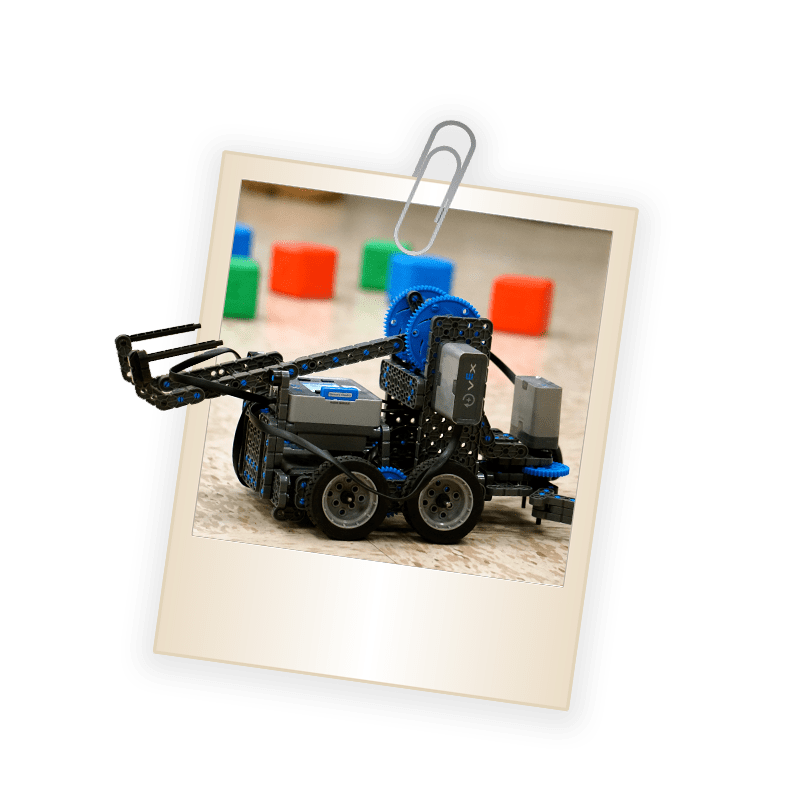
SMALLab Learning
The Grande Innovation Academy is the first school in Arizona to incorporate SMALLab Learning.
Today, students are growing up in a technology-rich environment and are finding it more difficult to pay attention in a passive learning environment copying figures from the board.
Interactive learning is a more hands-on, real-world process of relaying information in classrooms. While passive learning relies on listening to teacher lectures or rote memorization of information, figures, or equations, interactive learning invites students to participate in the conversation, through technology or through role-playing group exercises in class. Interactive learning engages students who are raised in hyper-stimulated environments. It sharpens their critical thinking skills which are fundamental to the development of analytic reasoning.
What is SMALLab?
SMALLab is an embodied learning environment. Motion-capture technology tracks our scholars’ 3D movements as they learn in immersive, interactive space. For example, as scholars are learning about a physics concept like velocity, they can hear the sound of their actions getting faster. They can see graphs and equations that represent their motions in real-time. They can feel the weight of an object in their hand as they interact in real physical space.
Why SMALLab?
Cognitive scientists have discovered compelling evidence that nearly all of our experiences are in some way grounded in the body. This suggests that the embodied experiences can lead to more effective learning – learning that is kinesthetic, collaborative, and multimodal. SMALLab Learning is at the forefront of this exciting new field of embodied learning.
Explain what Embodied Learning is all about?
Embodied learning is an emerging field that blends human-computer interaction with learning sciences. Cognitive scientists have discovered compelling evidence that most language and cognition is grounded in a bodily experience. This suggests that embodied; physical activities can lead to more effective learning. Embodied learning has the potential to transform K-12 learning in schools, museums, and community centers.

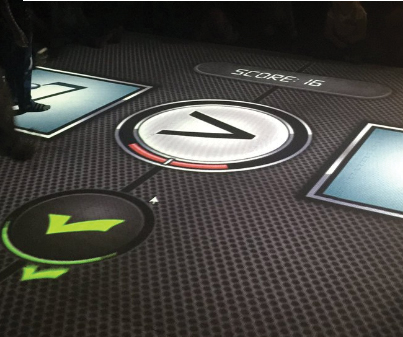
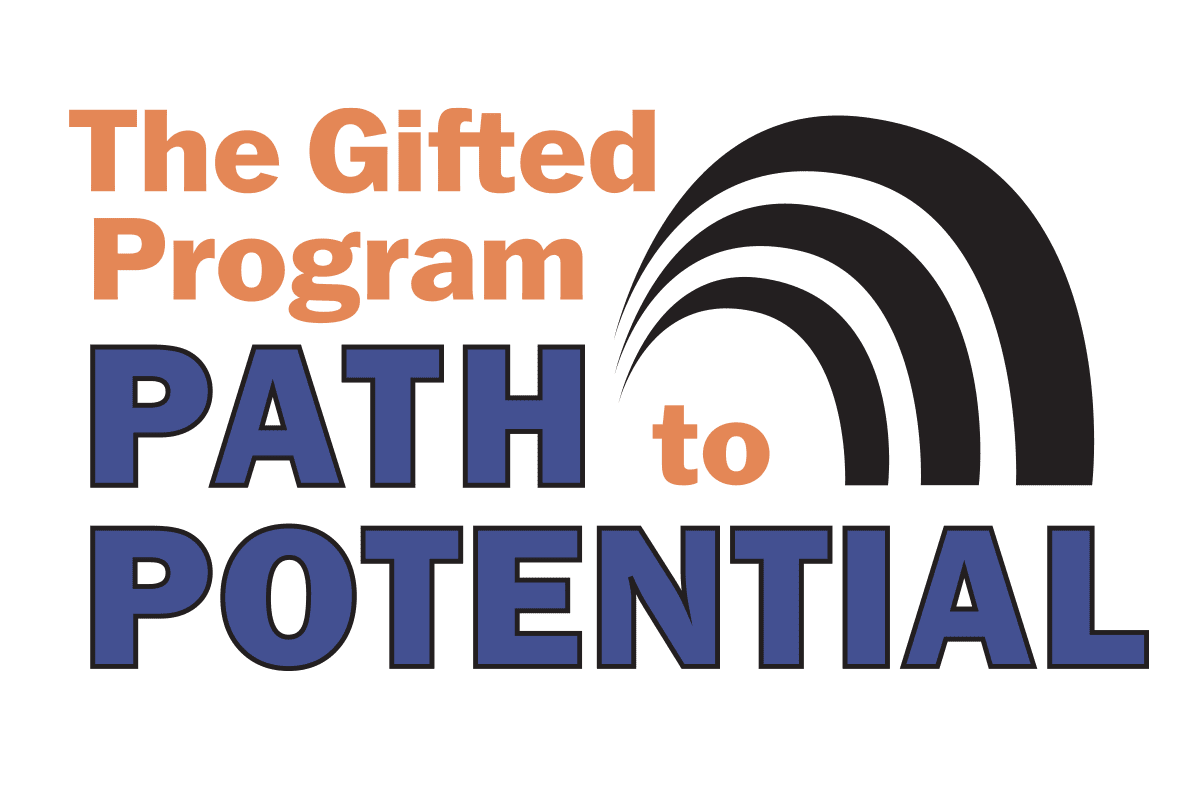
The Path-to-Potential Gifted Program allows gifted scholars to delve deeper into content as they develop critical thinking skills, enhanced with our unique curriculum structure. Innovation and creation are the themes for these Scholars while they invent and solve real world problems in the Fab Lab. The Path-to-Potential Gifted Program is a one of a kind program in Casa Grande and is only available at The Grande Innovation Academy. The teachers of the program are highly qualified and experienced in differentiated instruction.
K – 2nd Grade Cluster Scholars are grouped together with other scholars and one teacher that receives specific training in gifted education and differentiation. Based on assessment data, scholars will have curriculum compacted, accelerated, and will be challenged with high-level projects.
3rd, 4th and 5th Self-Contained Gifted Scholars receive instruction with one teacher that receives specific training in gifted education and differentiation. These scholars will have a personalized learning plan using school adopted curriculum and extension activities. Based on assessment data scholars may have curriculum compacted and accelerated through a year’s worth of curriculum in a shorter amount of time.
6th – 8th Honors Classes The middle school gifted scholars will receive core instruction that is differentiated based on ability and need. They will receive specific leadership opportunities, STEM and extended time in the SMALLab. Gifted middle schoolers also participate in Mock Trial taught by an attorney and math teacher, Mr. Wong.
Scholars will also participate in service learning:
- Feed my Starving Children
- Local Events
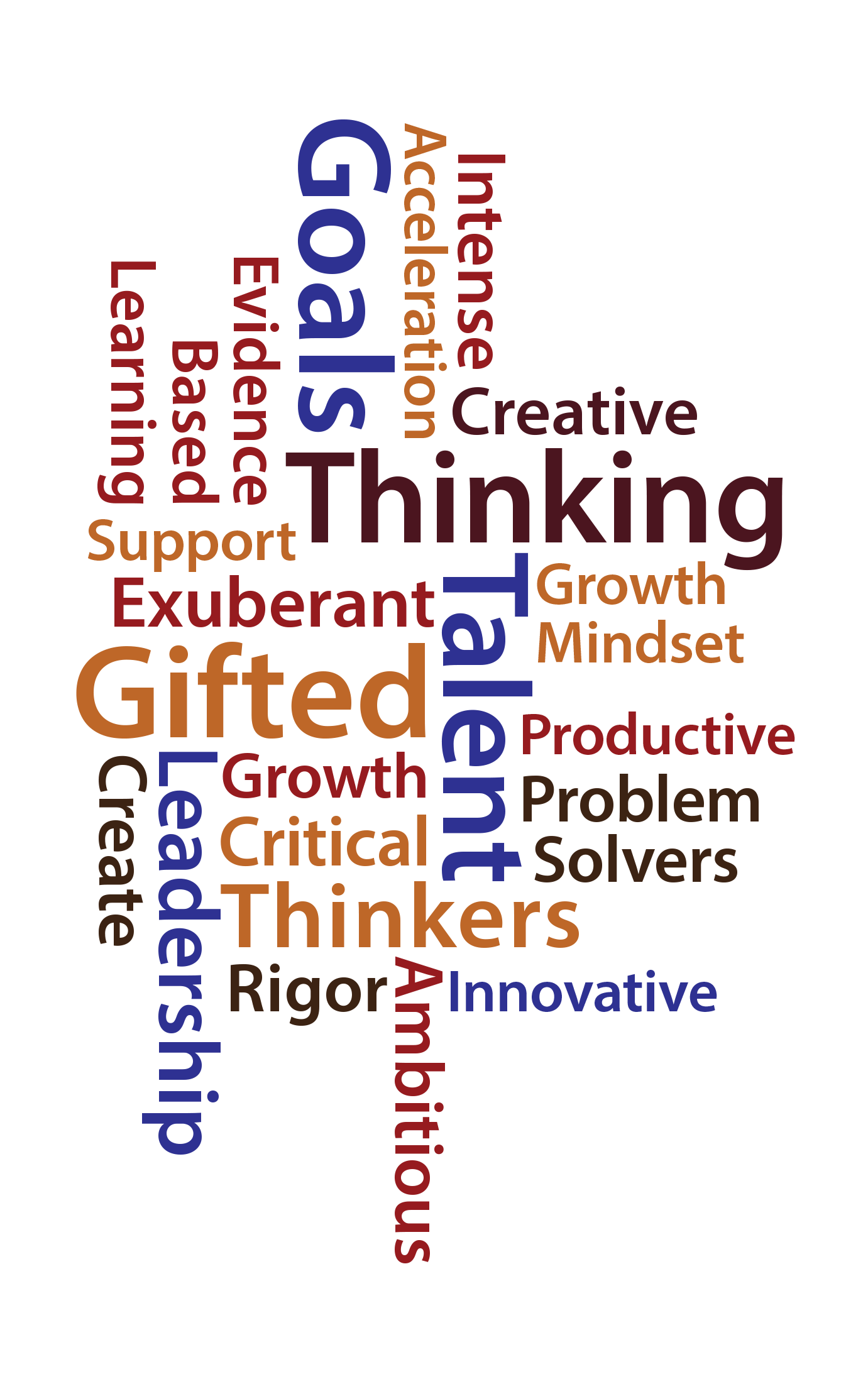
Gifted in the News
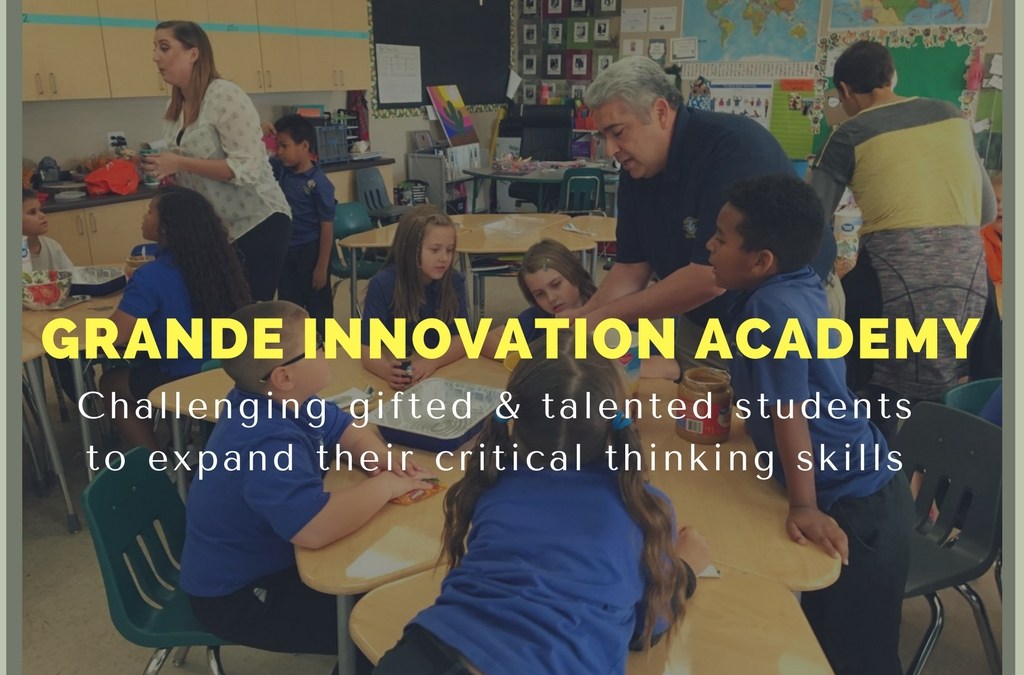
PUSHING G/T STUDENTS PAST RIGHT OR WRONG ANSWERS: GRANDE INNOVATION ACADEMY
A five year old boy pulled out a chair just as his aunt moved to sit down. She fell to the floor and broke her hip; incurring $11,000 in medical bills. The aunt sued her 5 year old nephew for battery. This story is a real-life legal case and is one that thinkLaw uses with students across the country.
Students begin by determining the answer to the question, “Should the boy be held liable for battery?” The discussion extends further with probing questions like, “What would the world be like if people could just go around suing 5 year olds?” And conversely, “What would the world be like if children couldn’t be held accountable for seriously injuring adults?”
To read the rest of the article about the Grande Innovation Academy, click here.
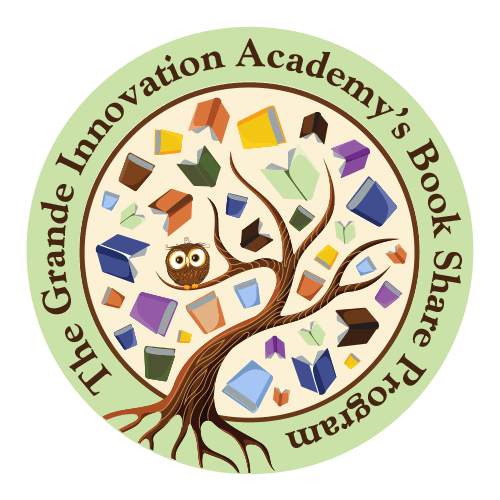
All Kindergarten-2nd Graders at the Grande Innovation Academy will participate in our Book Share Program. The program is simple!
- Each week your scholar will receive a book to take home.
- The book will be chosen based on your scholar’s reading level.
- As he/she grows throughout the year the book level will change.
- Scholars are very excited to receive a new title each week and share it with parents and other family members.
- The book must be returned each week in order for a new title to be handed out.
Five Strategies for Introducing New Read Alouds at Home
1) Look at the Book Cover or Title Illustration
Before you ever ask your scholar to just turn to page x to begin reading the story, you must prepare them for what they are to learn from the text.
Ask your scholar to study the cover of the book or the image on the title page. What do they notice? To get the conversation started, try asking the following kinds of questions:
- What is happening?
- Does it look like the story will be fiction (make-believe) or nonfiction (real)?
- When have you seen something like this before?
- Explain what the picture looks like.
- Does the illustration or picture seem to match the title of the story? Why or why not?
- What does the title tell us about the story?
- Do the image and title remind you of anything you have experienced?
2) Open to the Story and Read the Pictures
The illustrations or pictures included in a story, whether it be fiction or nonfiction, are incredibly important.
Printing images is costly, so if a publisher decides to include specific illustrations or pictures, it is a deliberate decision. They must add to the story. So, before you begin a new read-aloud take a moment to ask your scholar what they can learn from the pictures.
Some educators call this a picture walk. Some just call it previewing the text.
Whatever the name you assign, take the time to draw your scholars’ attention to important images that may give away bits and pieces of what they can expect from the story. In fiction stories, this may be plot elements, while in non-fiction it may be picture captions and diagrams with labels.
3) Discuss Possible Predictions and Make a List of Questions
Making predictions and asking questions are two reading strategies that most reading curriculums formally teach, and they are both things that active readers naturally do.
Many teachers won’t touch on these strategies until they read the story with their scholars, however, starting them before the text is ever read allows for deeper discussion throughout the reading as well as following the reading.
Invite your scholar to make predictions as well as write down any questions they might have from previewing the pictures and the text.
4) Introduce New Vocabulary and Concepts
The text selected for scholars is often at their instructional level, which means that children need scaffolding and support as they attempt to read it.
One way teachers minimize the frustration or boredom some scholars experience is by introducing them to new vocabulary and concepts before reading the text at all. This is especially true of non-fiction text as well as historical fiction.
5) Relate Concepts to Scholars’ Background Knowledge and Personal Experiences
To really get your scholar interested in a selected text, it is imperative to compare the concepts in the story to their personal experiences and background knowledge.
This gives a feeling of confidence as they begin actually reading, making them feel they already have a connection with the characters or concepts. Of all of the steps, this one cannot be skipped.
New Read Alouds at Home Means New Learning
The thing about spending time to complete the five strategies for introducing new read alouds as stated above is this… it takes time. And sometimes you feel crunched and pressured and you don’t feel like you have any extra time.
But you can’t skip these steps. Even if you are only using one of the above strategies to keep your scholars’ mind from wandering elsewhere before you even begin reading, you will see improvement.
You will find your scholar interacting more with the story as they read, and developing deeper interests in new topics. And you will find as a result, they will become better readers, too!
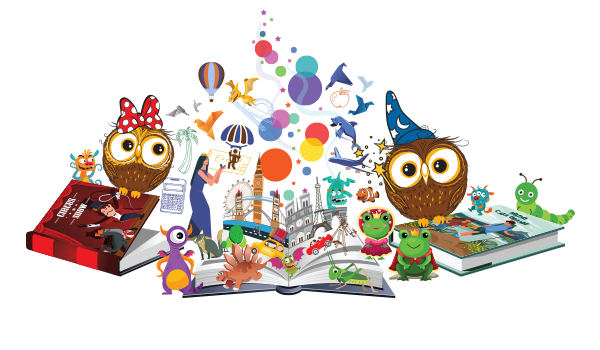
The No Child Left Inside® Coalition is composed of environmental, educational, and public health organizations, businesses, civic organizations and other public enterprises, all dedicated to ensuring a comprehensive education for all.
Electives

The Grande Innovation offers fun electives for our scholars to choose from. Our scholars have the opportunity to take Spanish, typing, music, and art.



